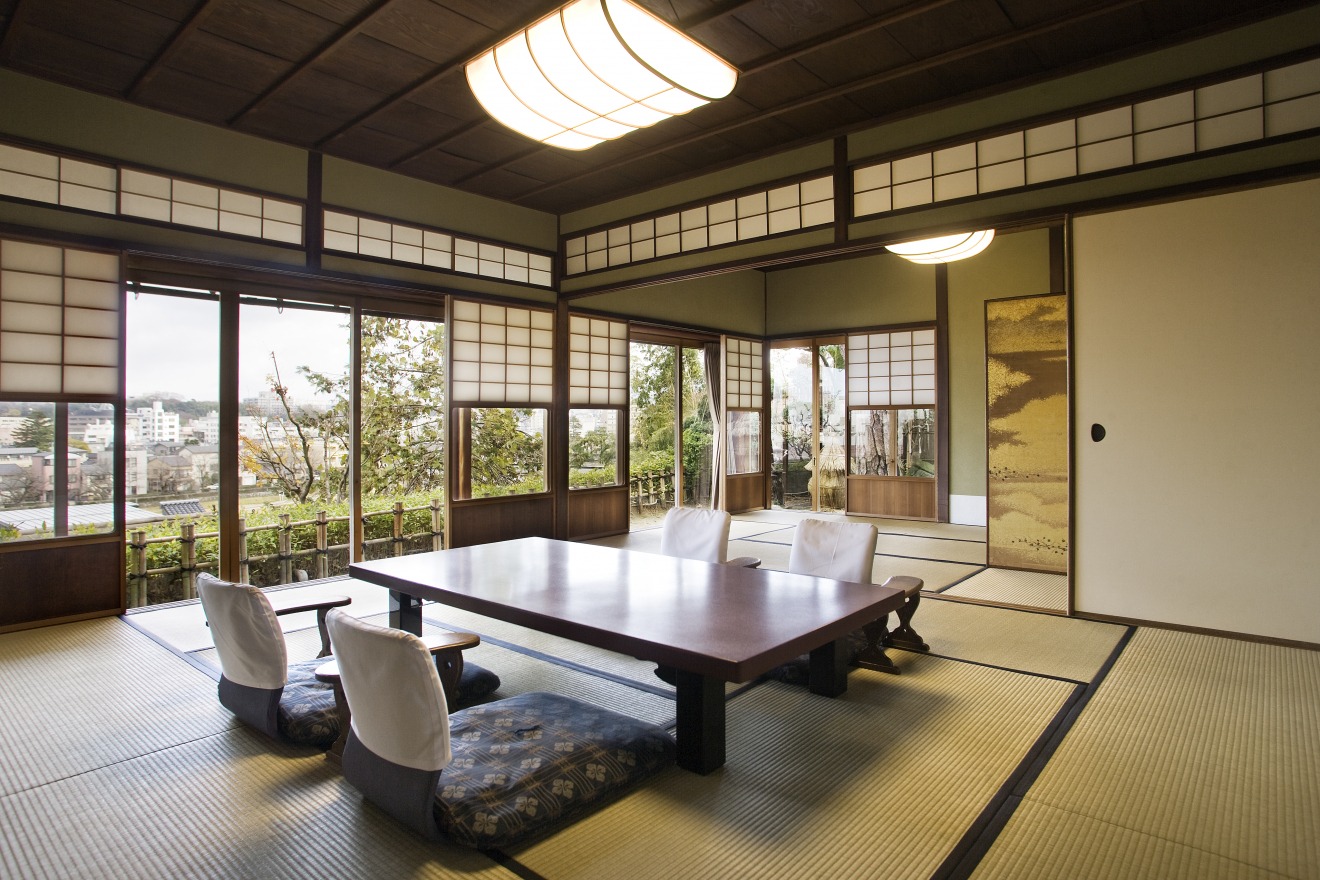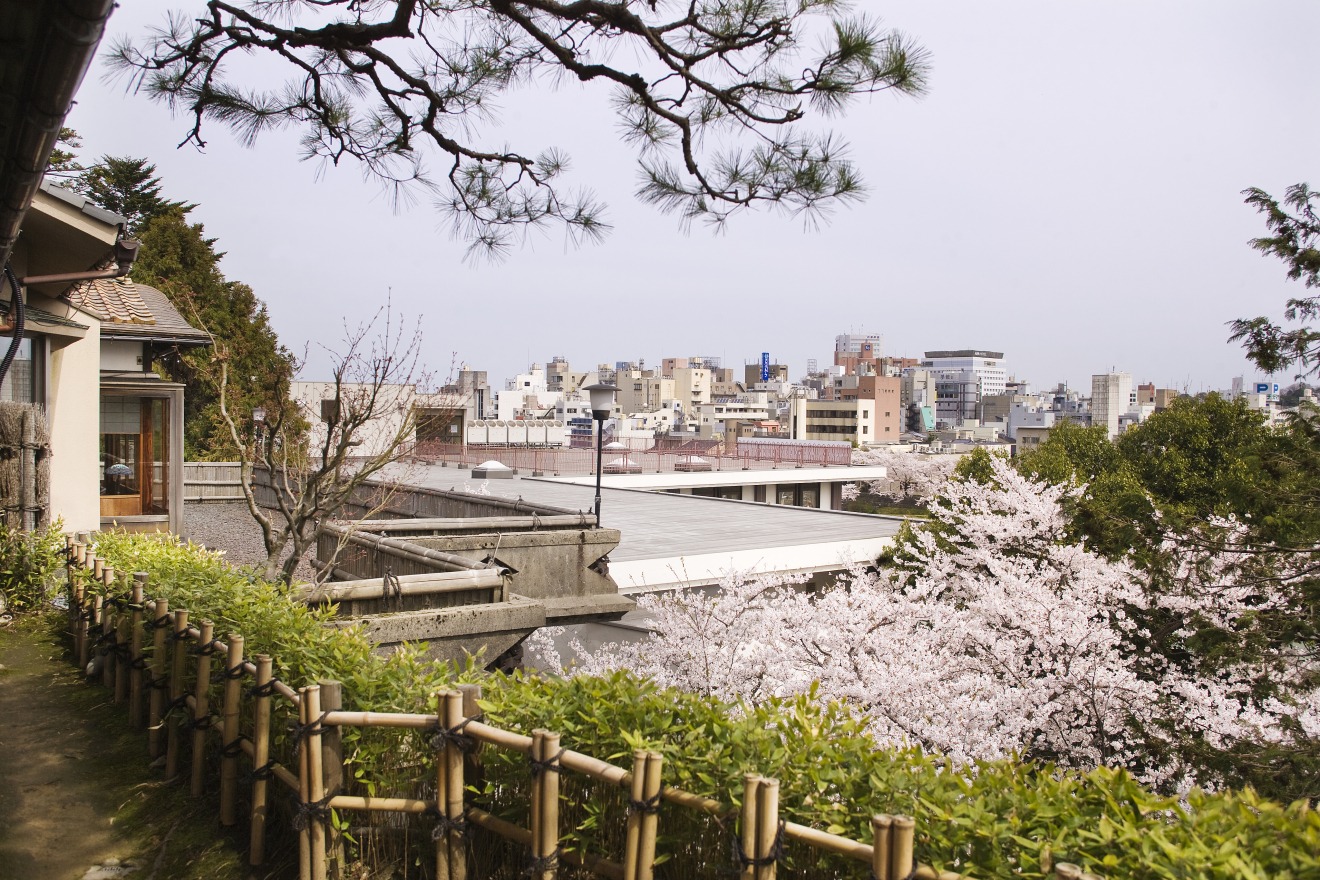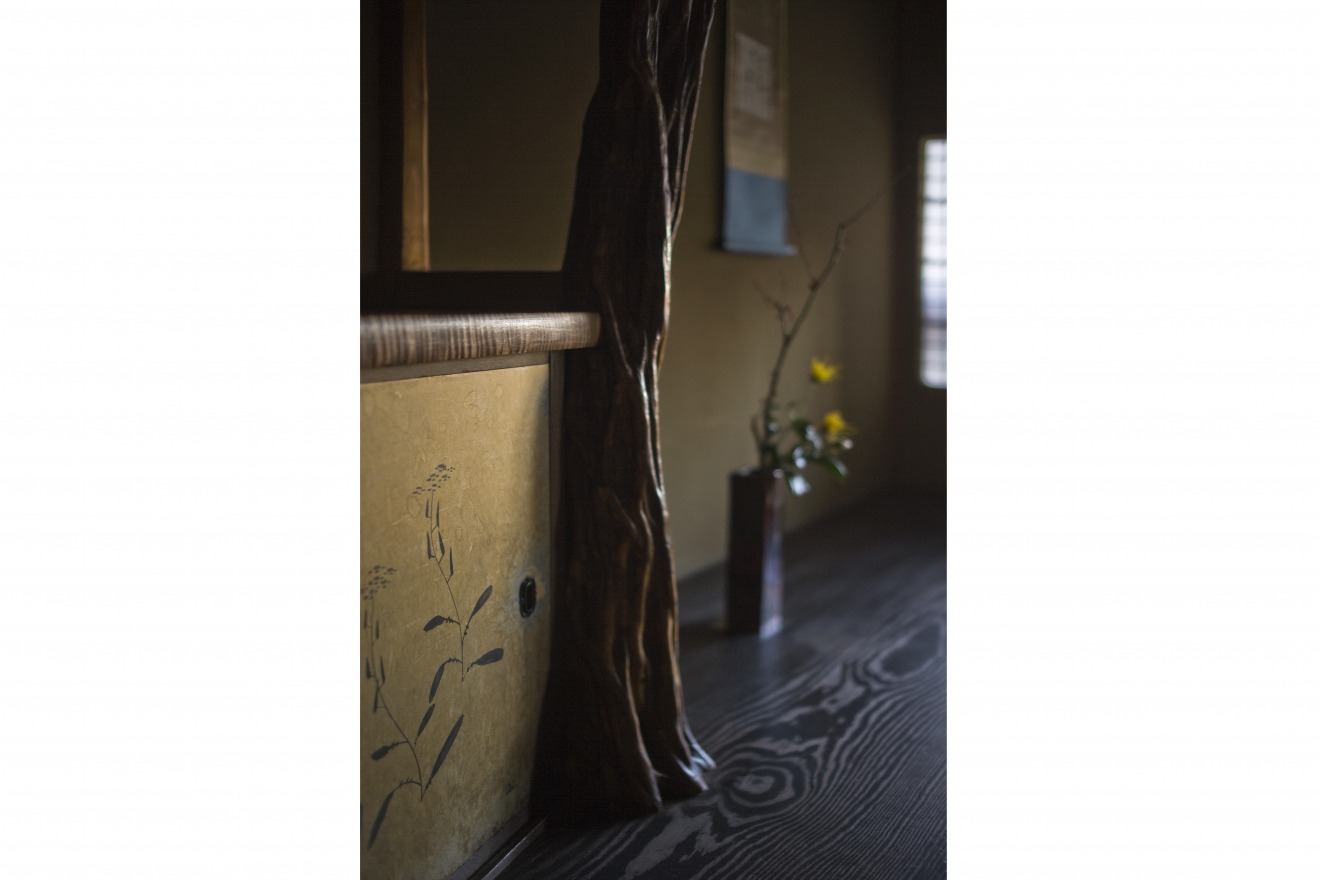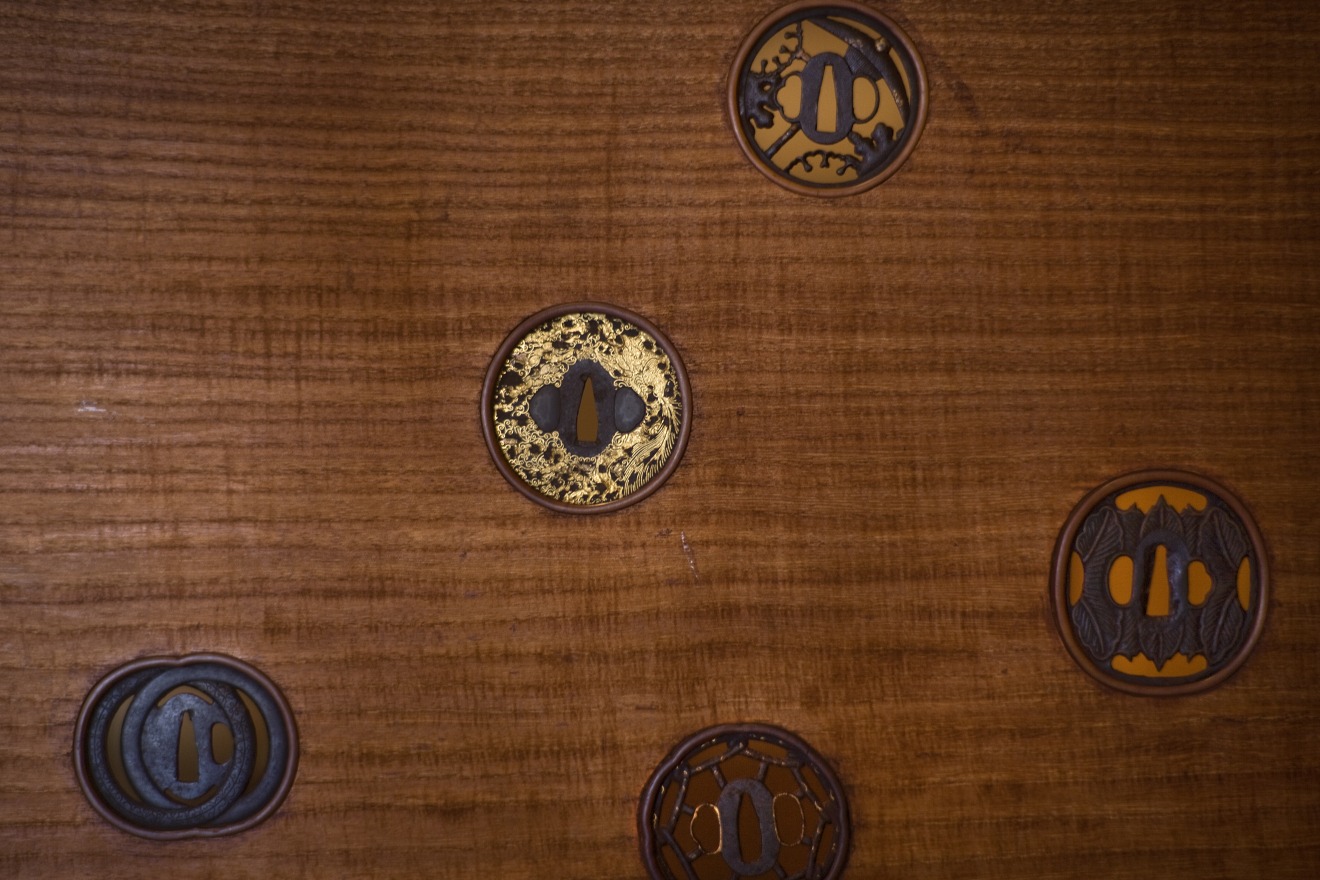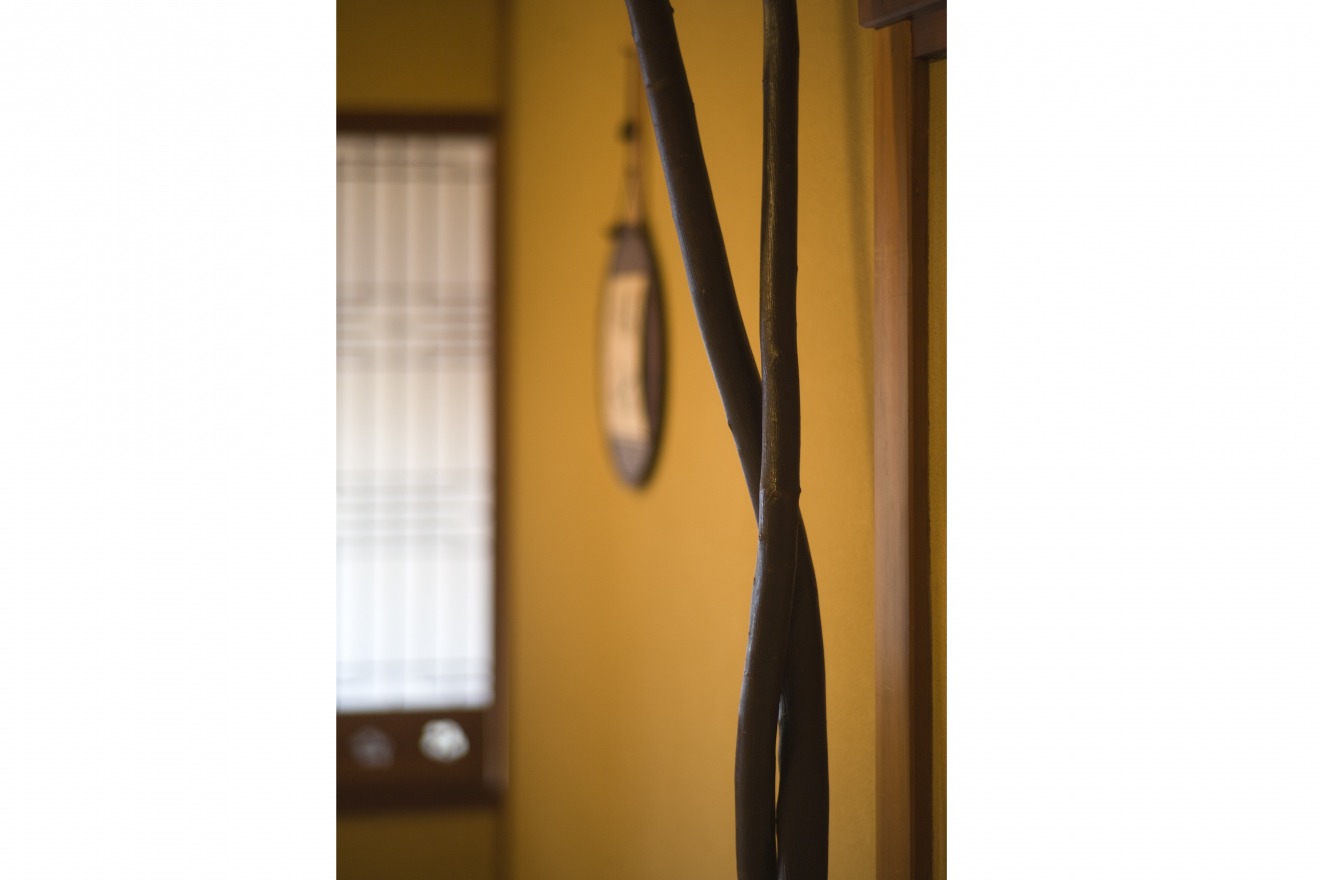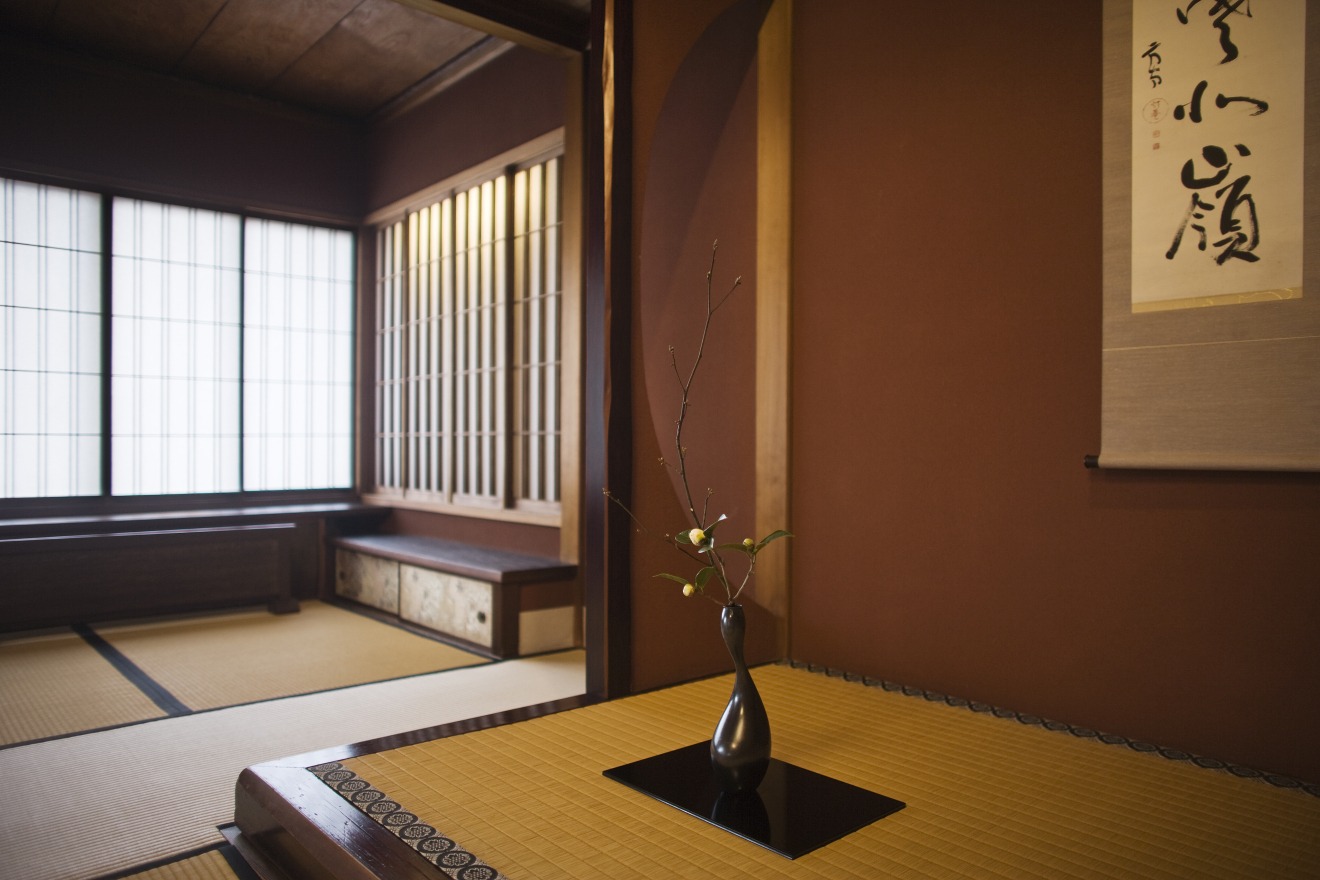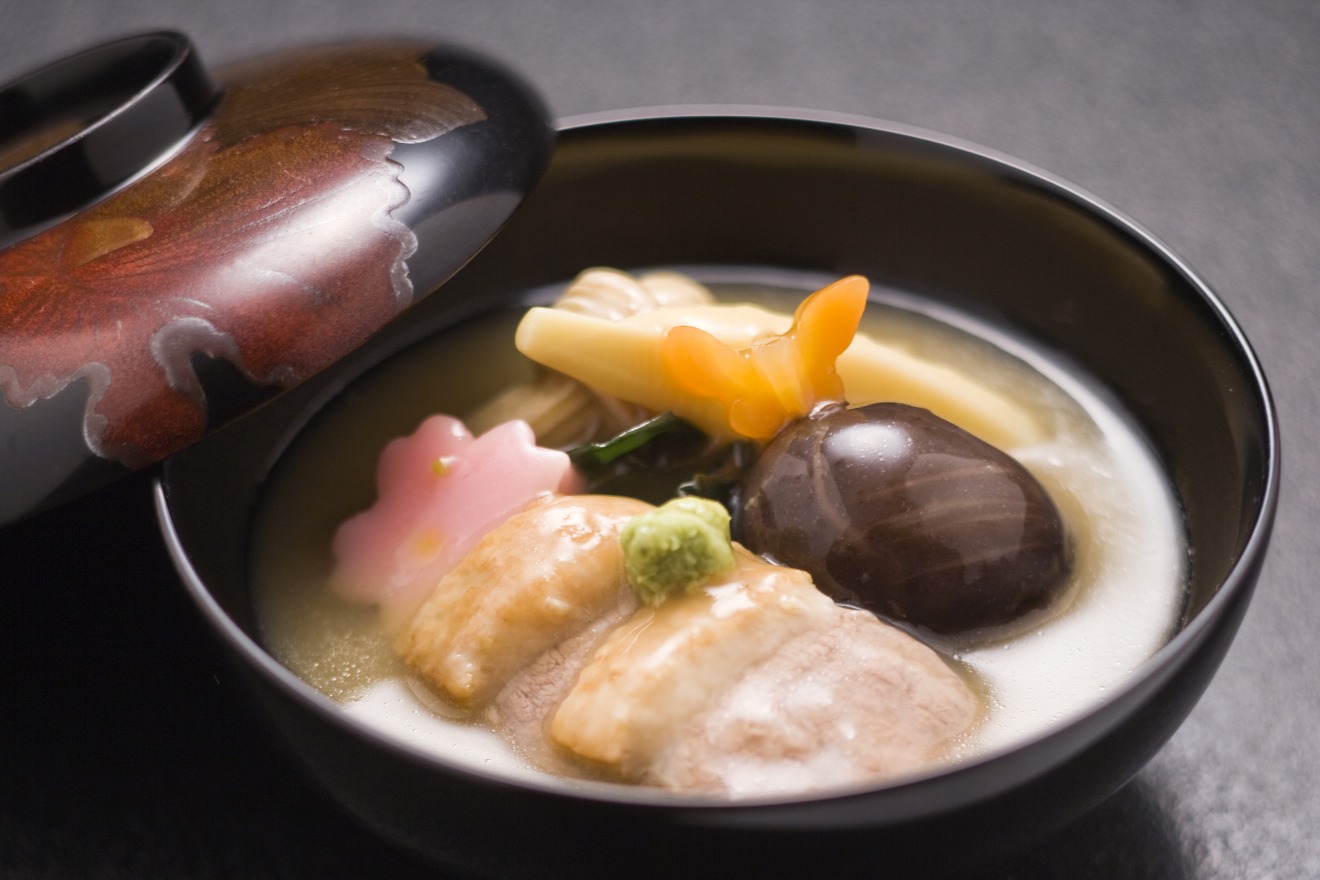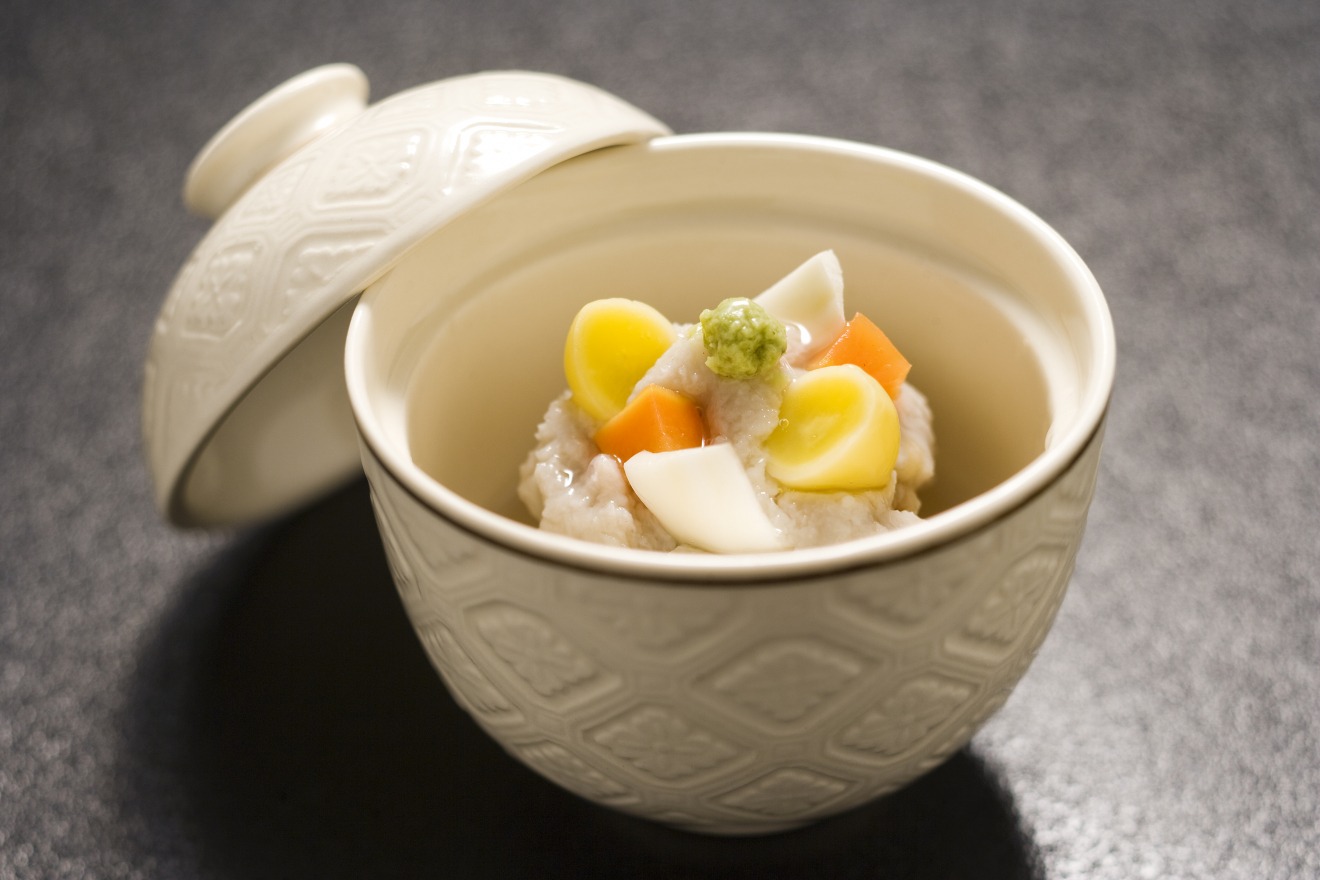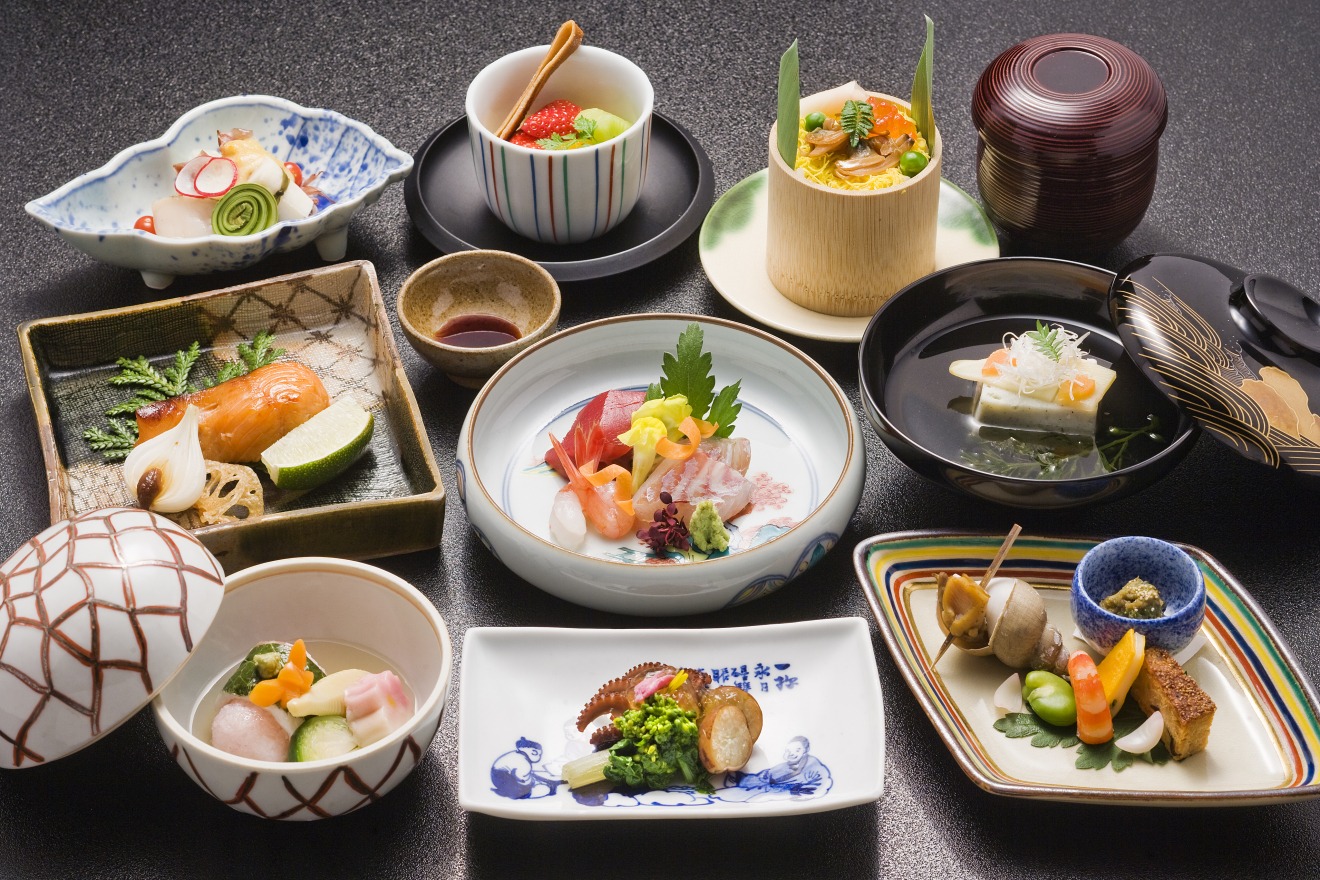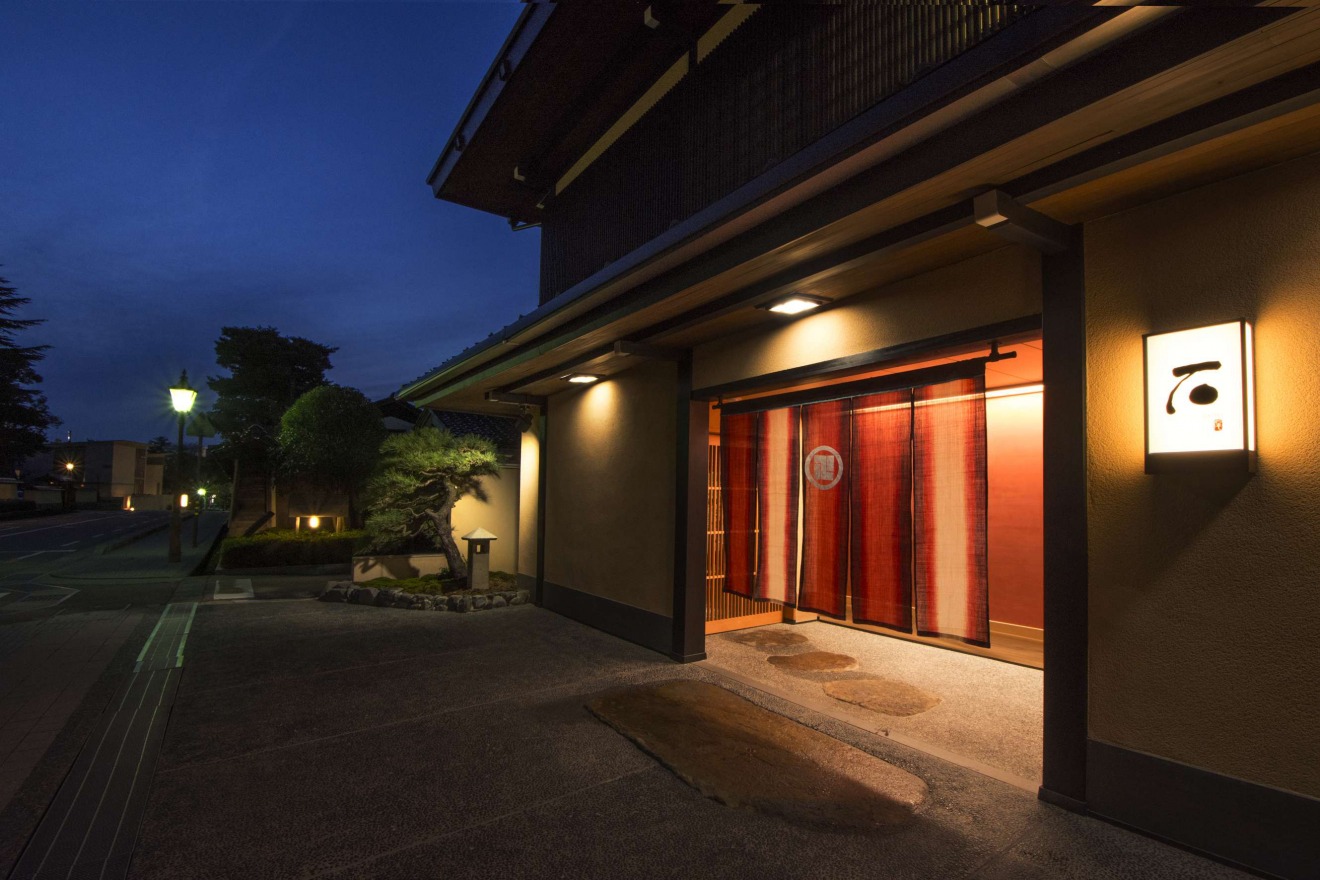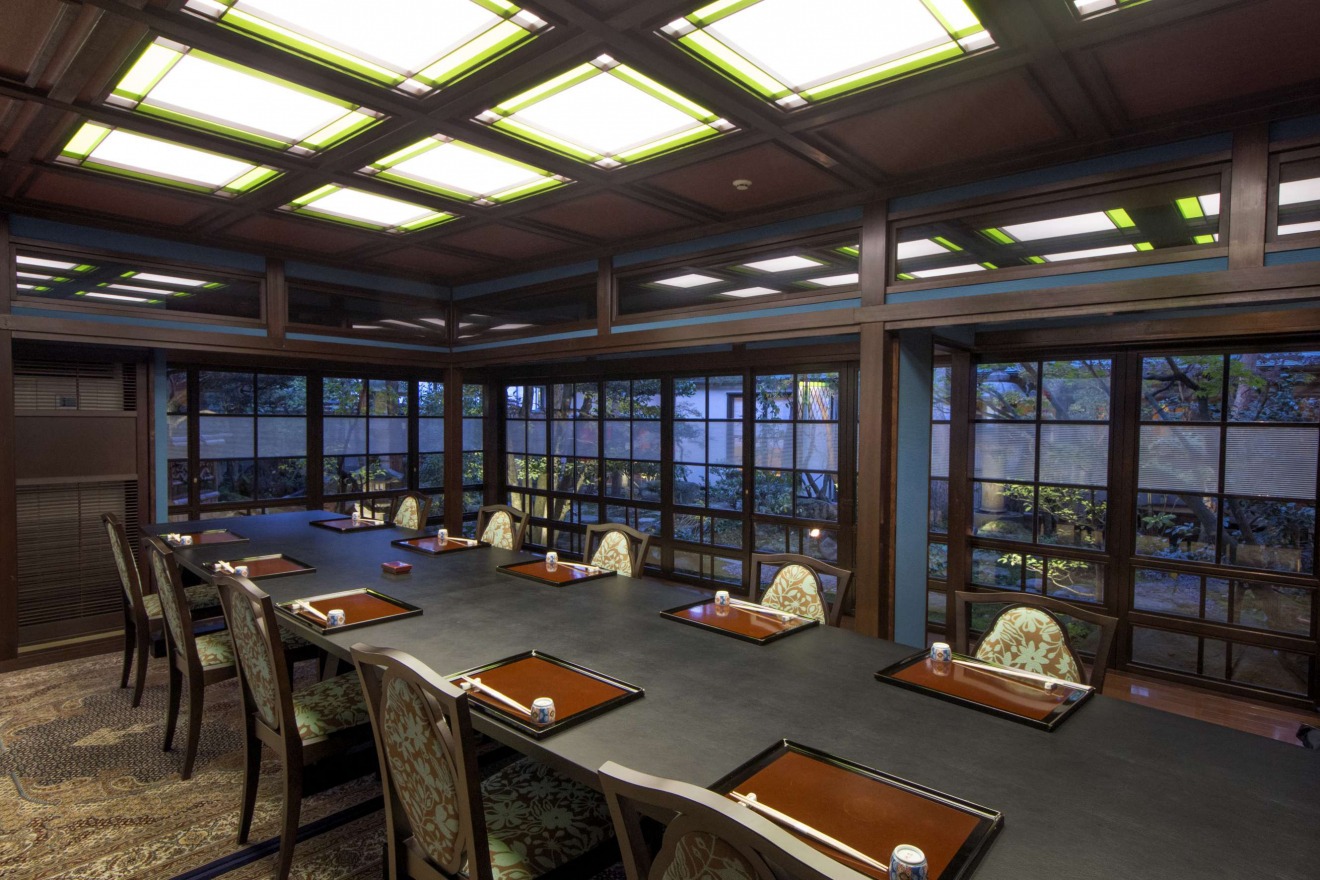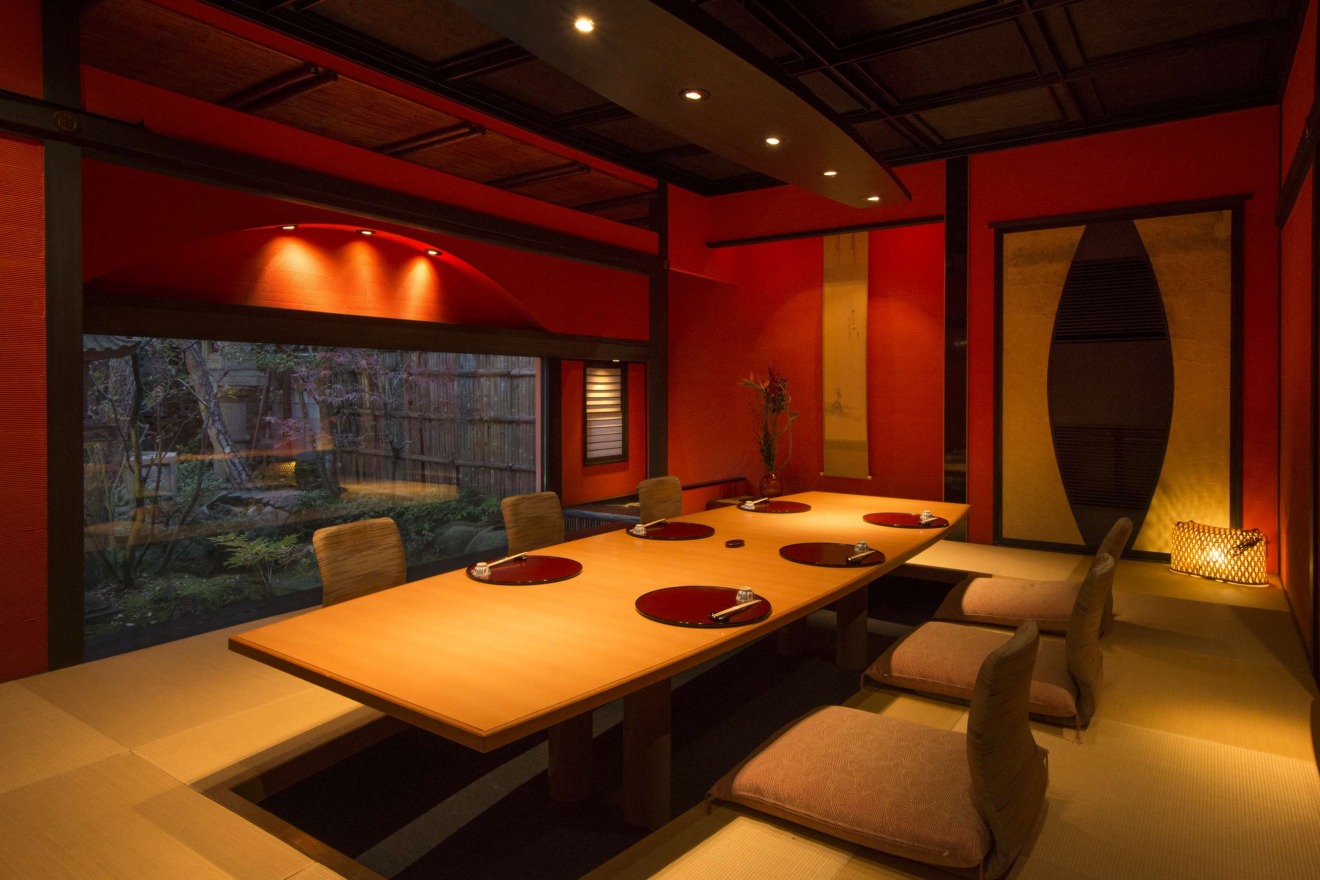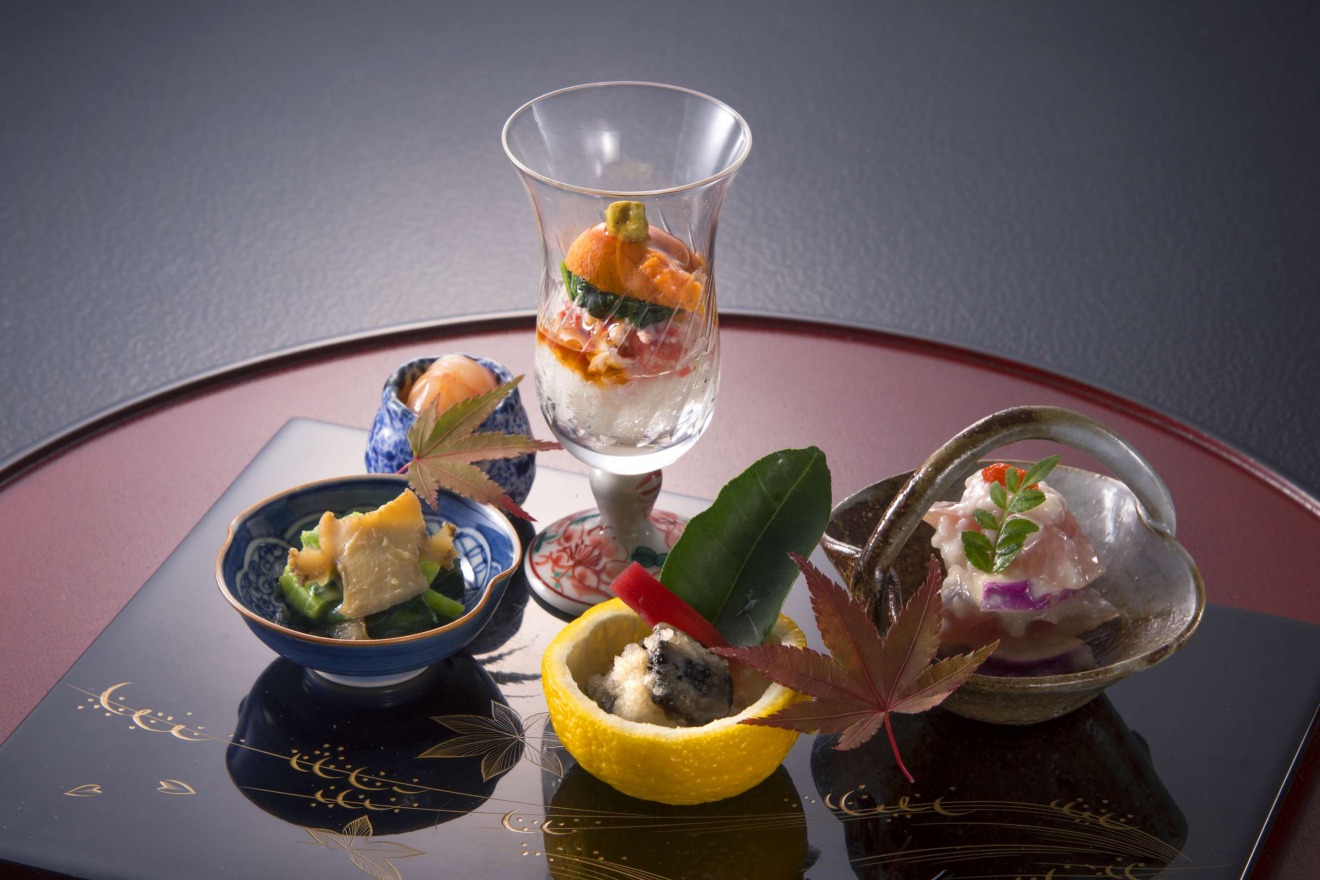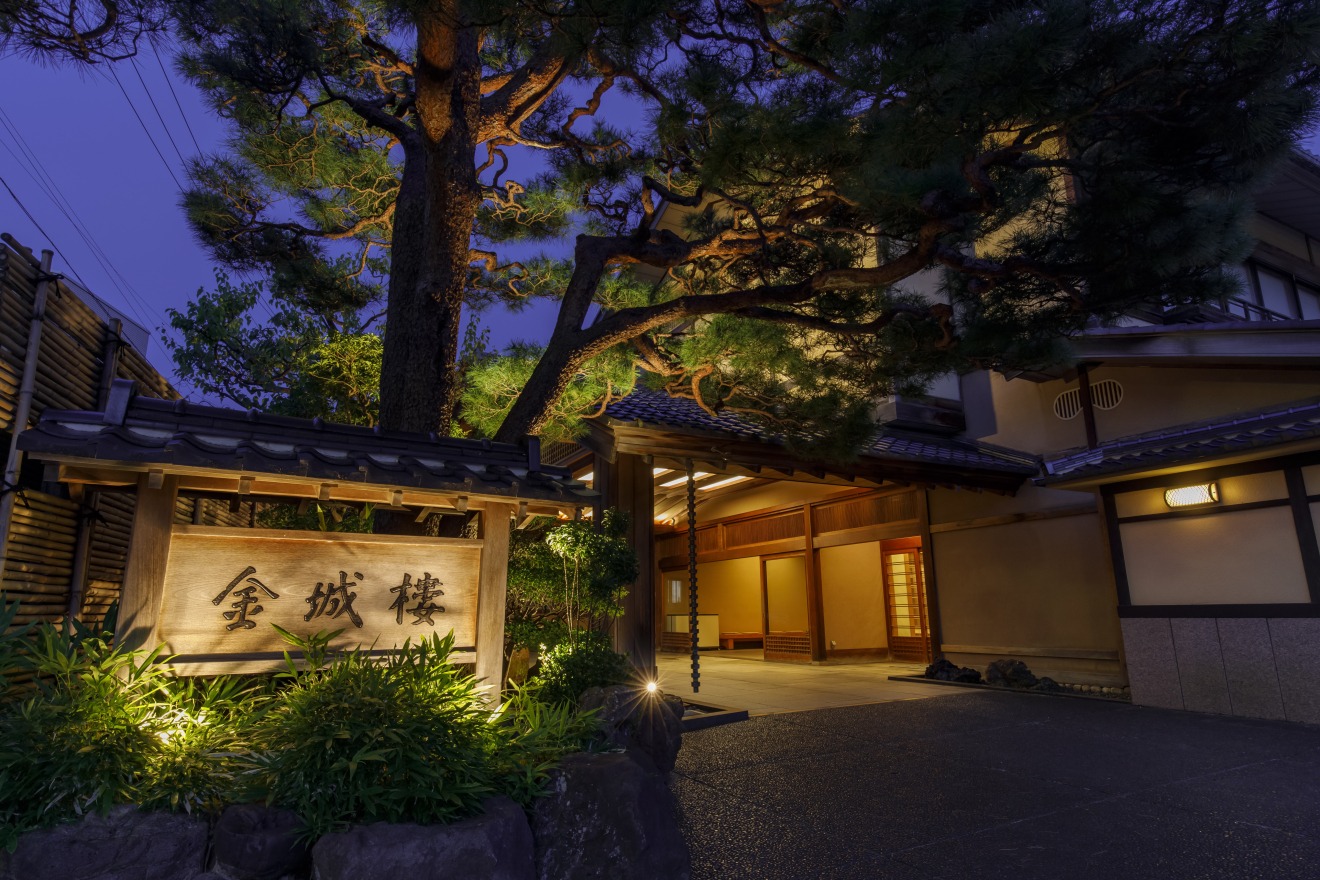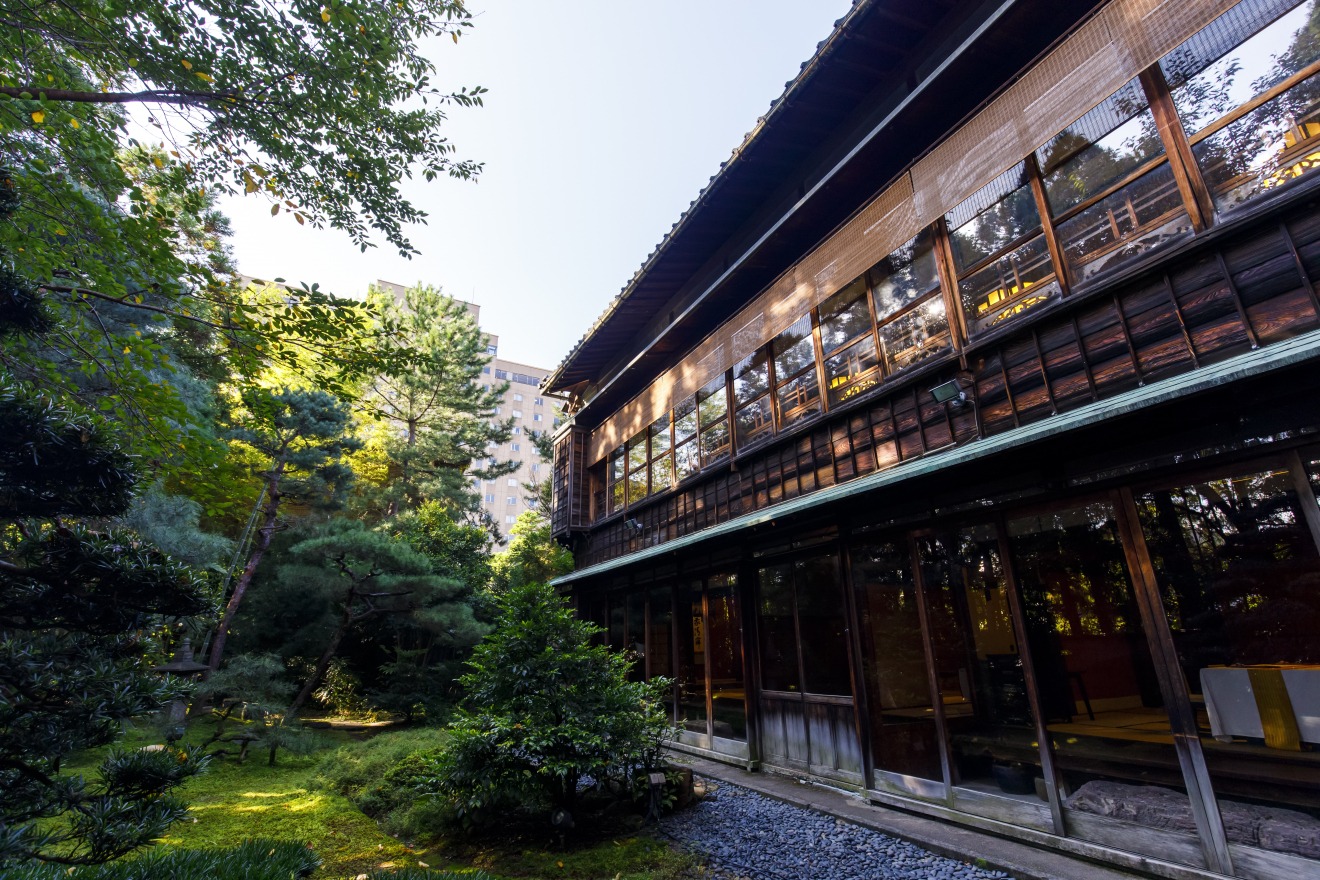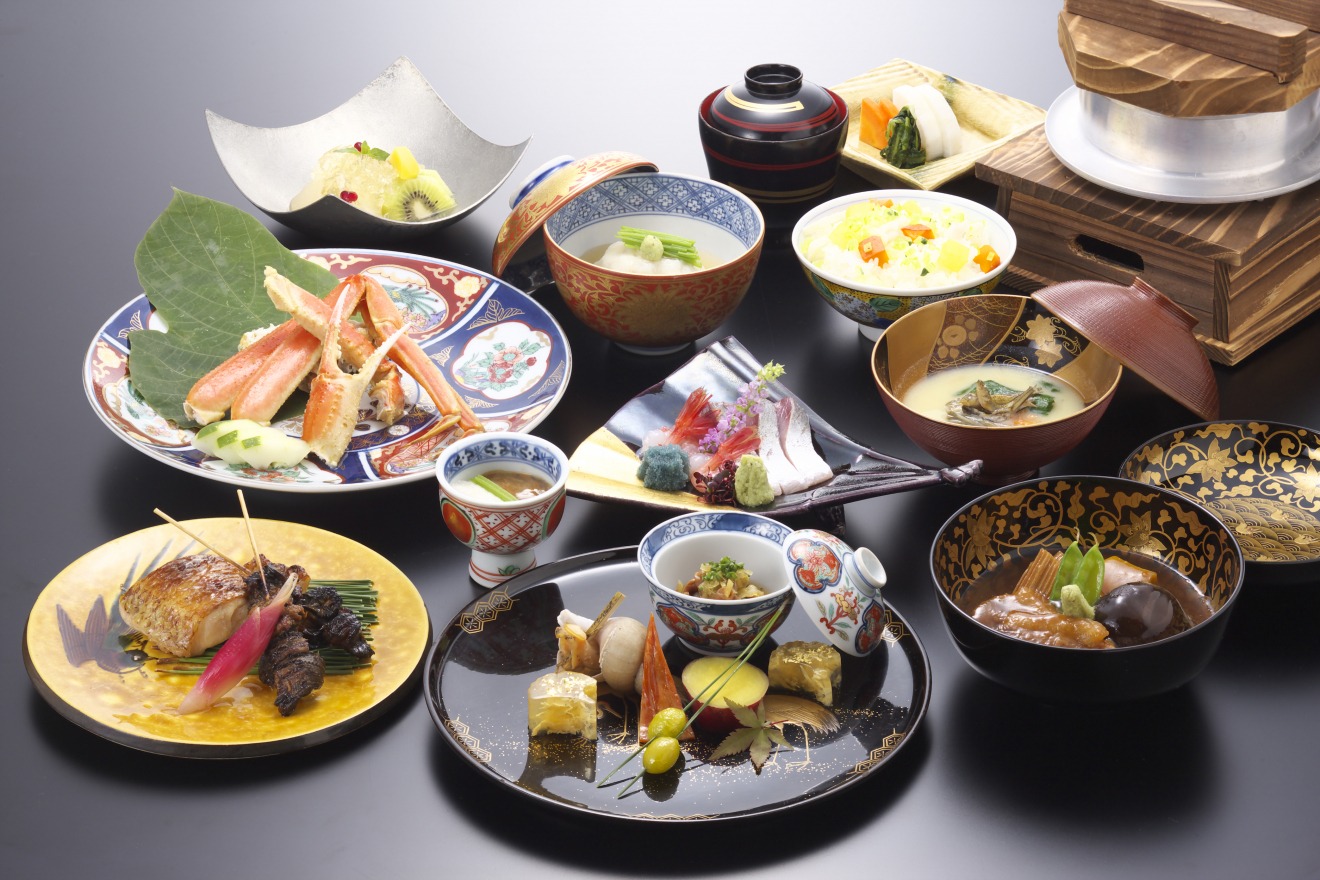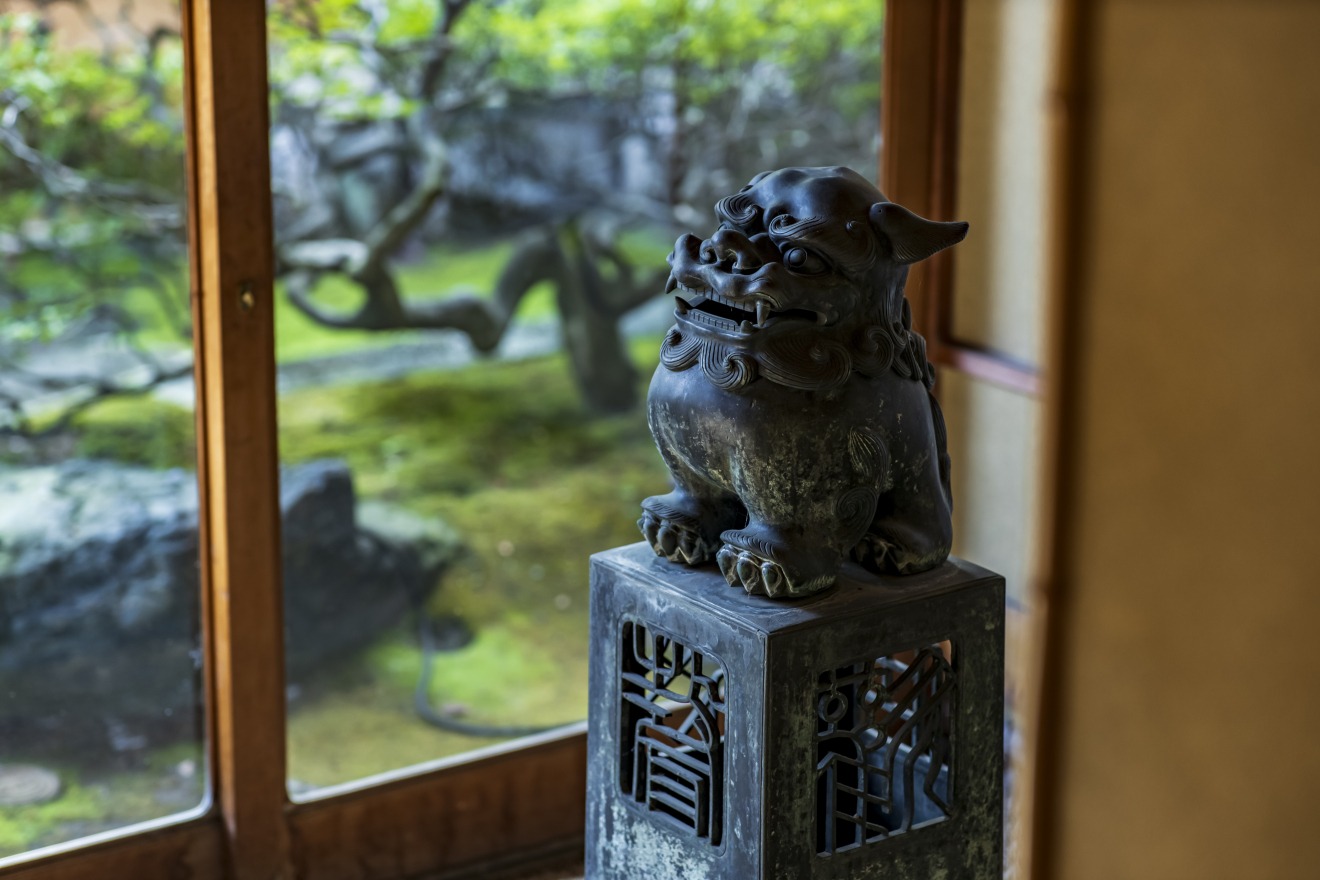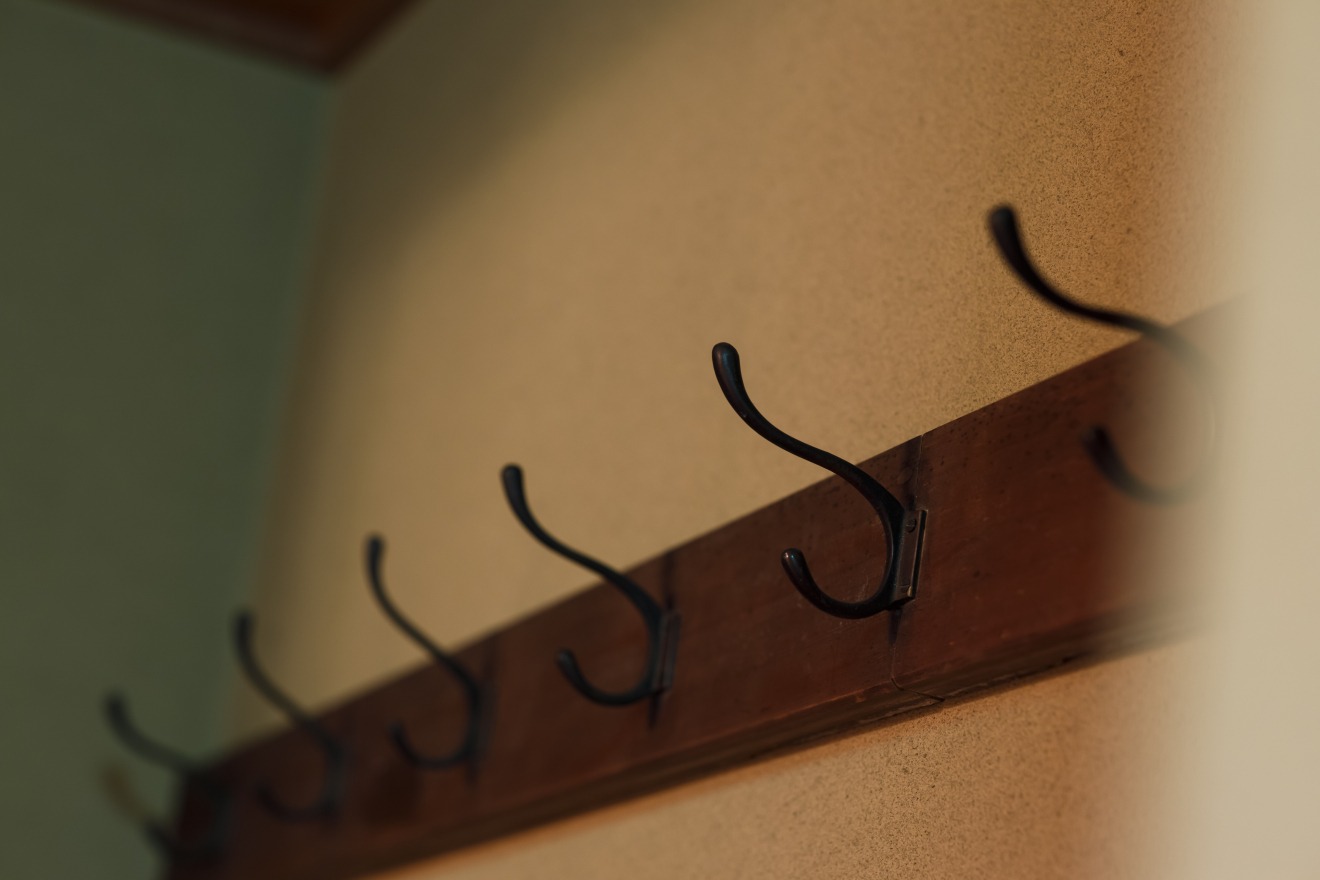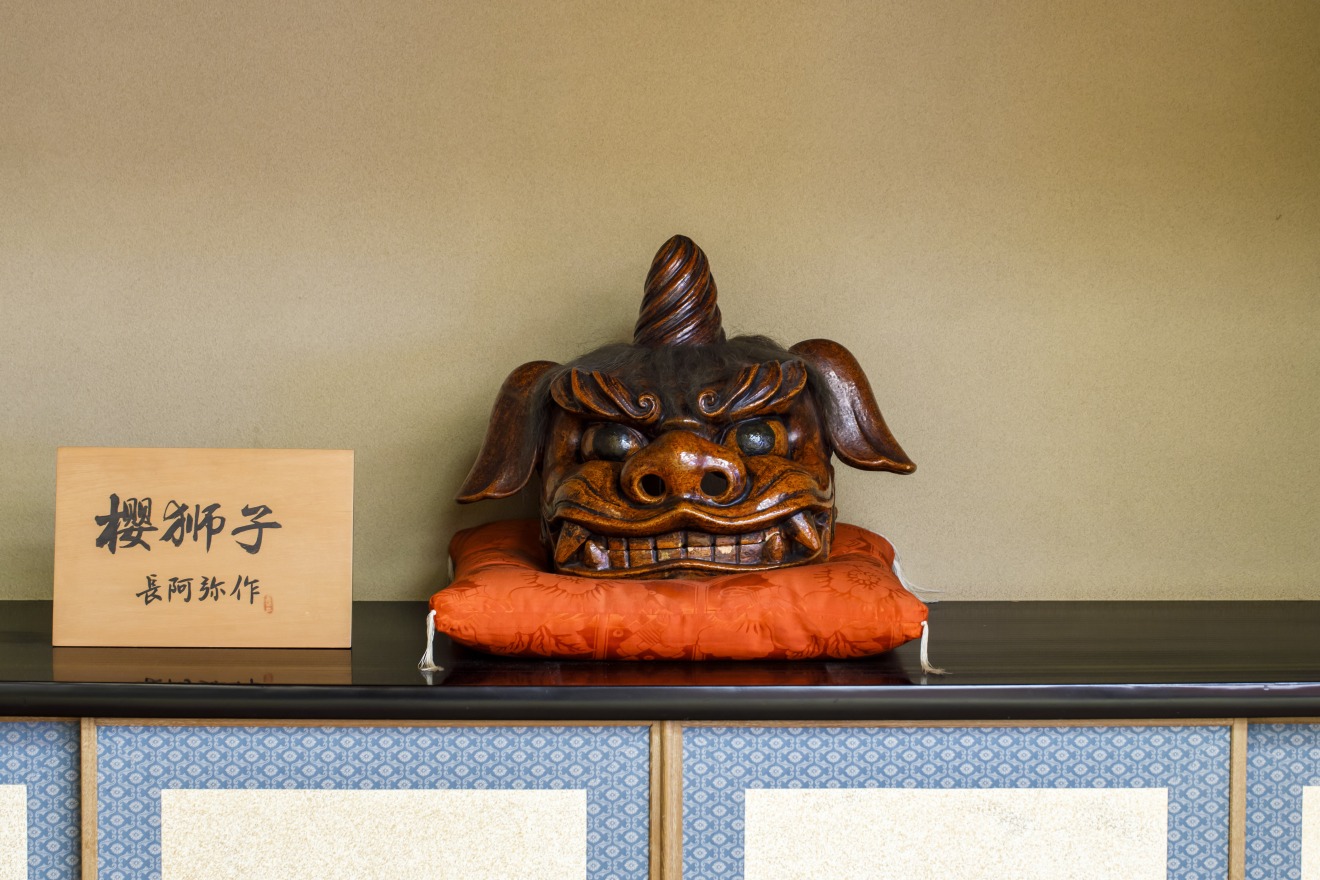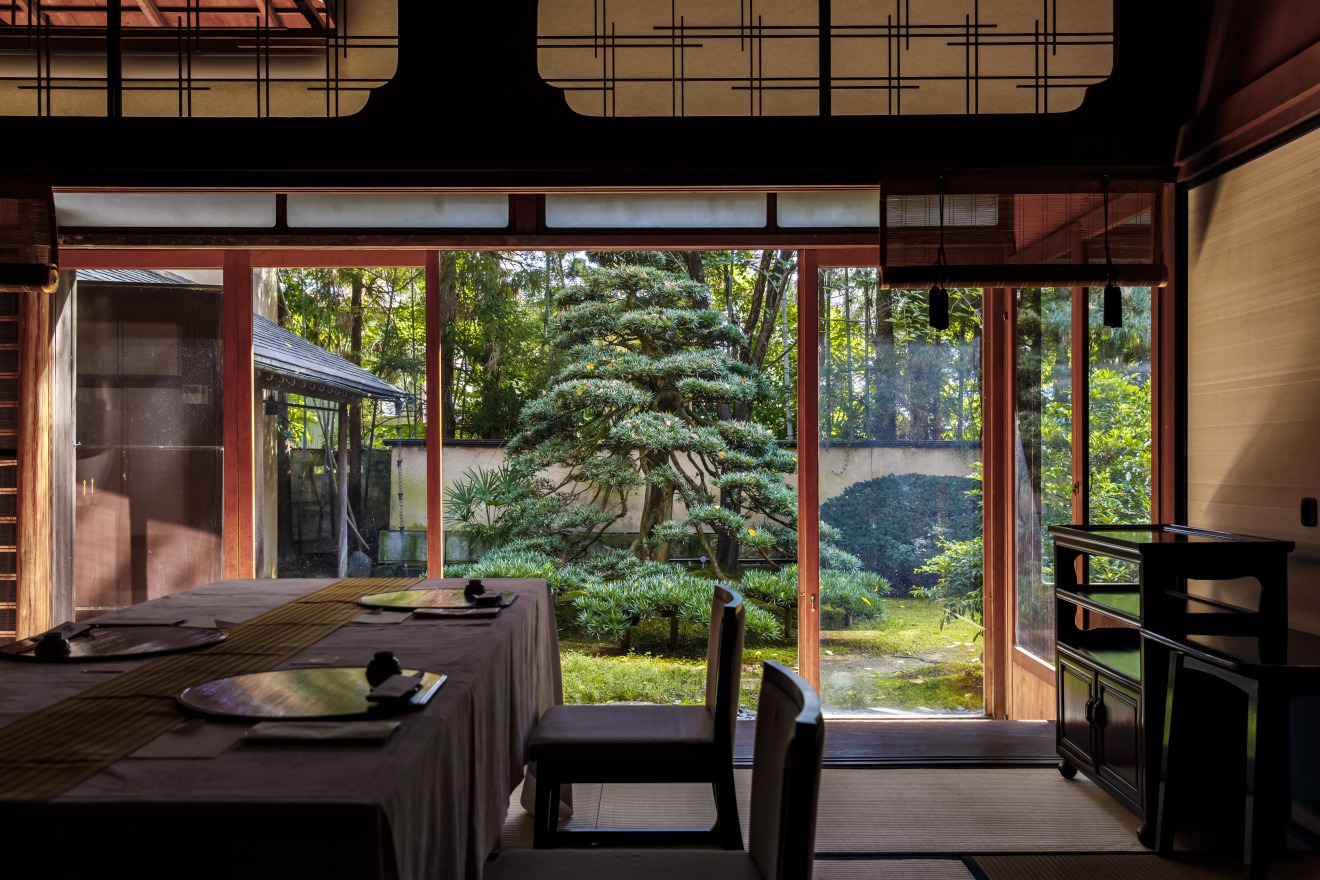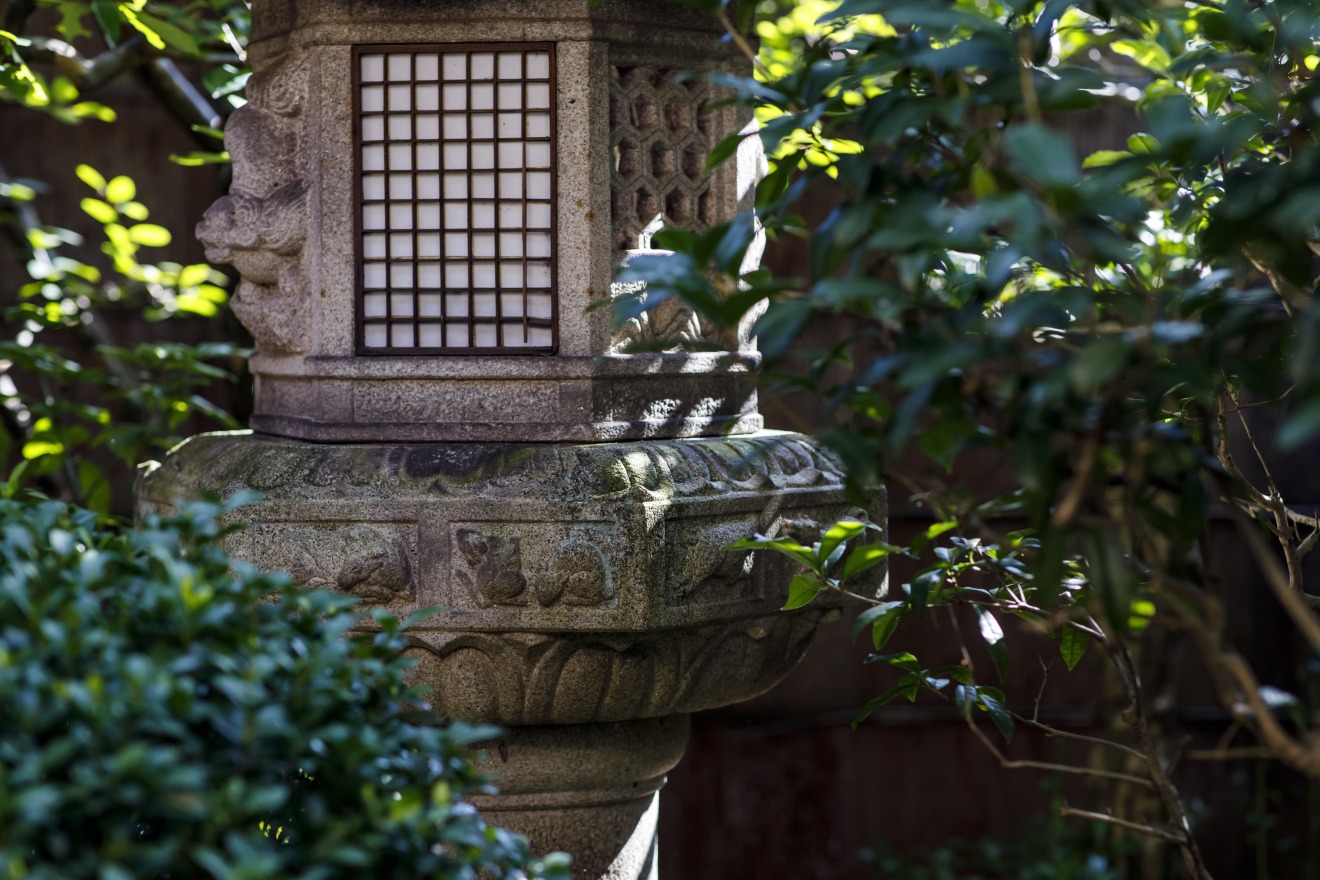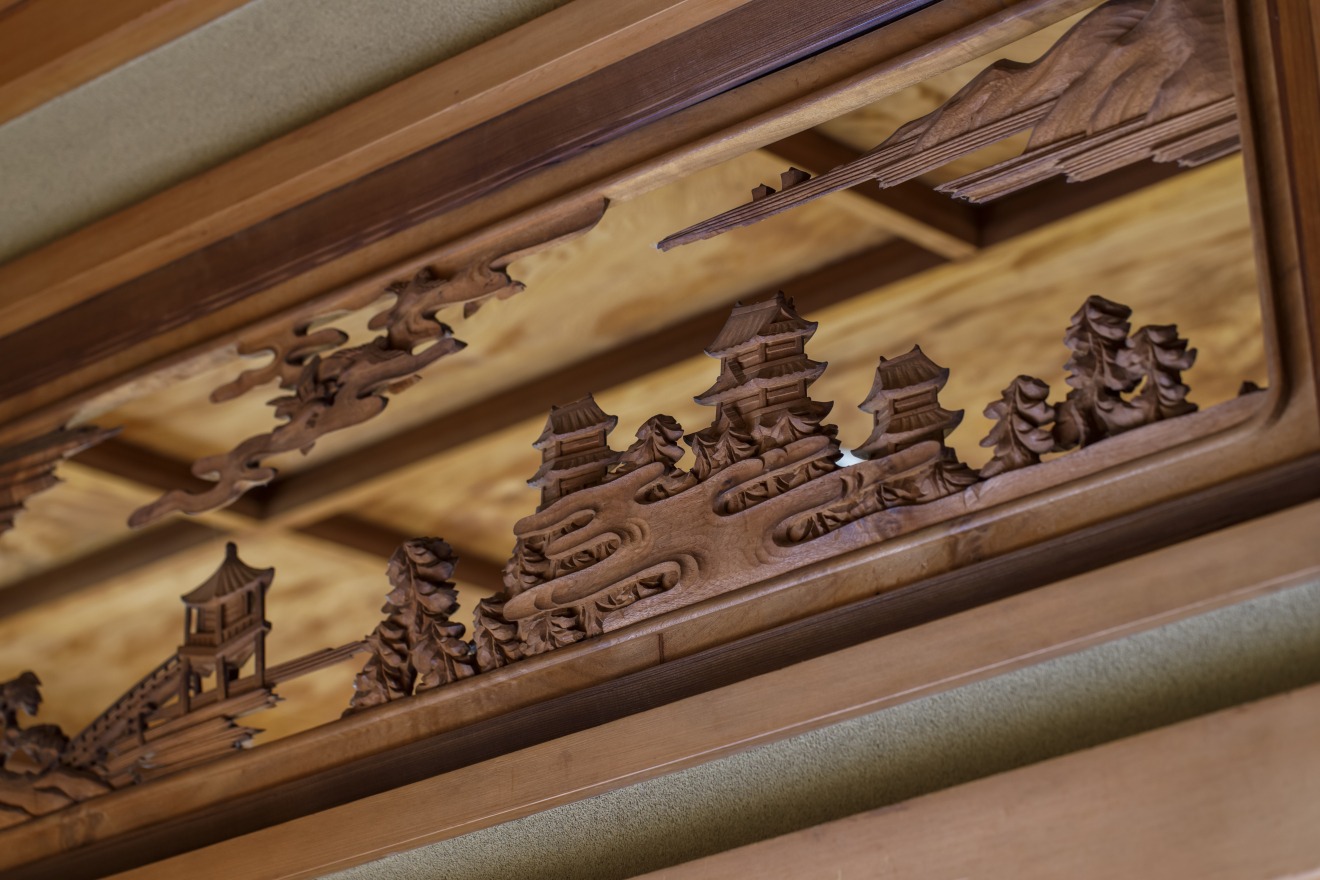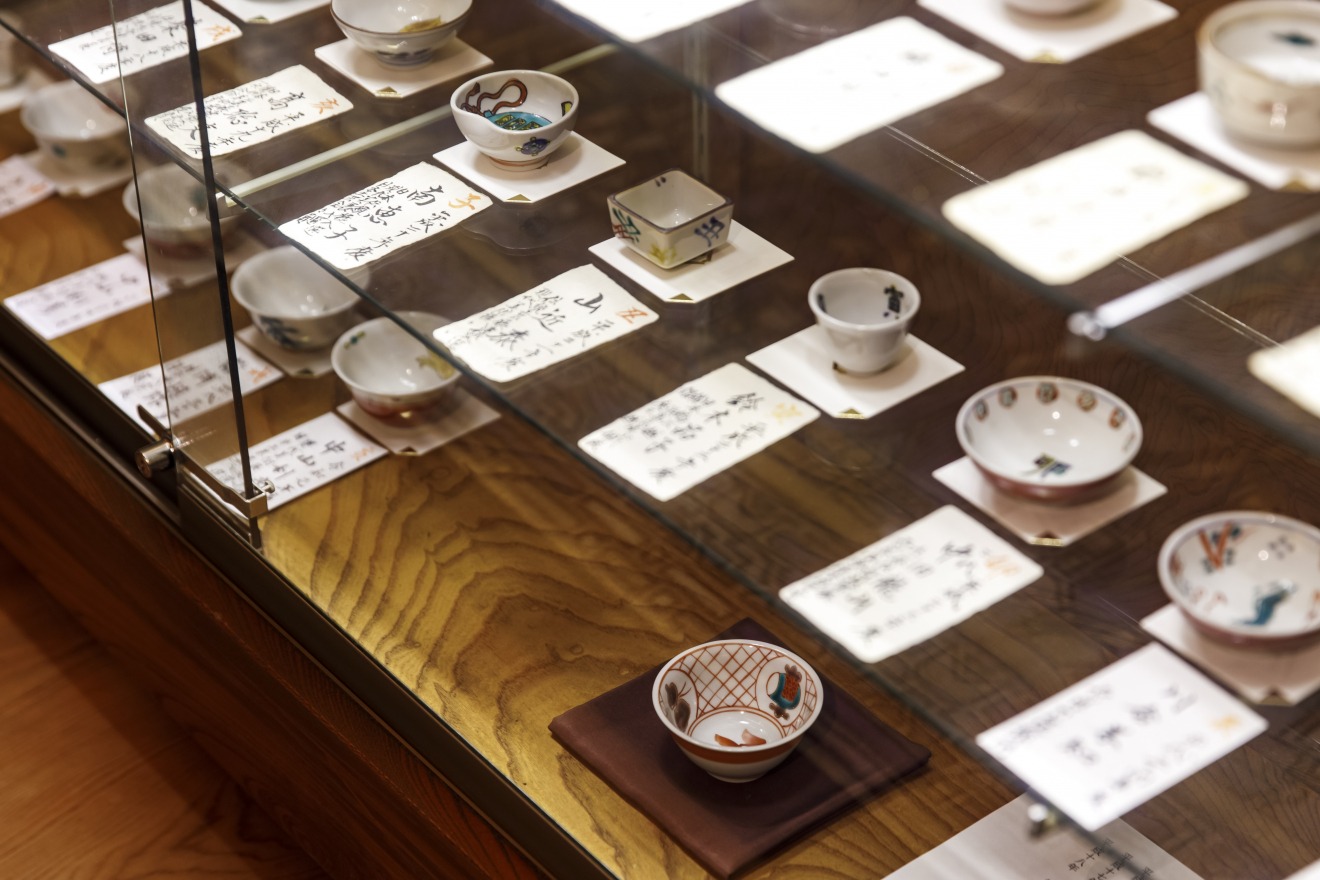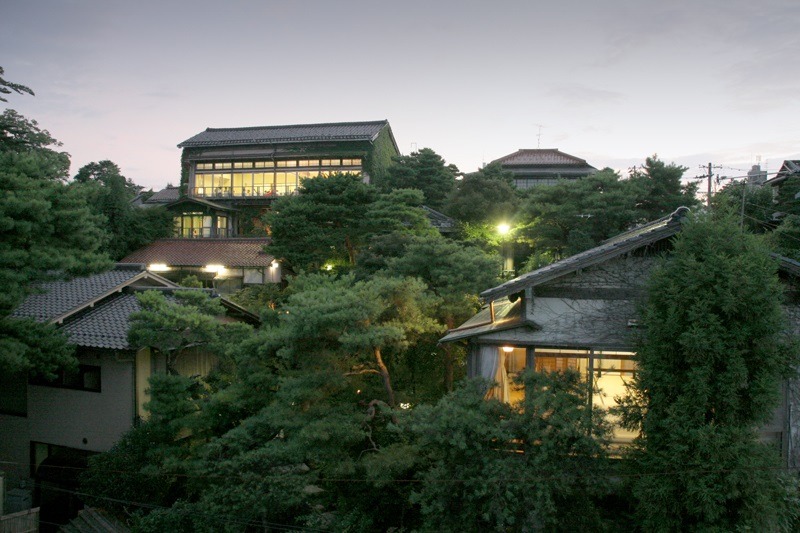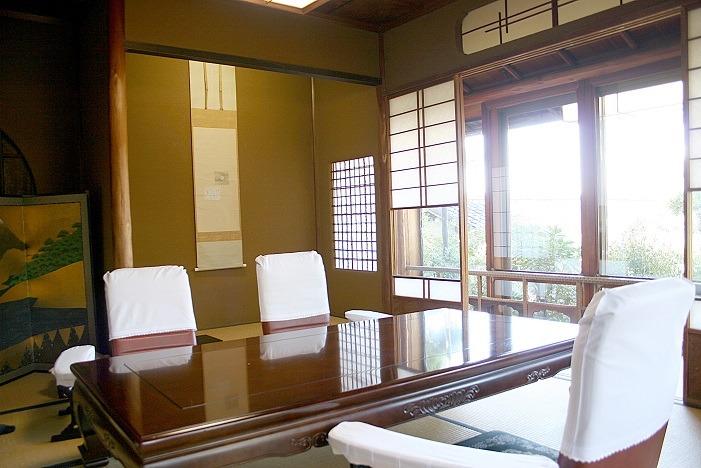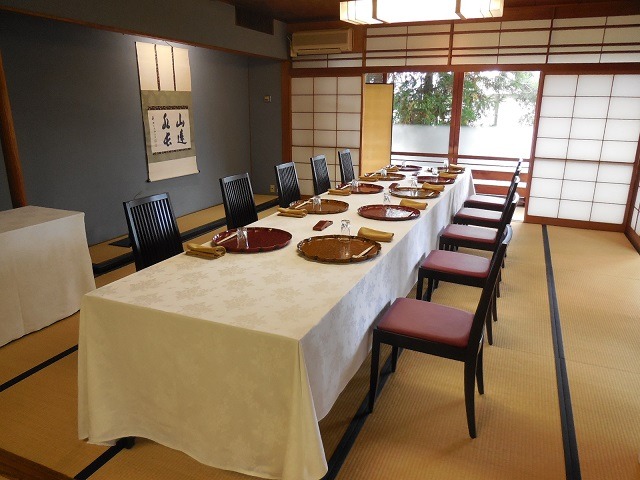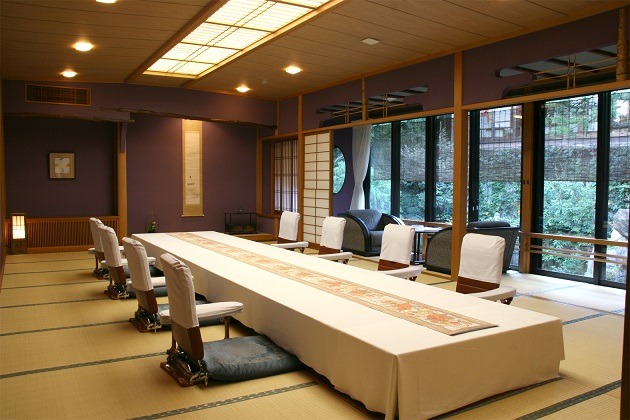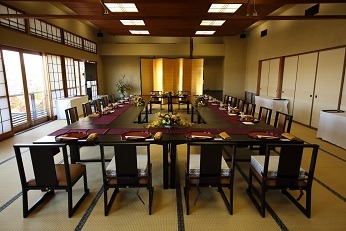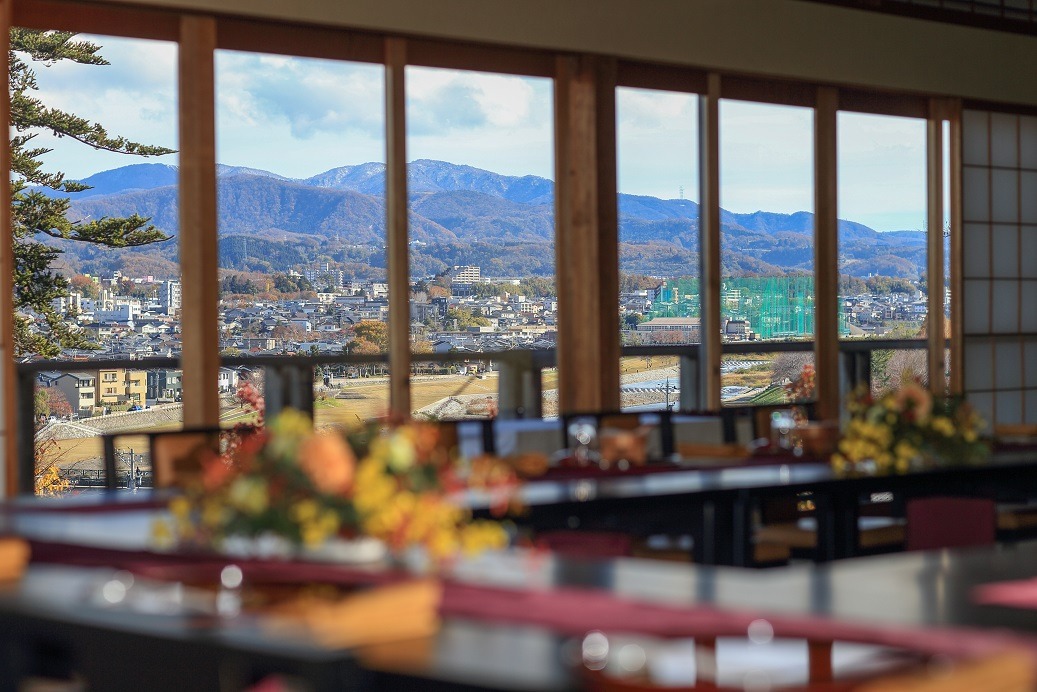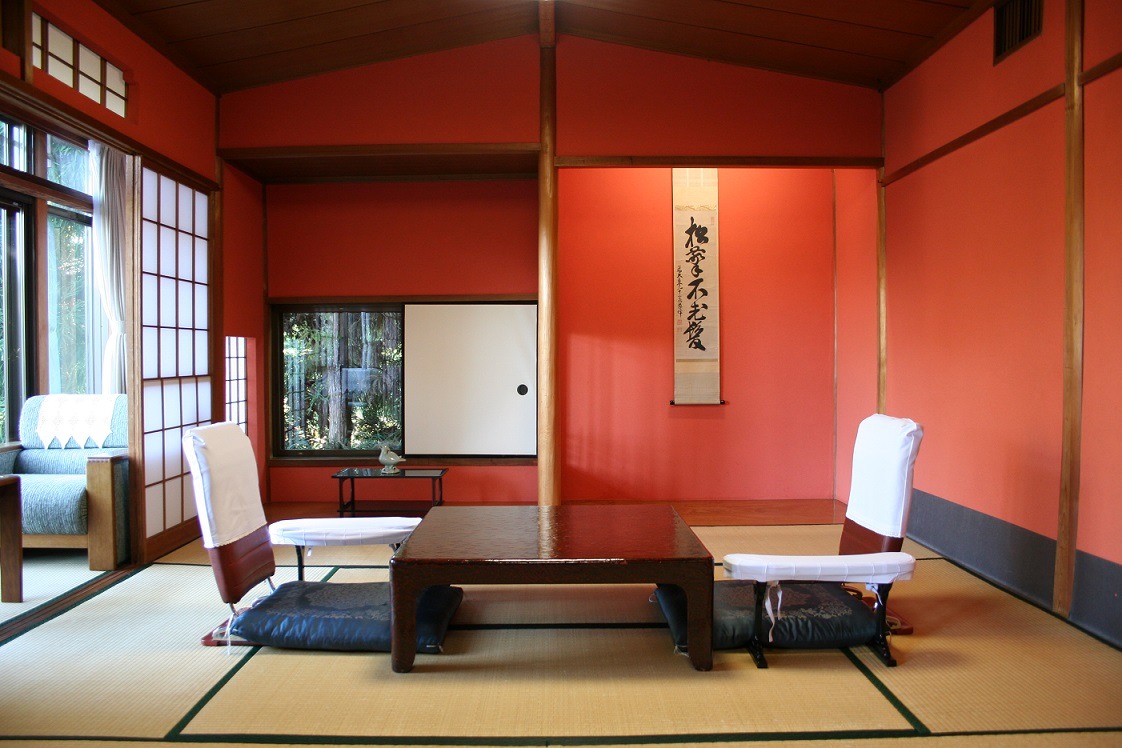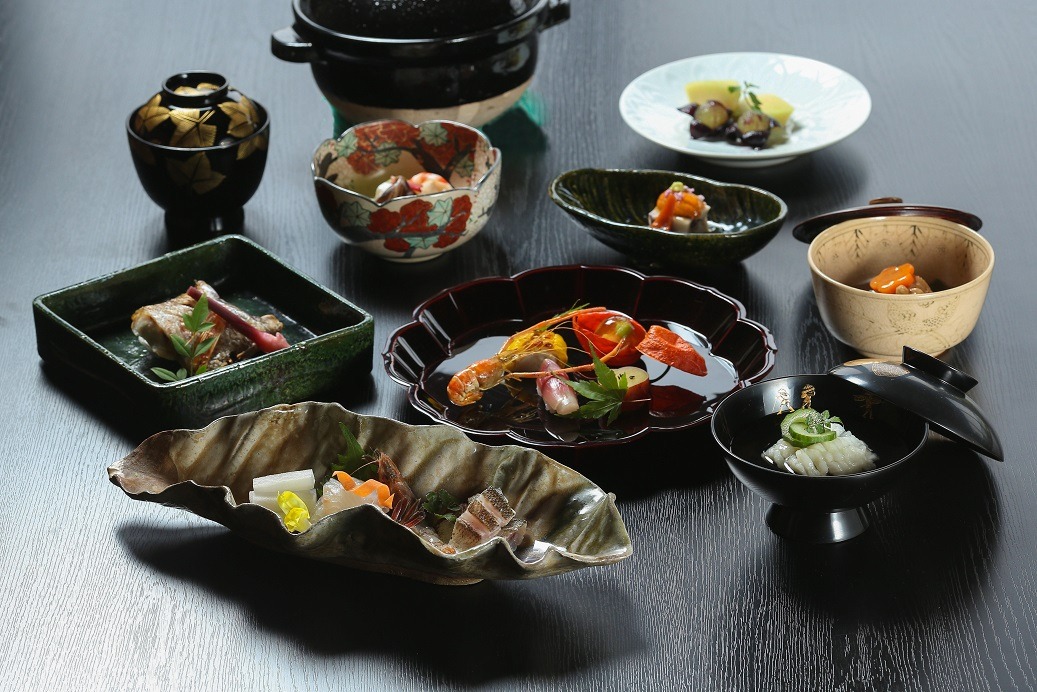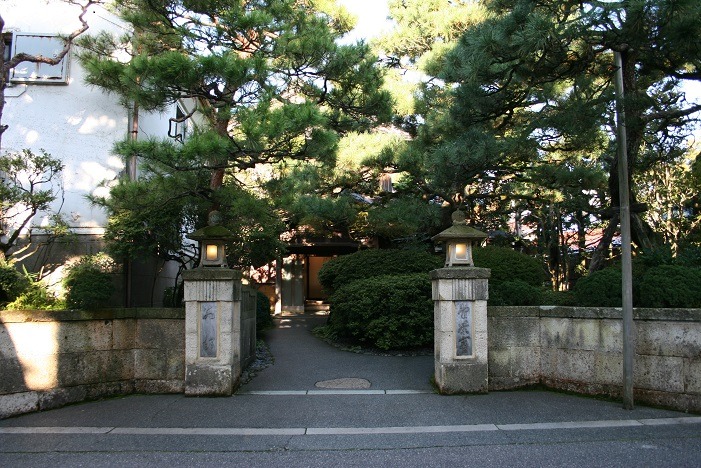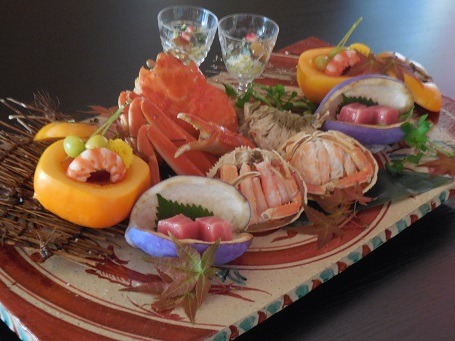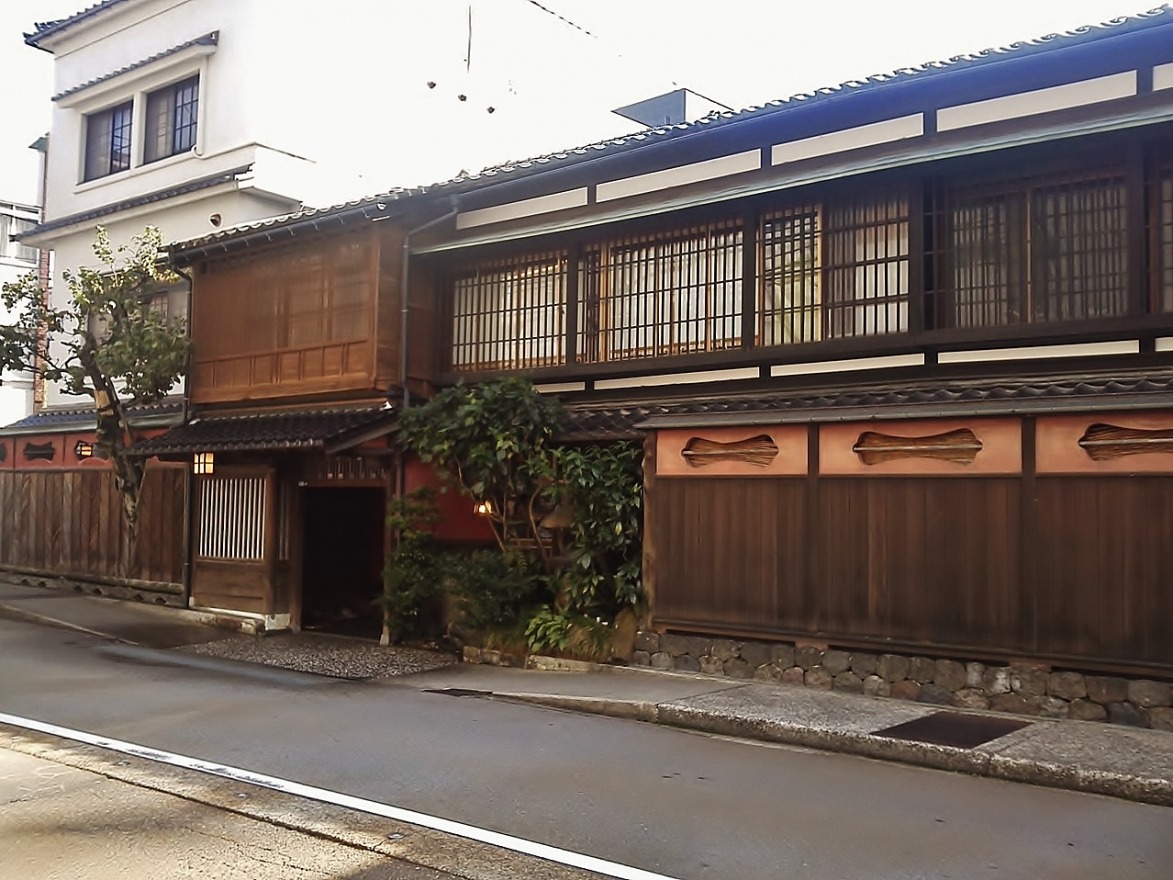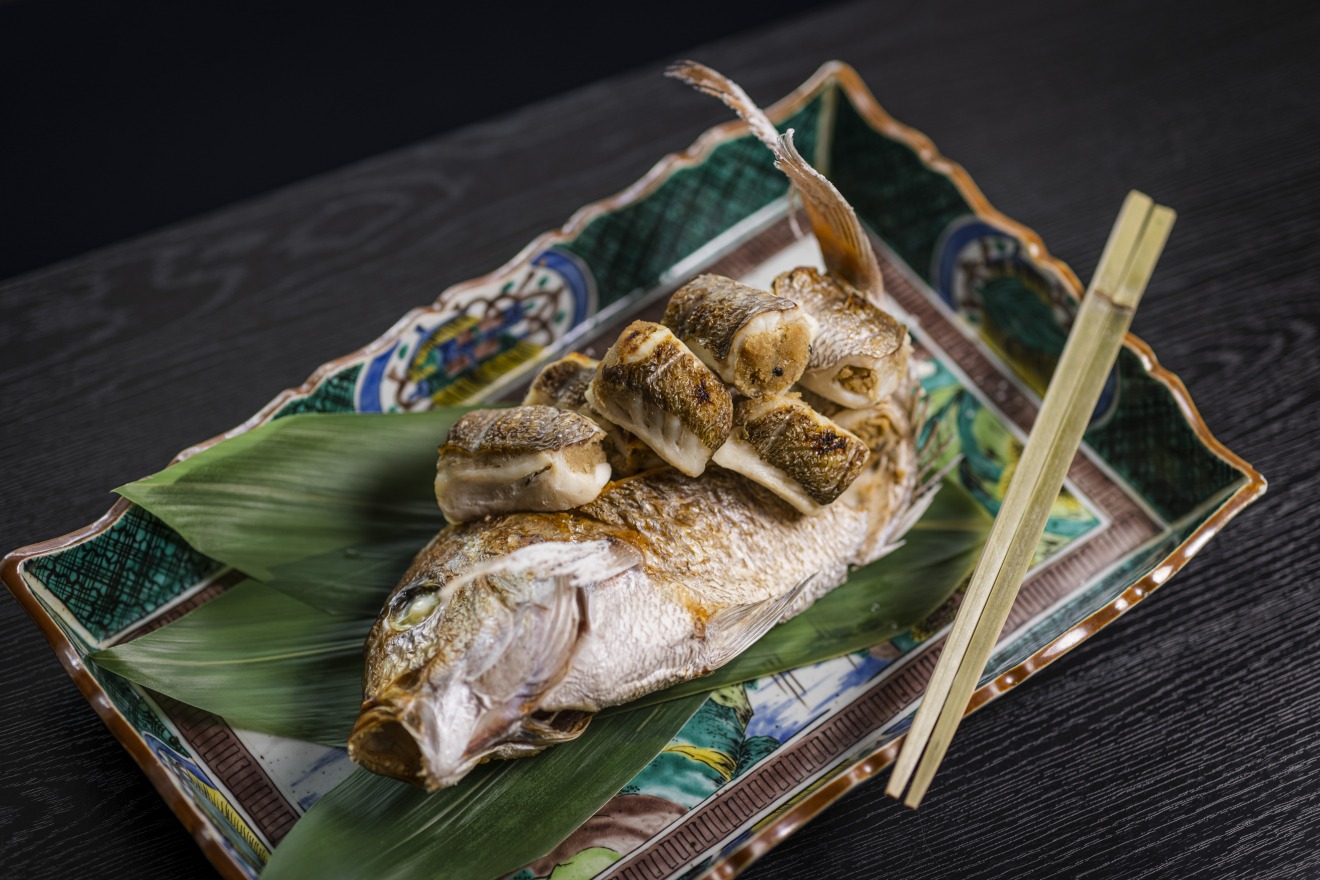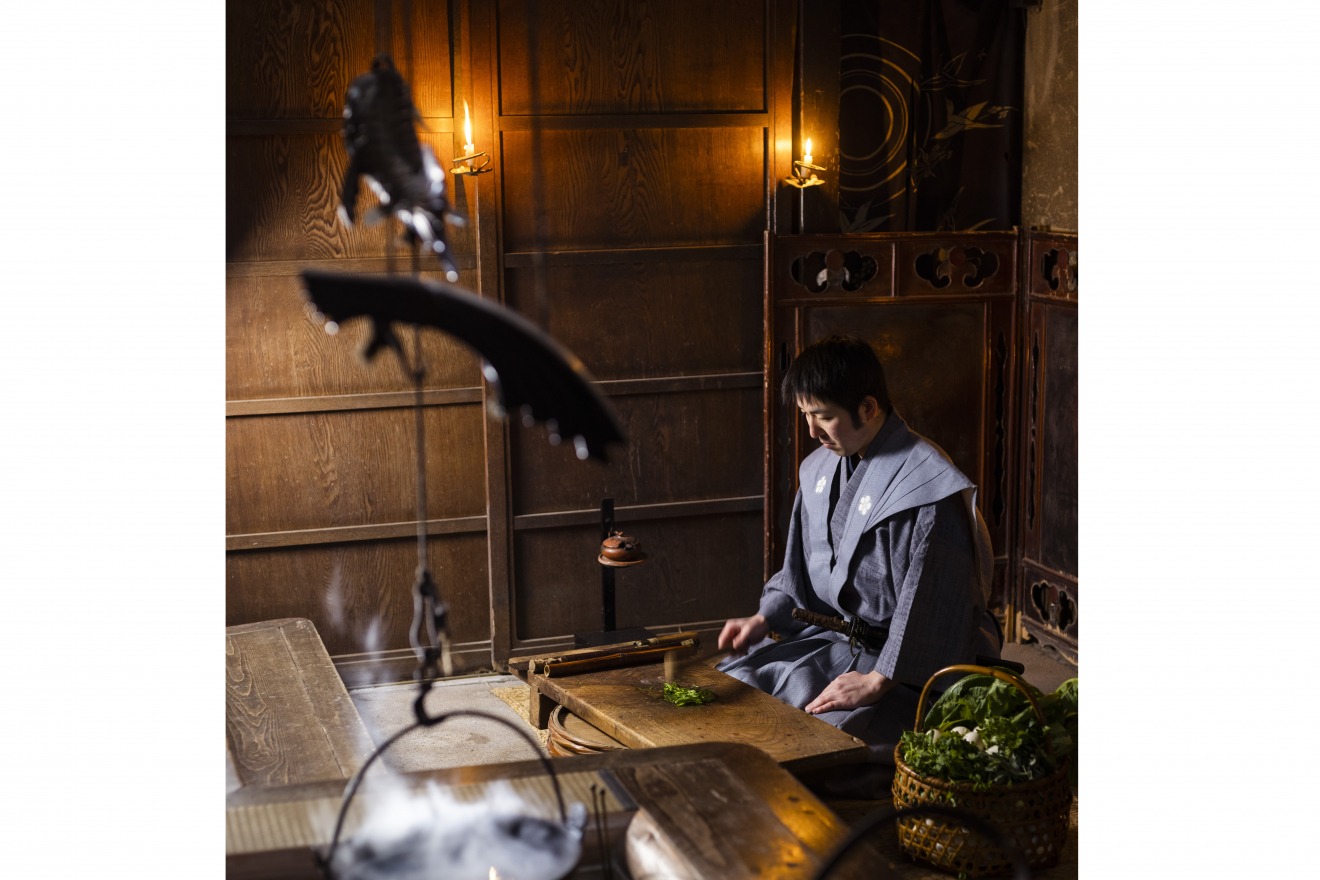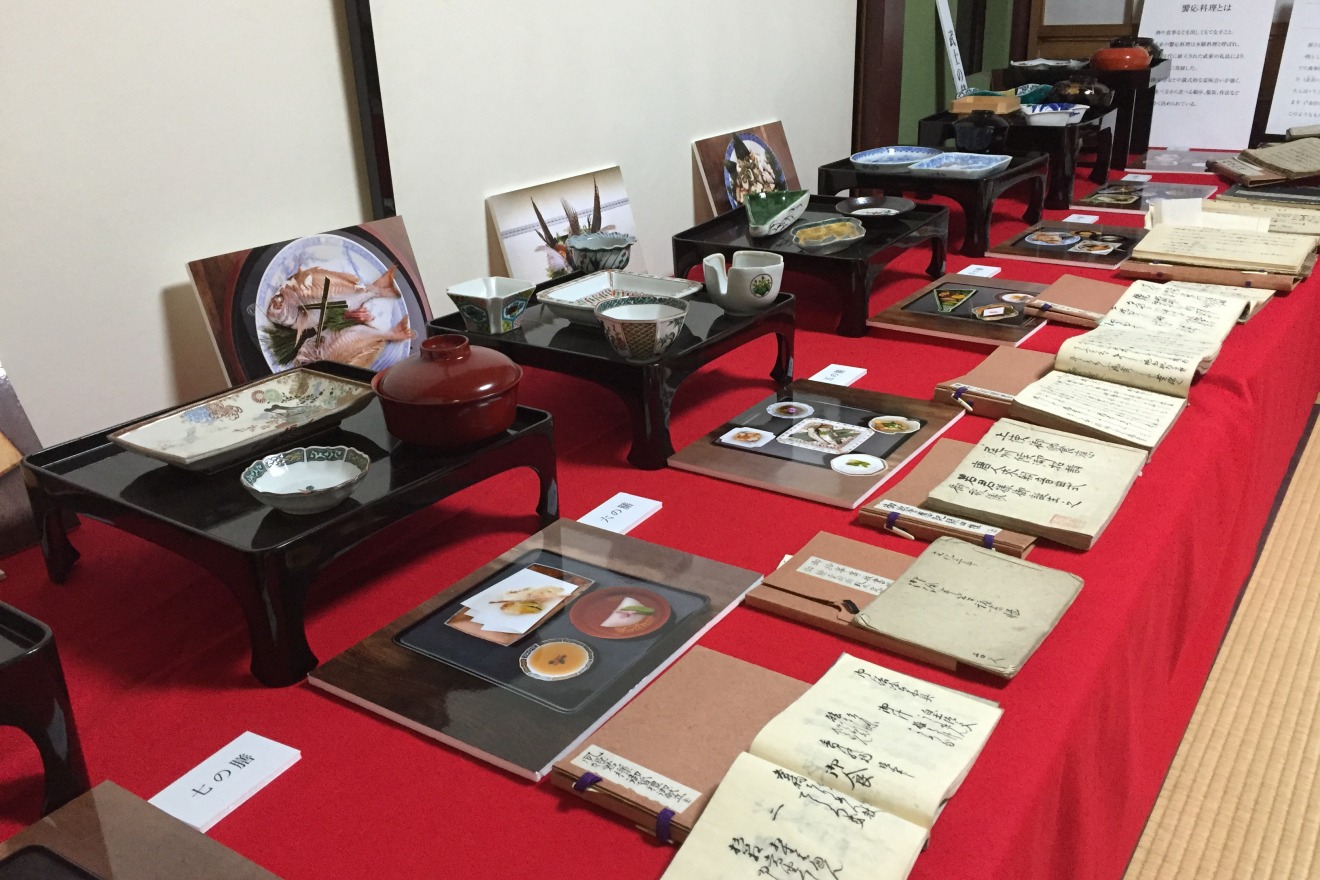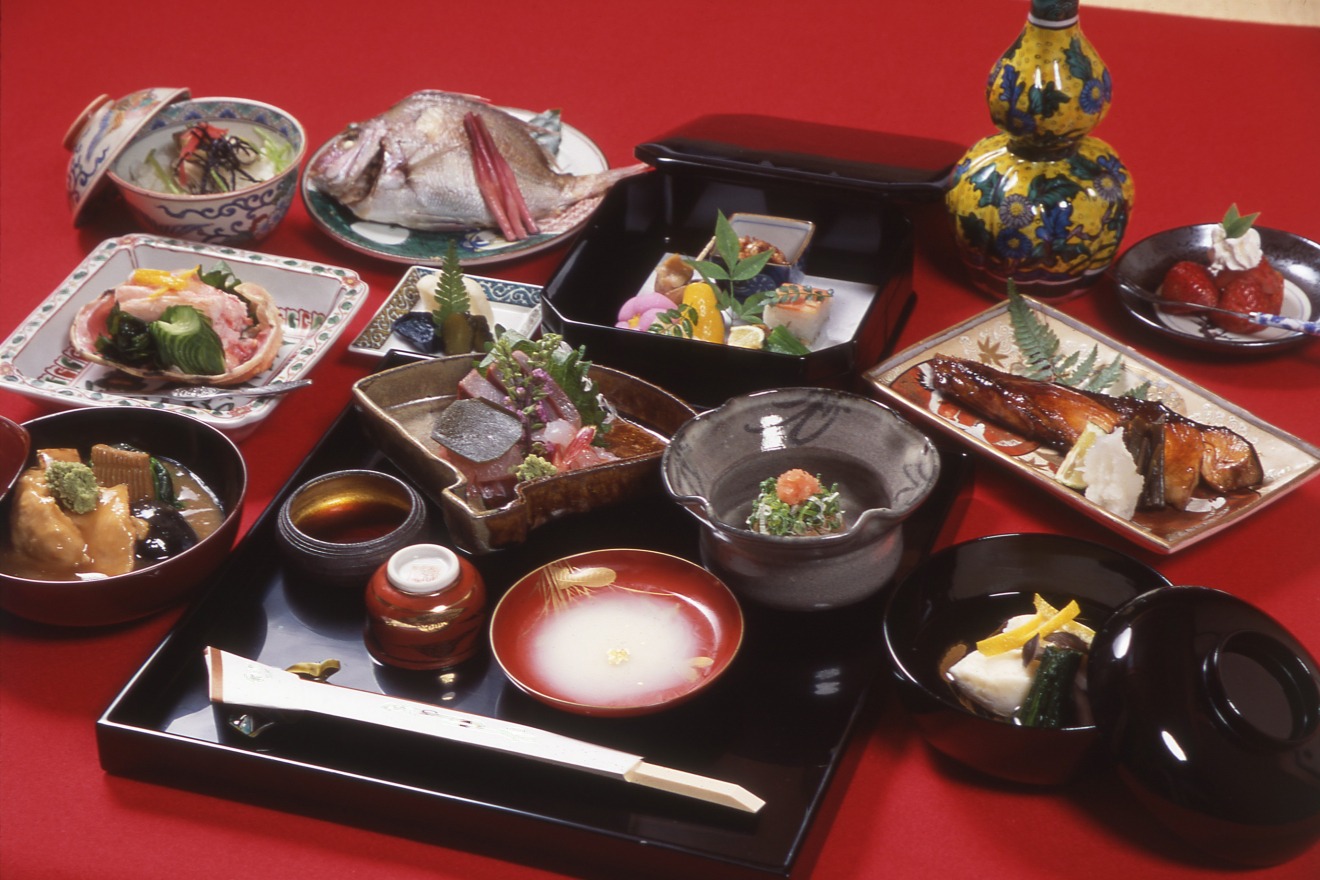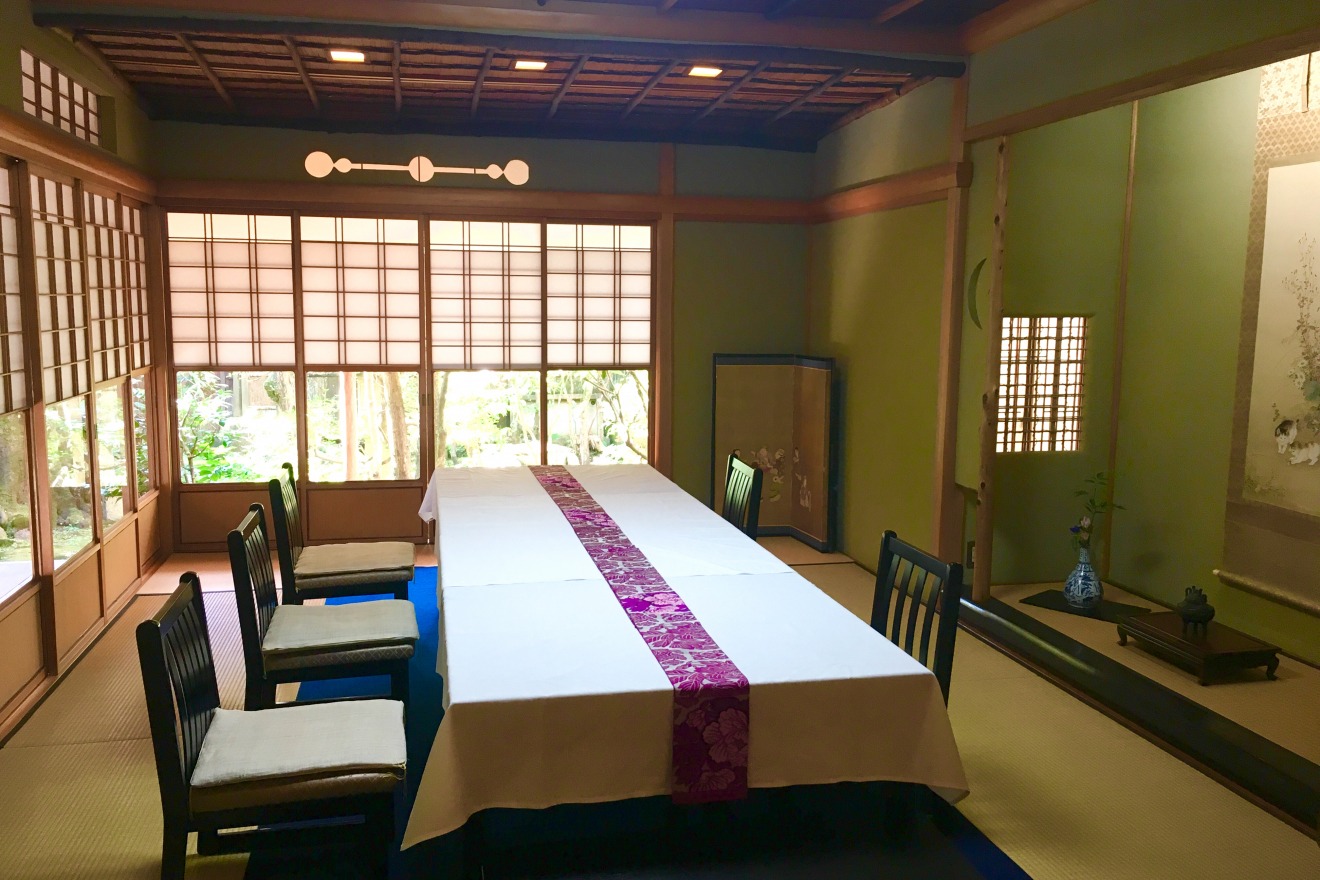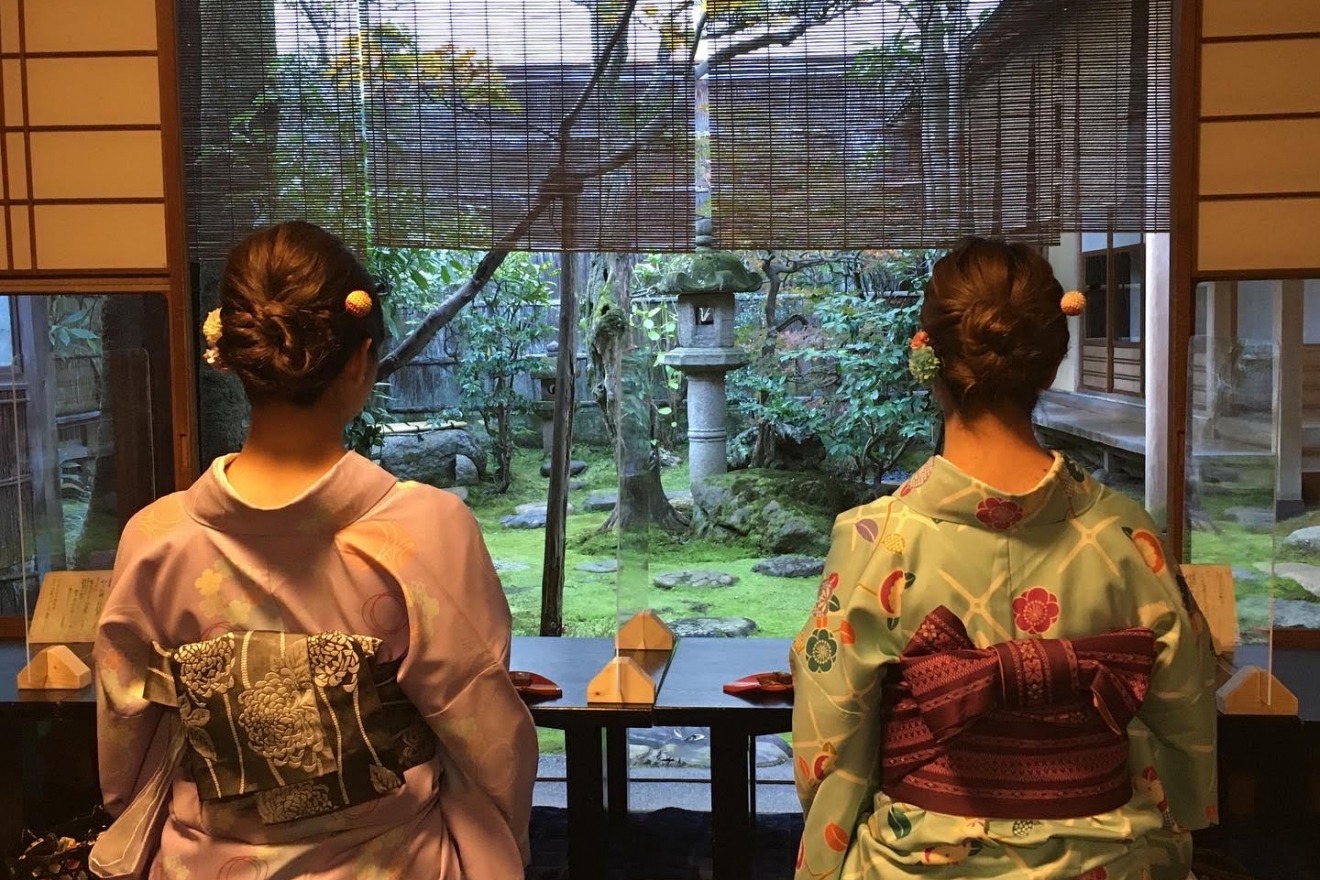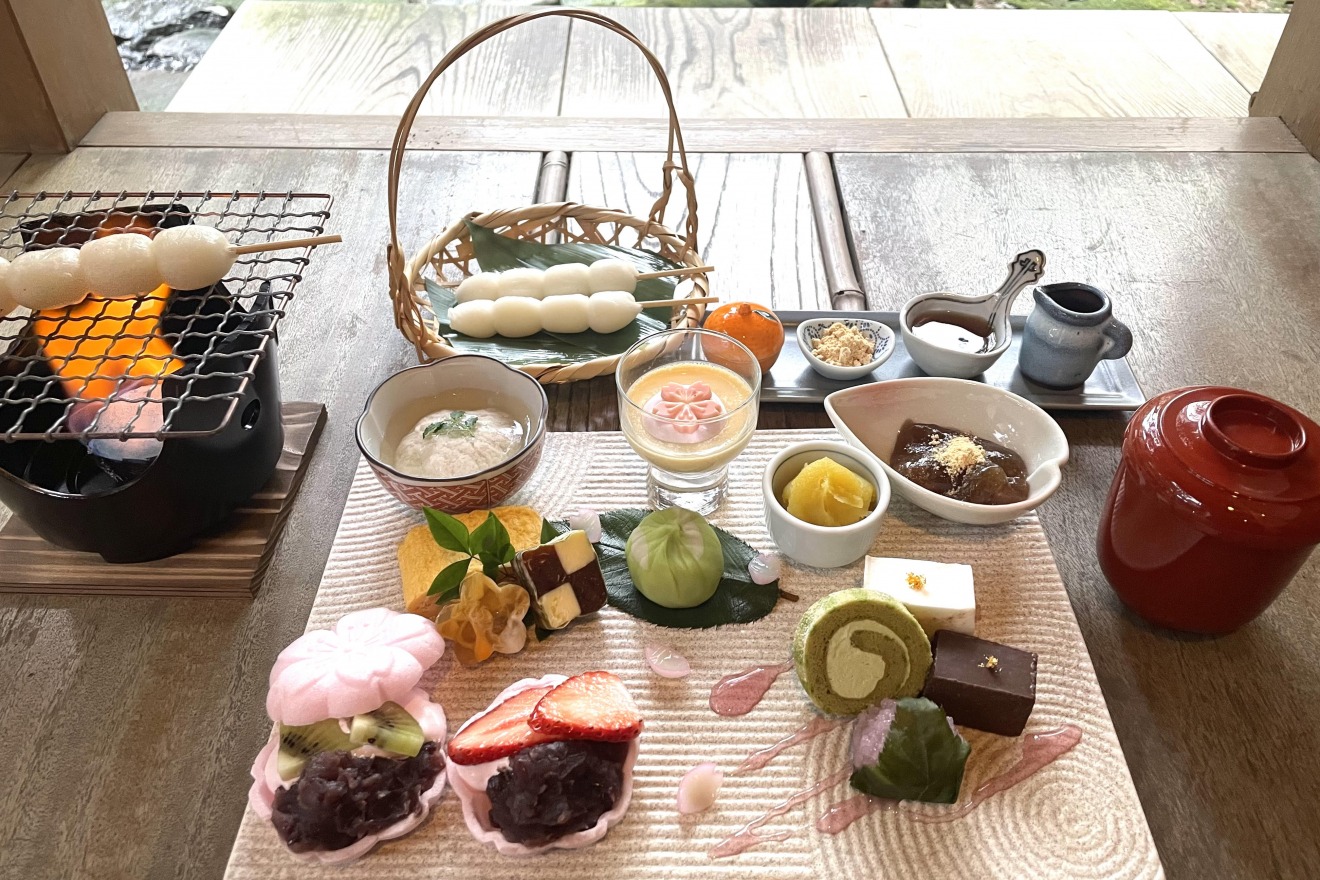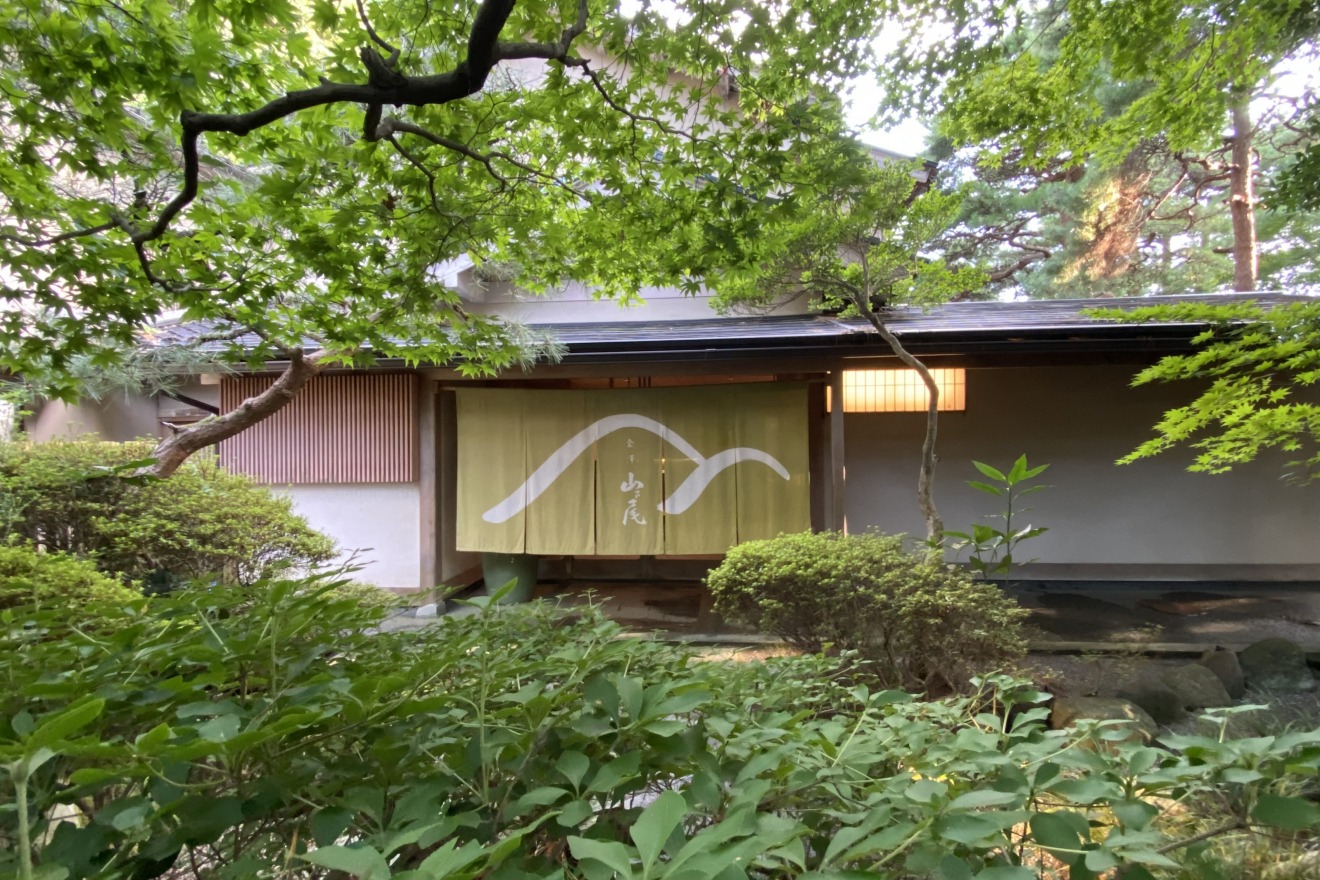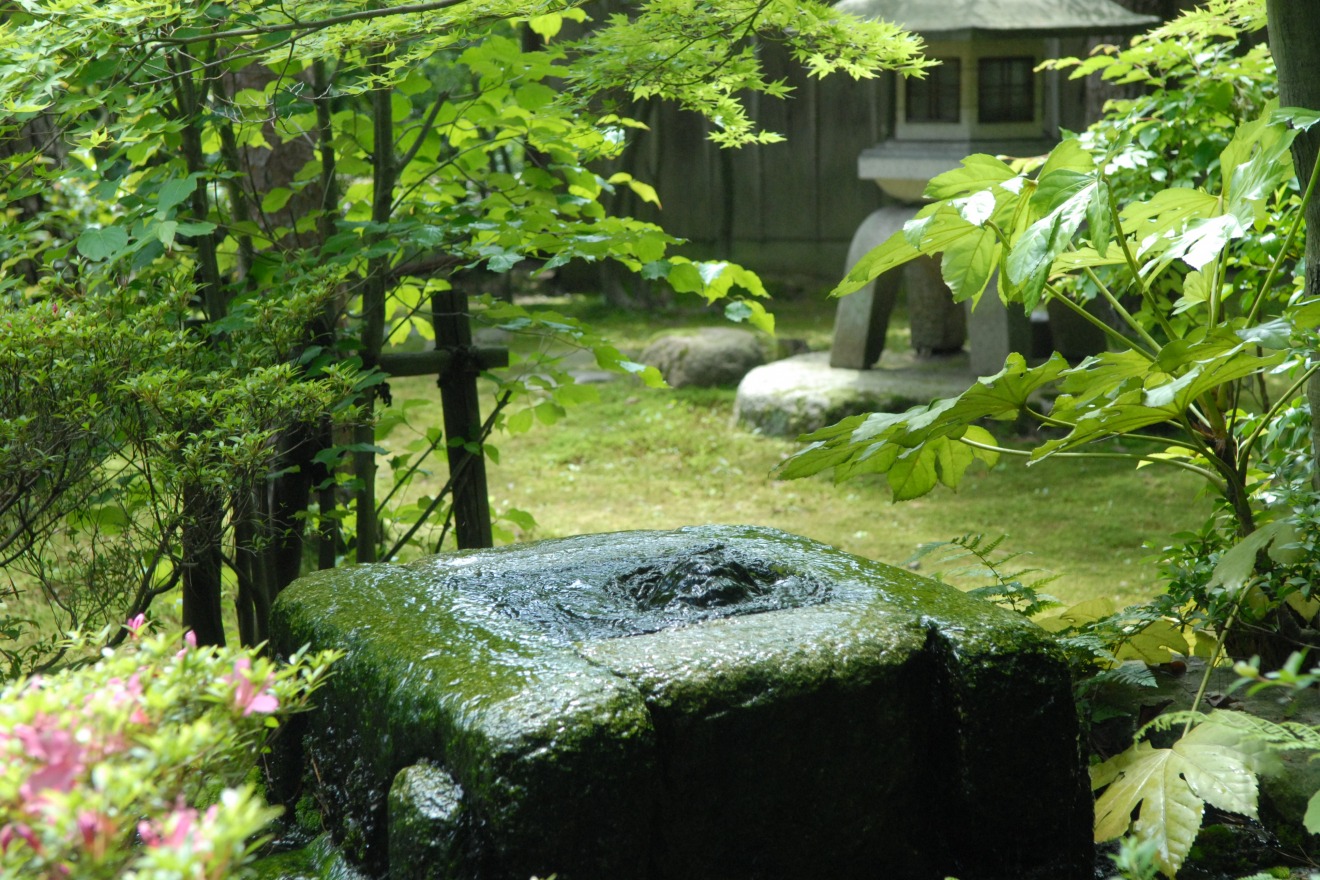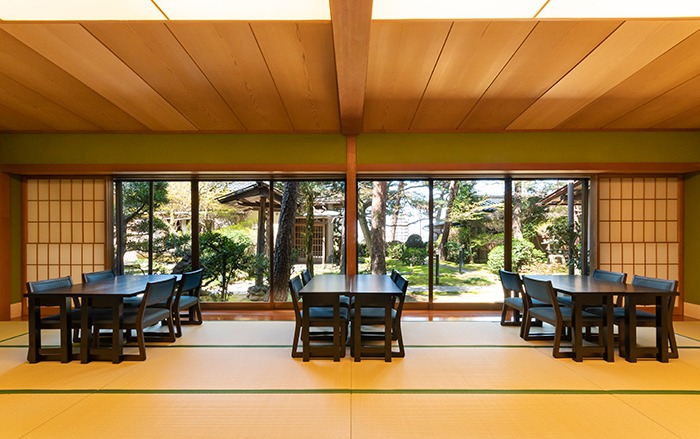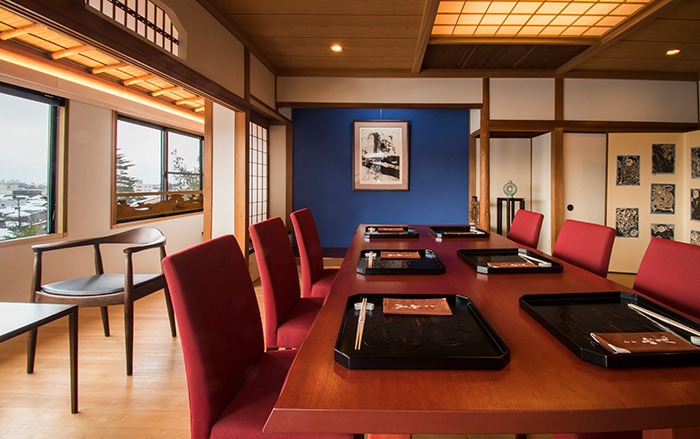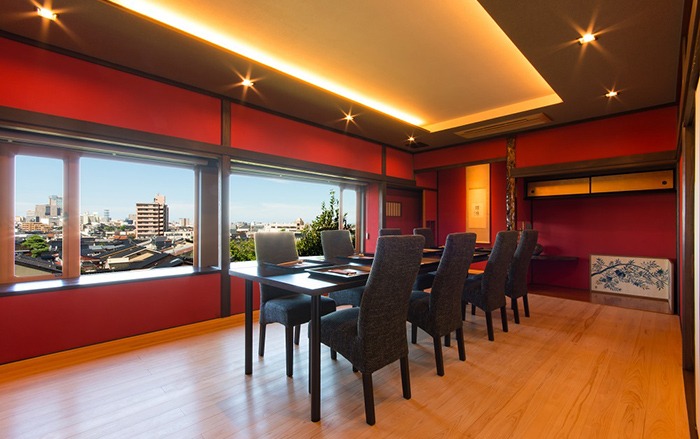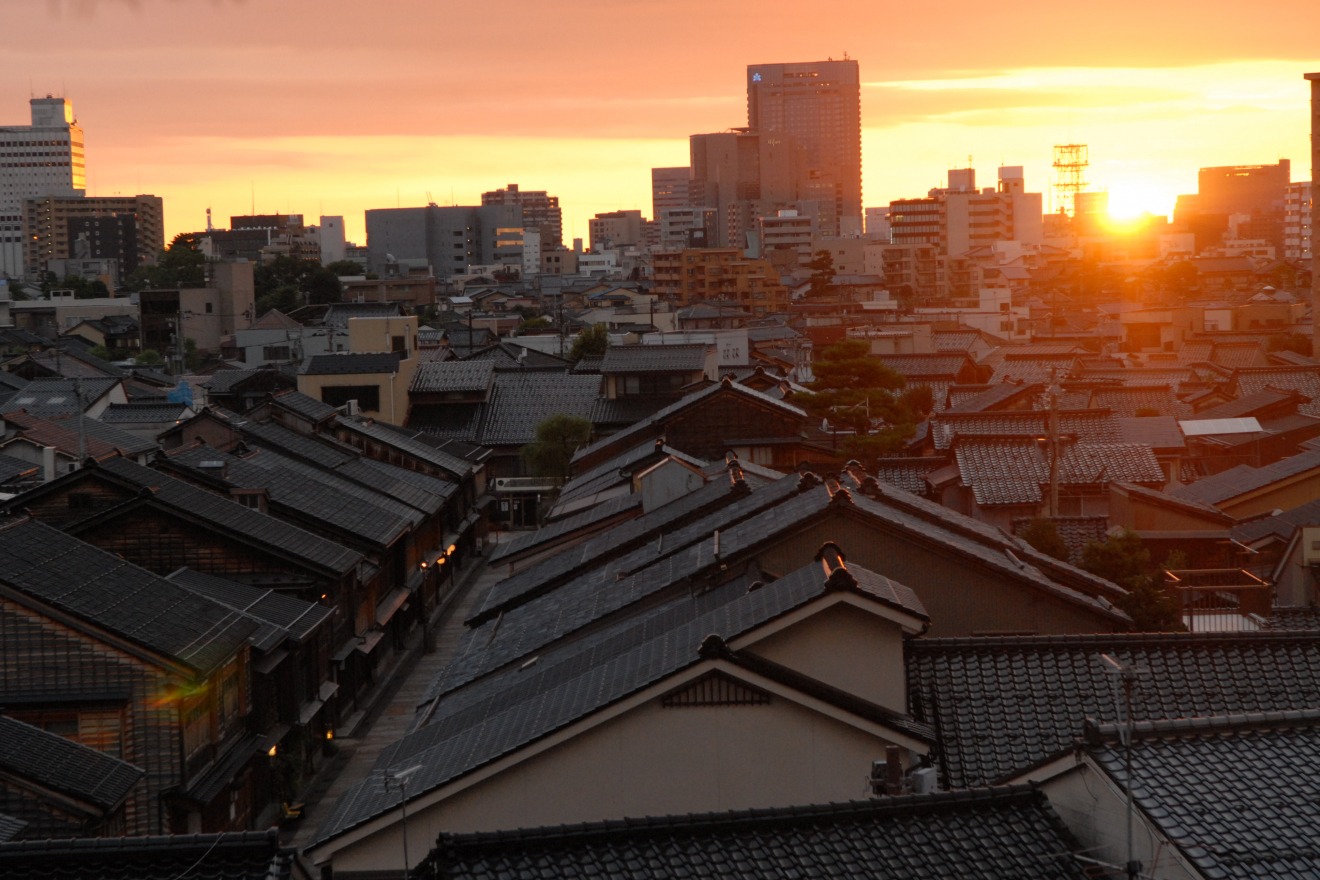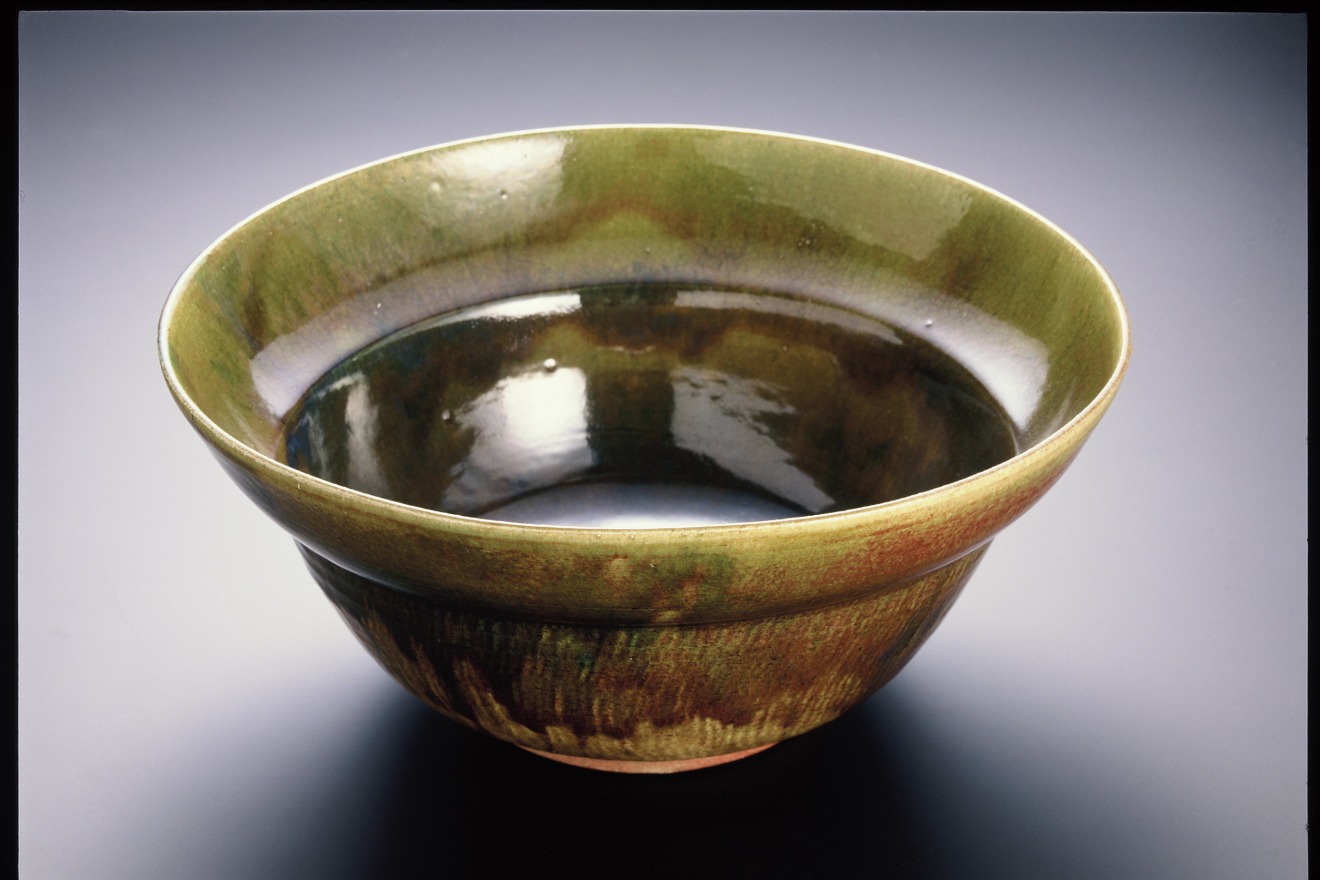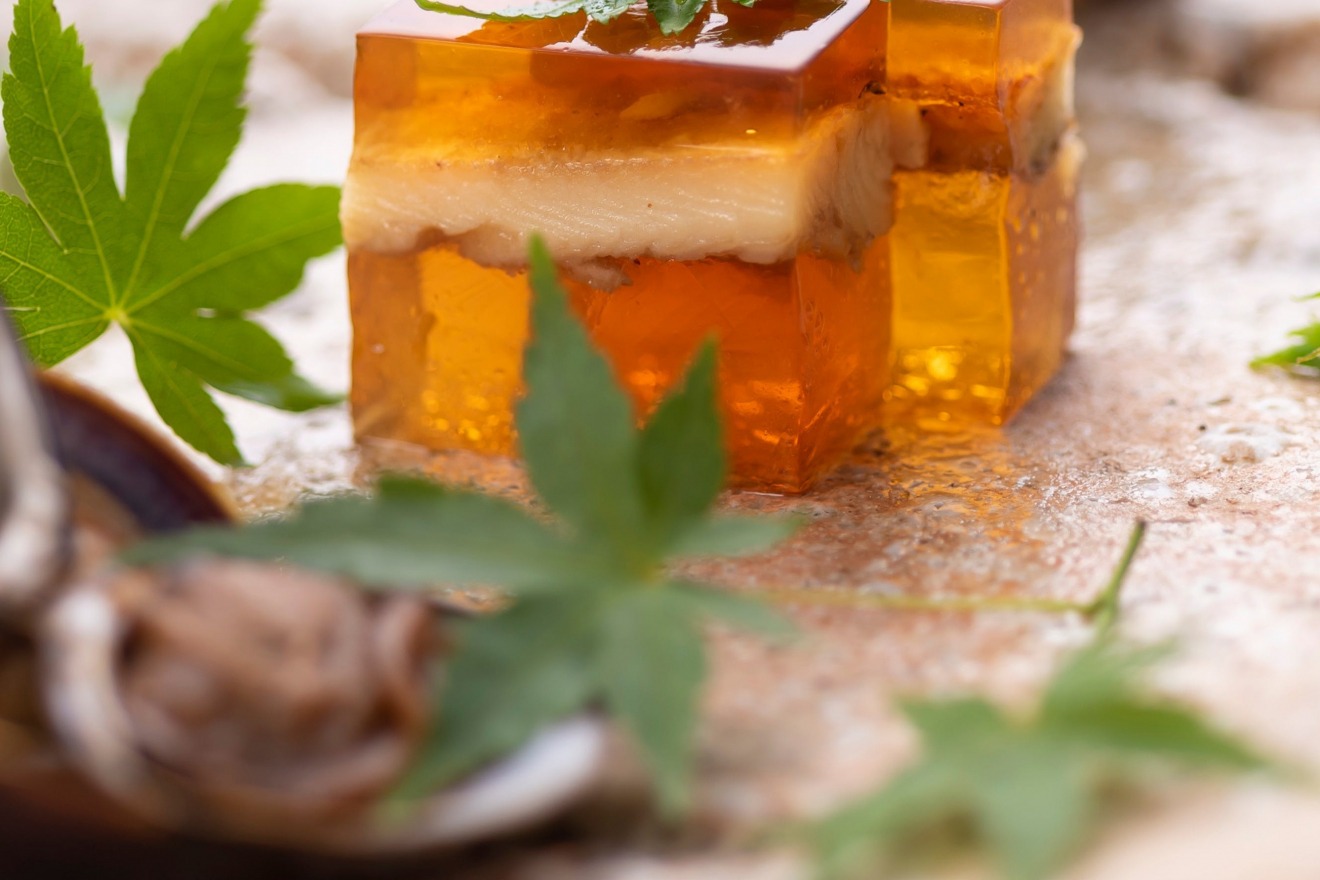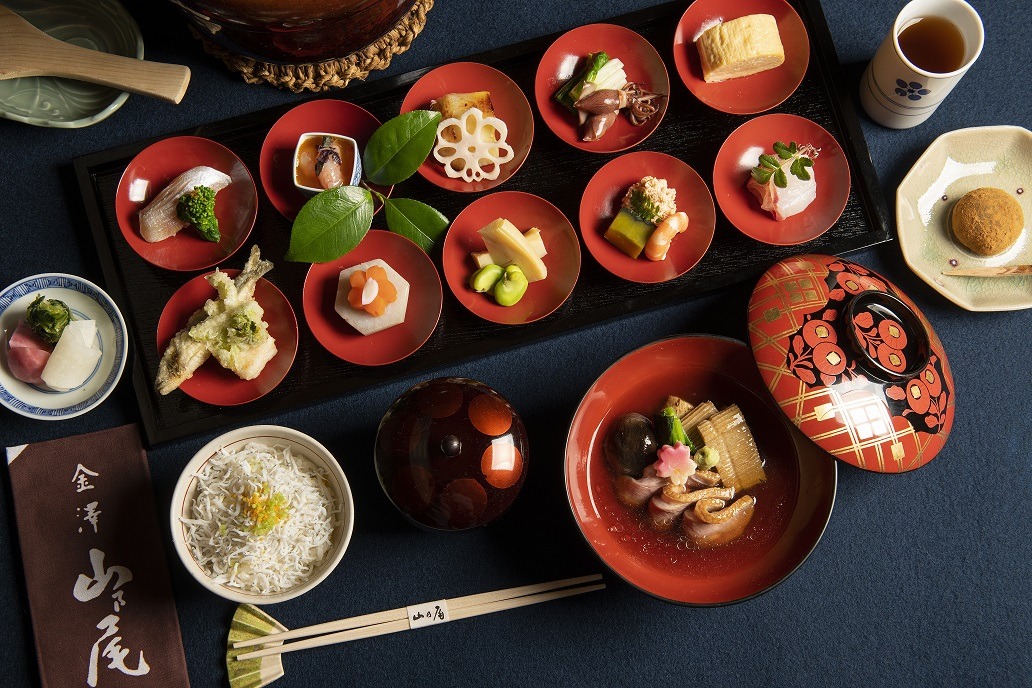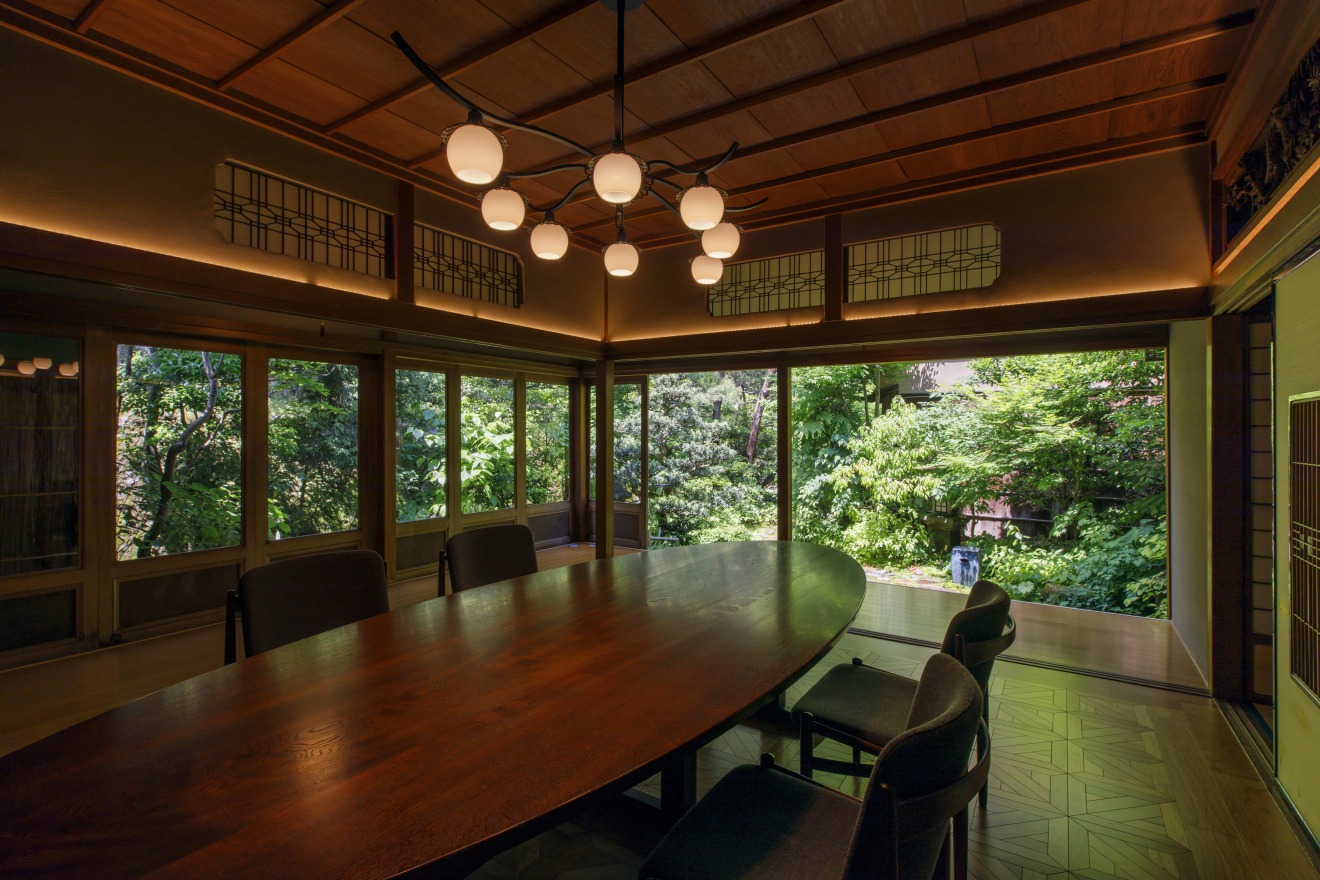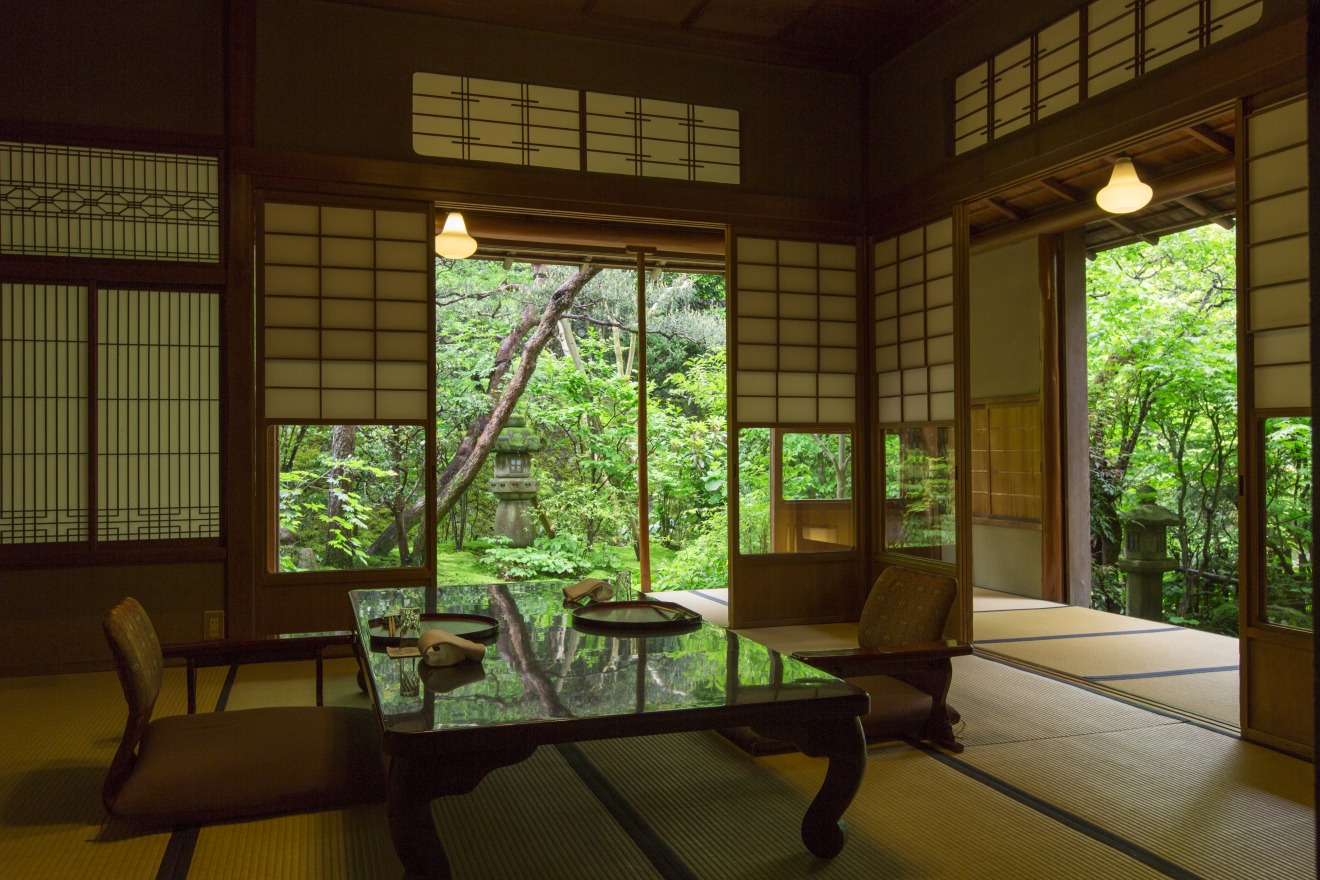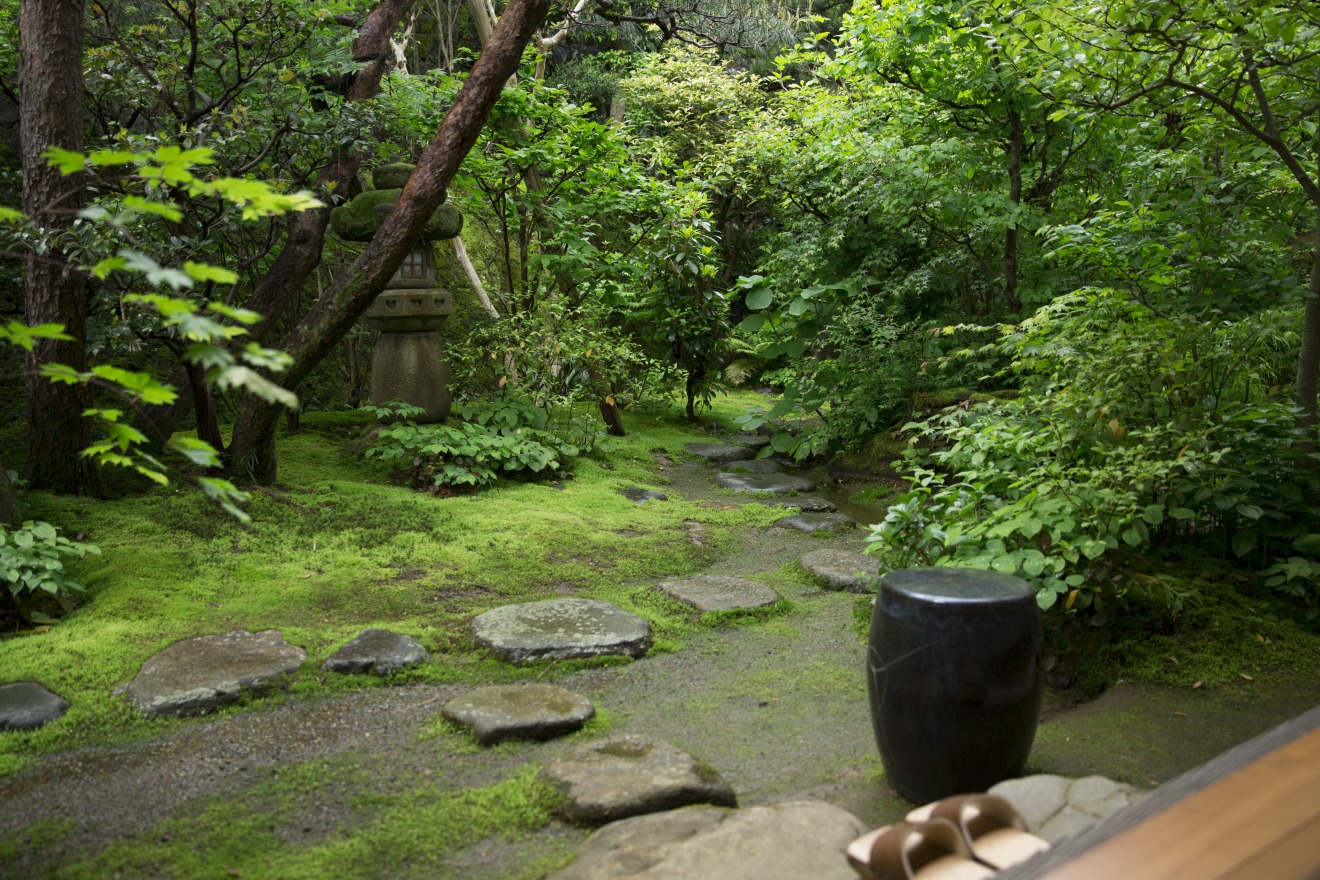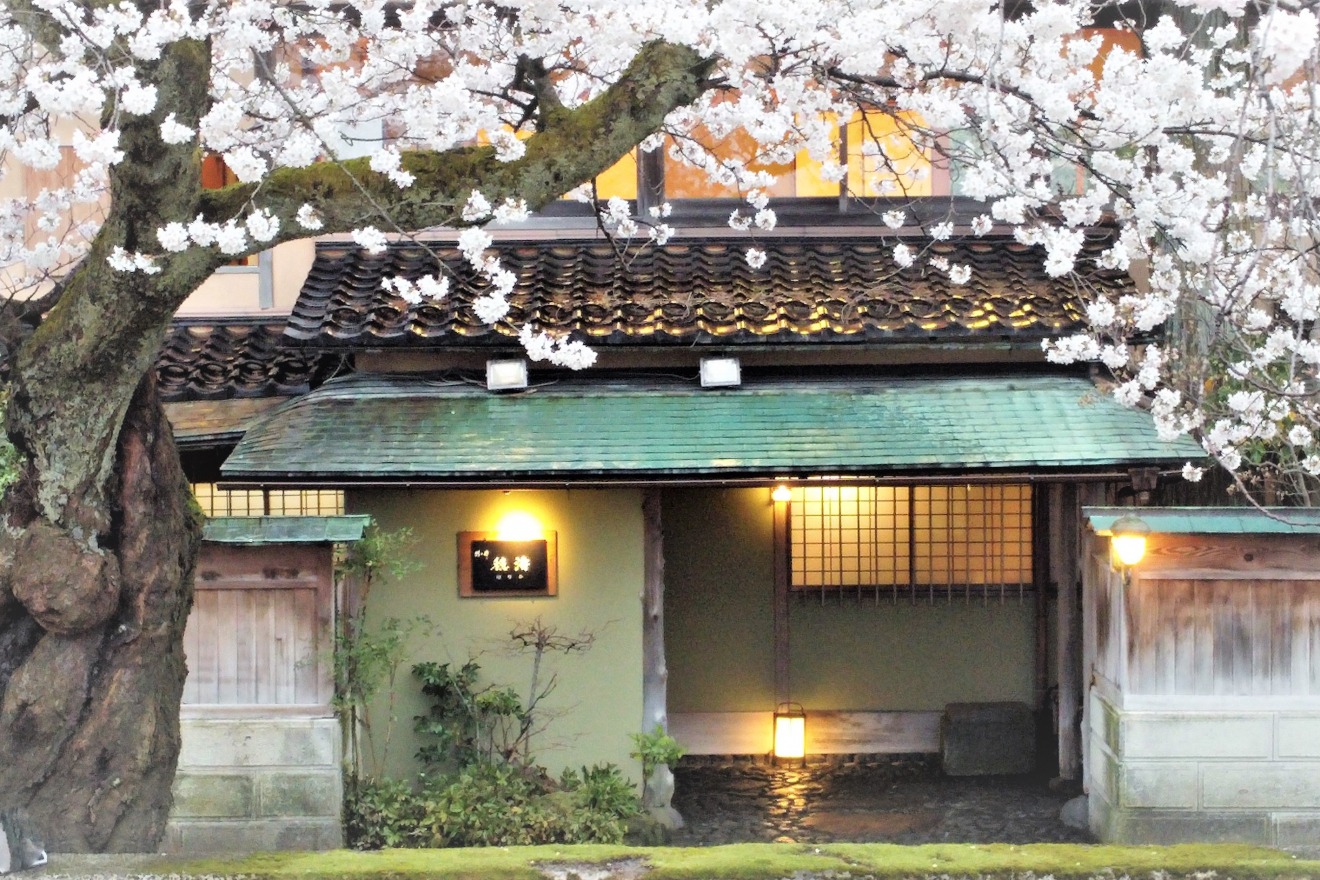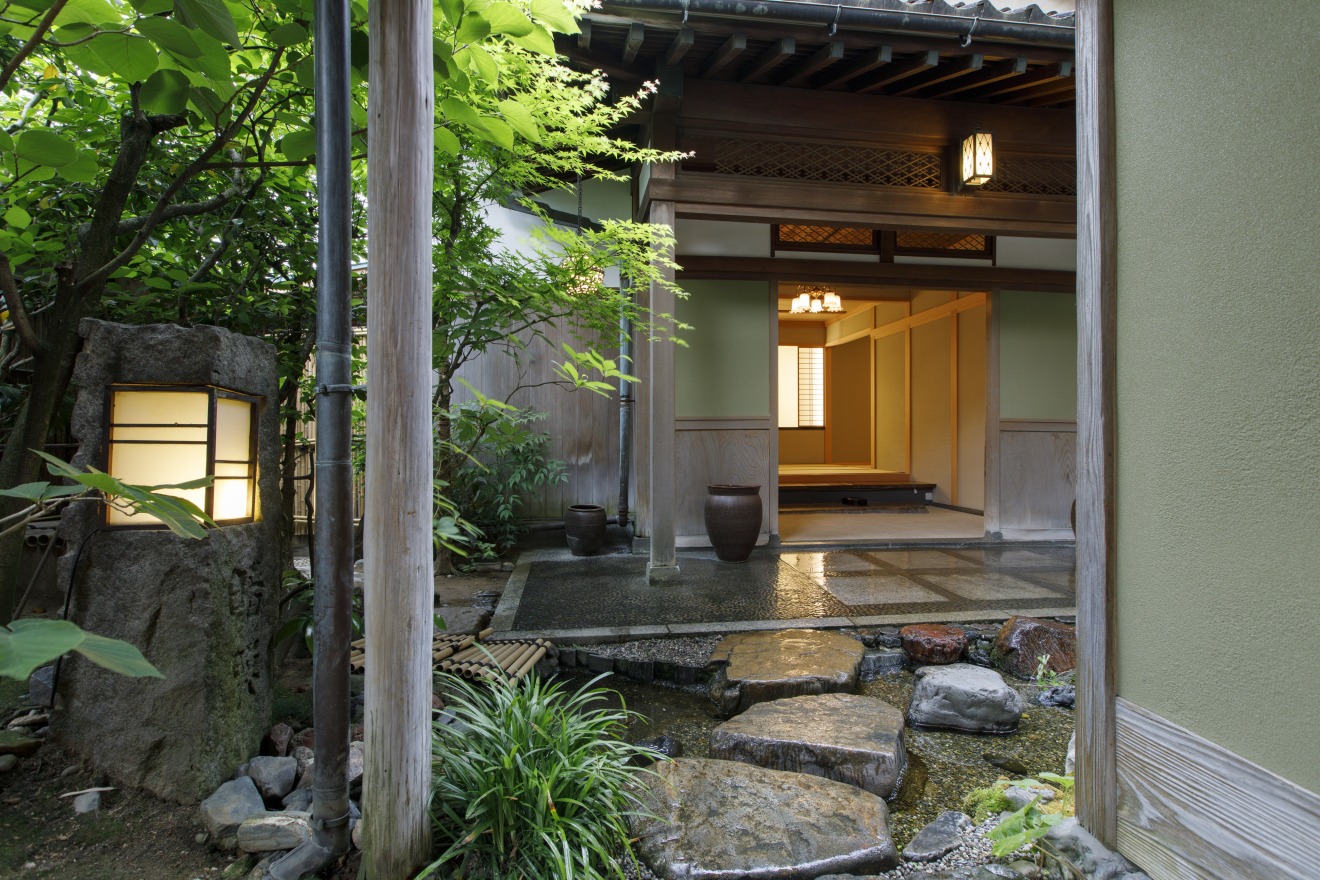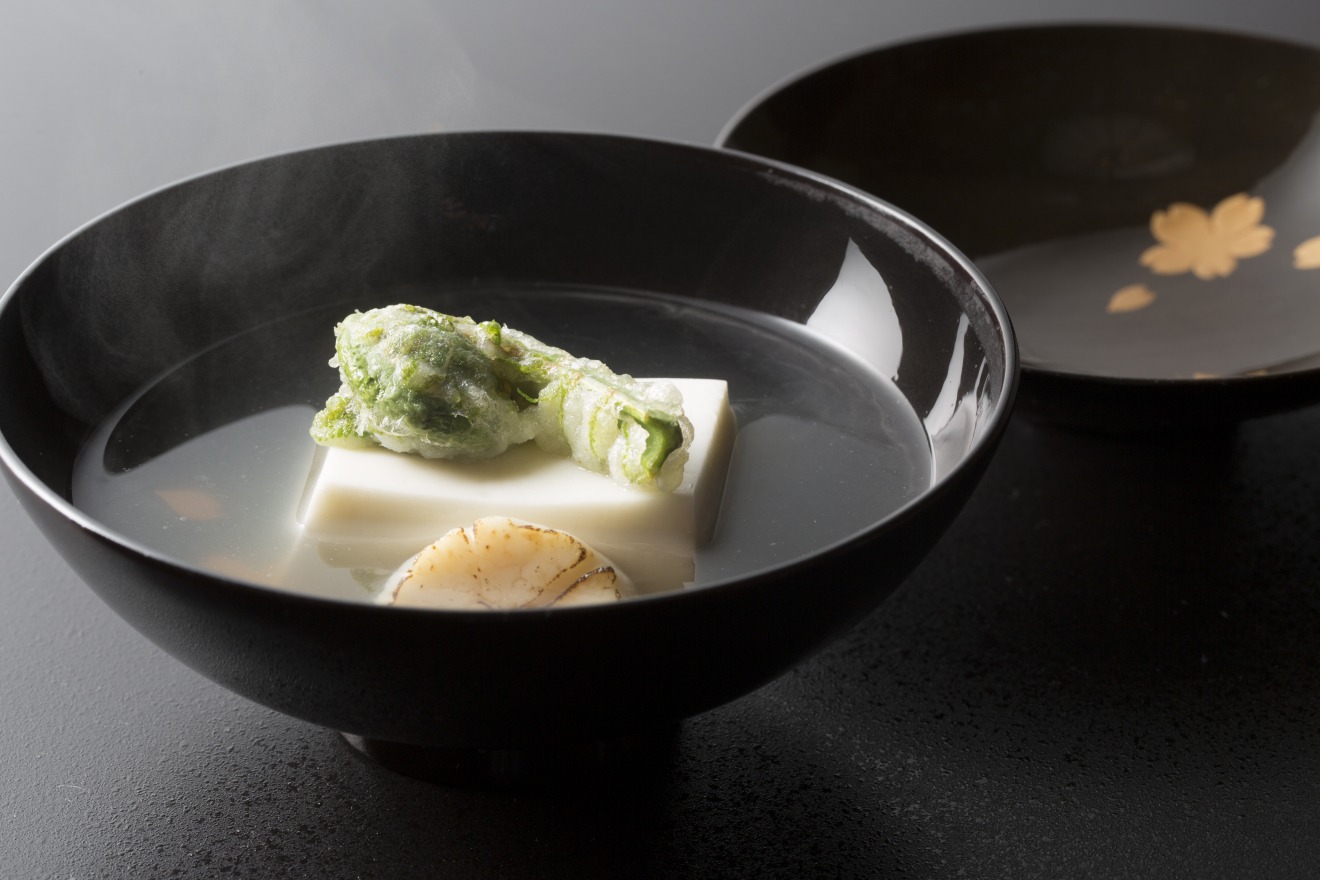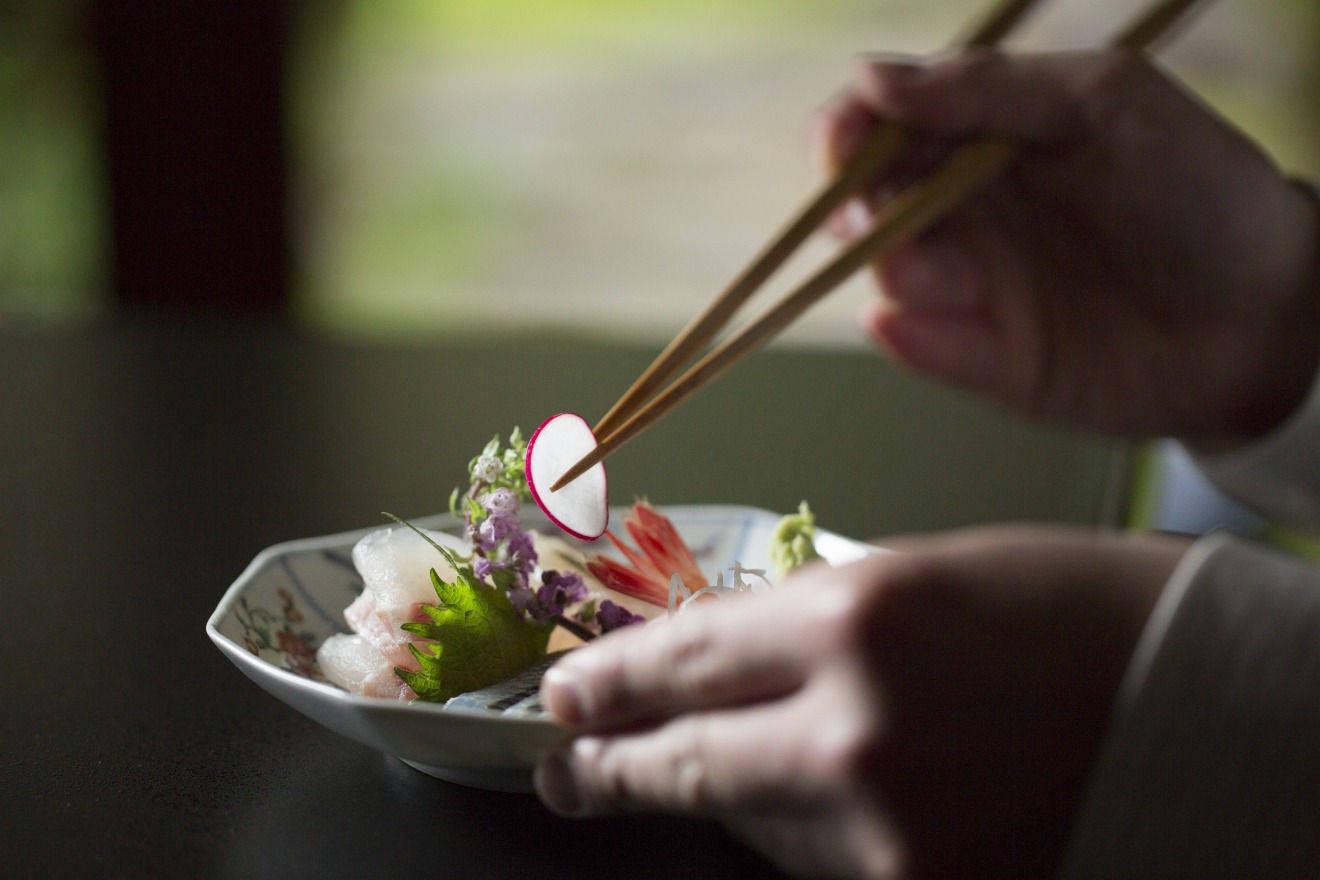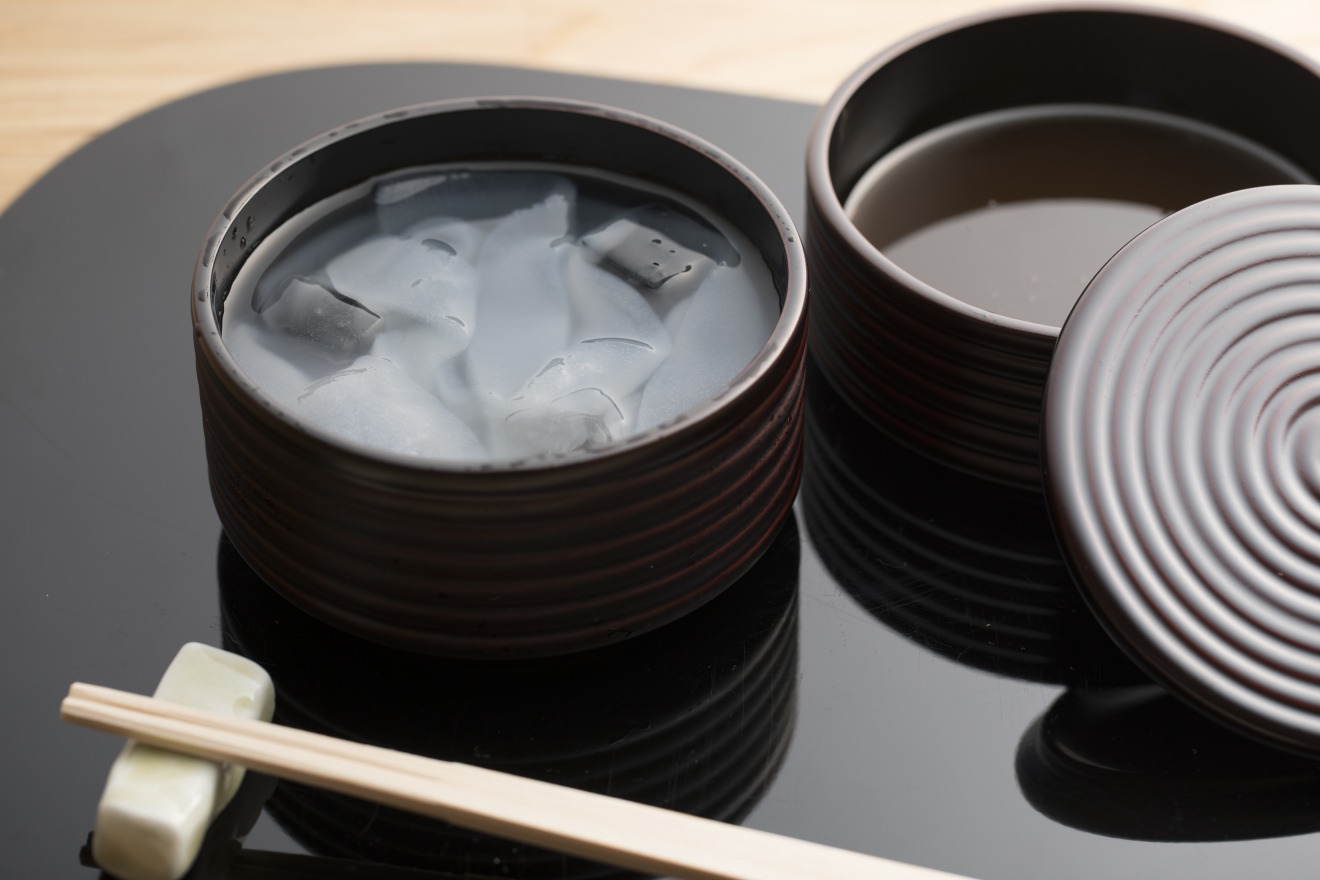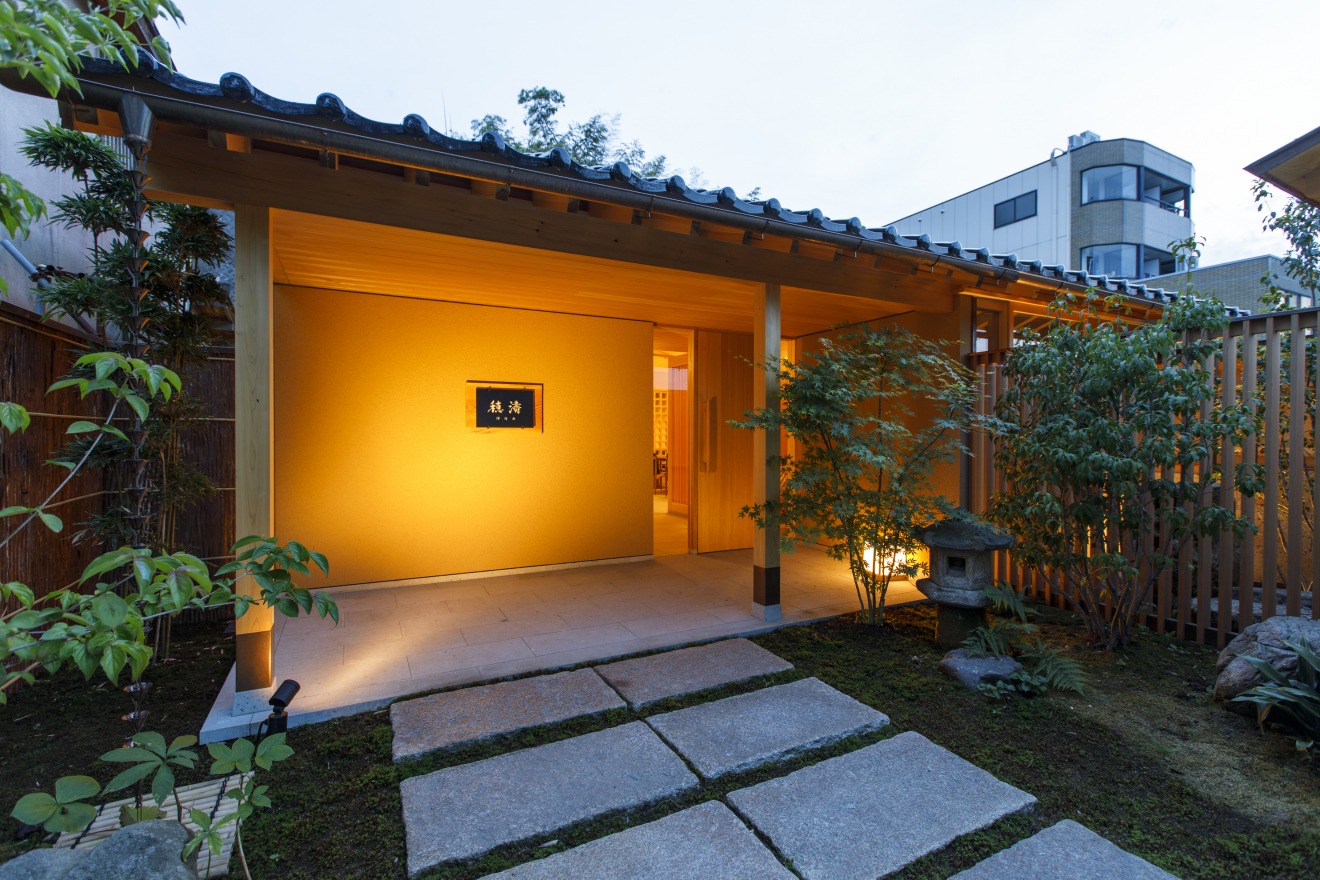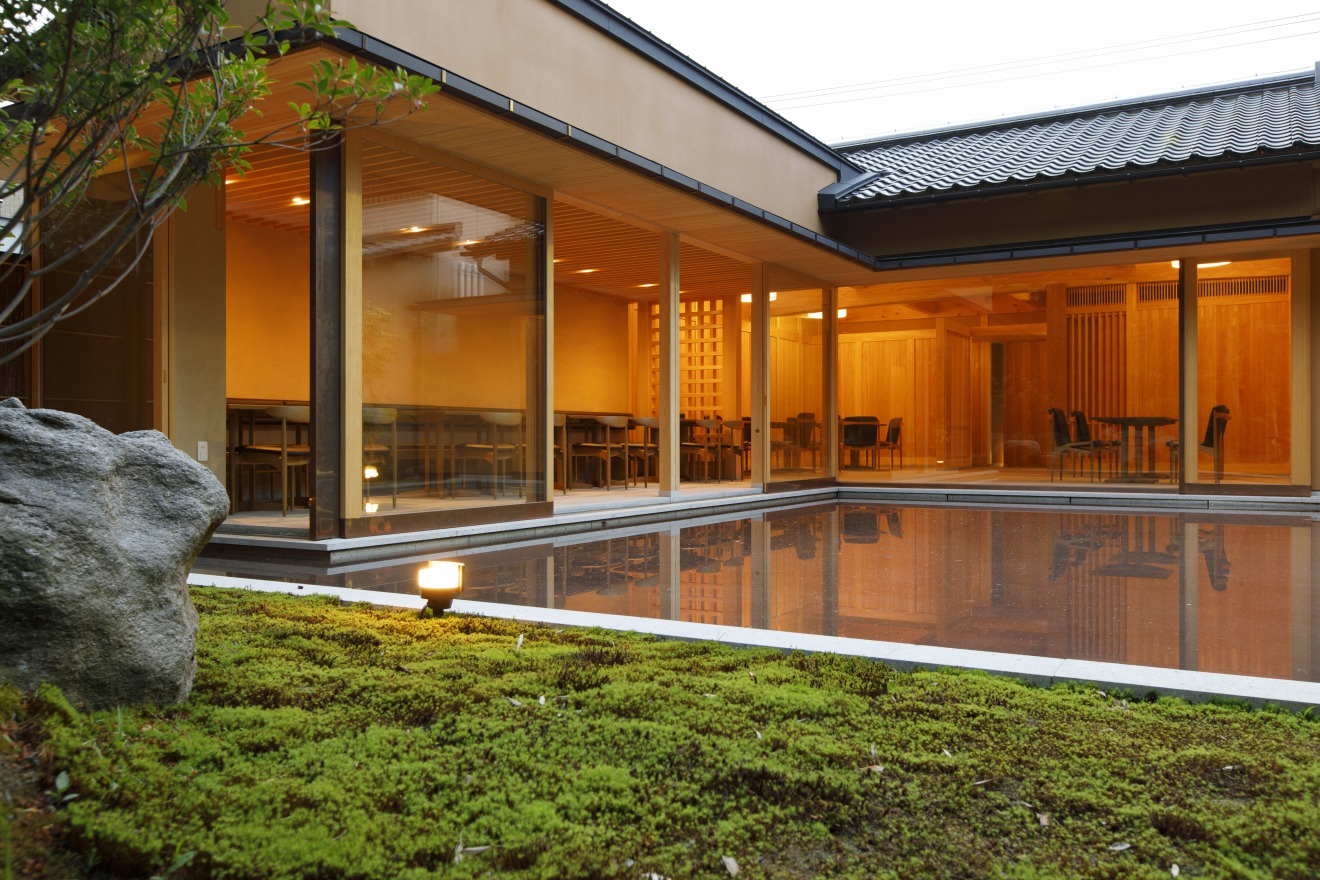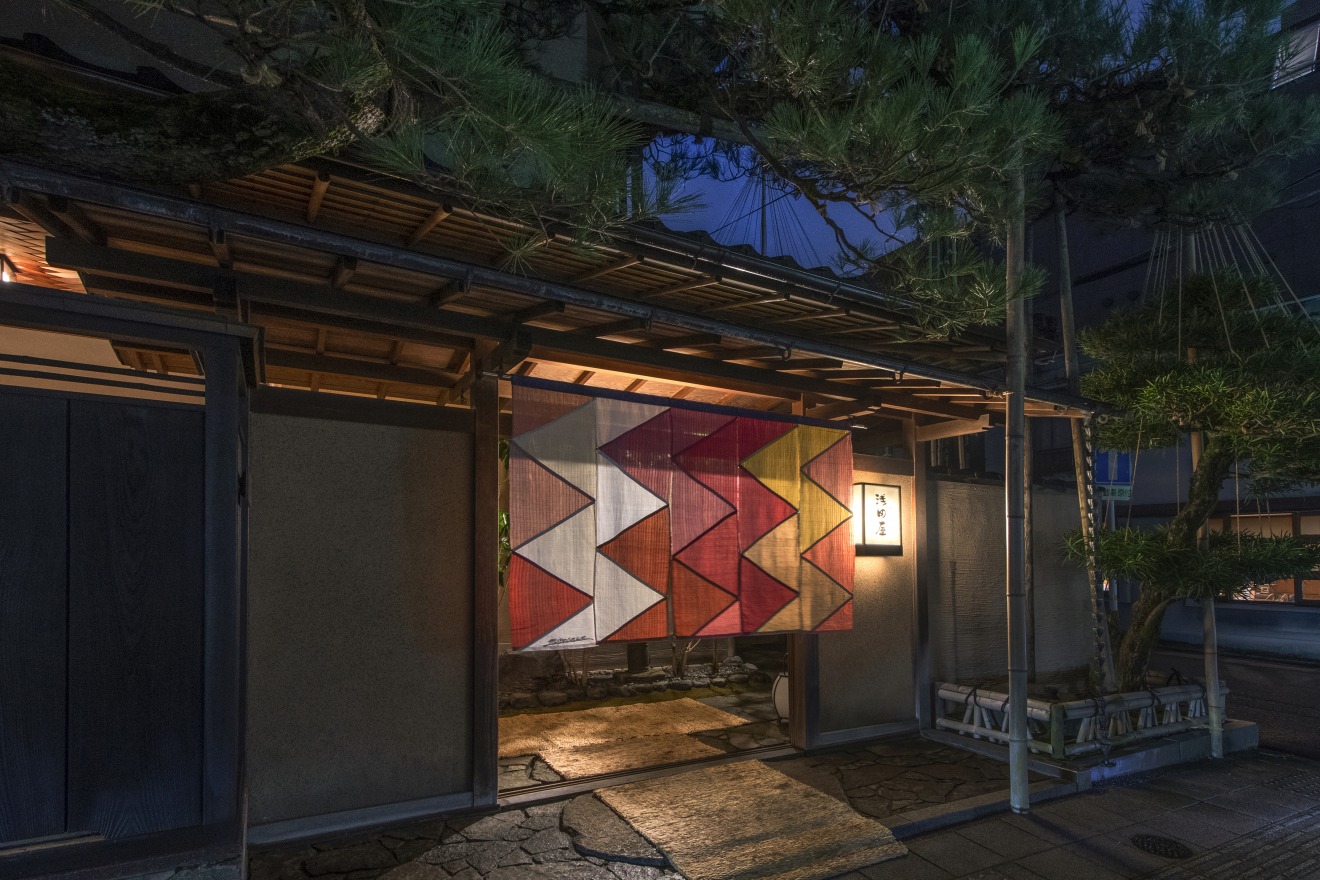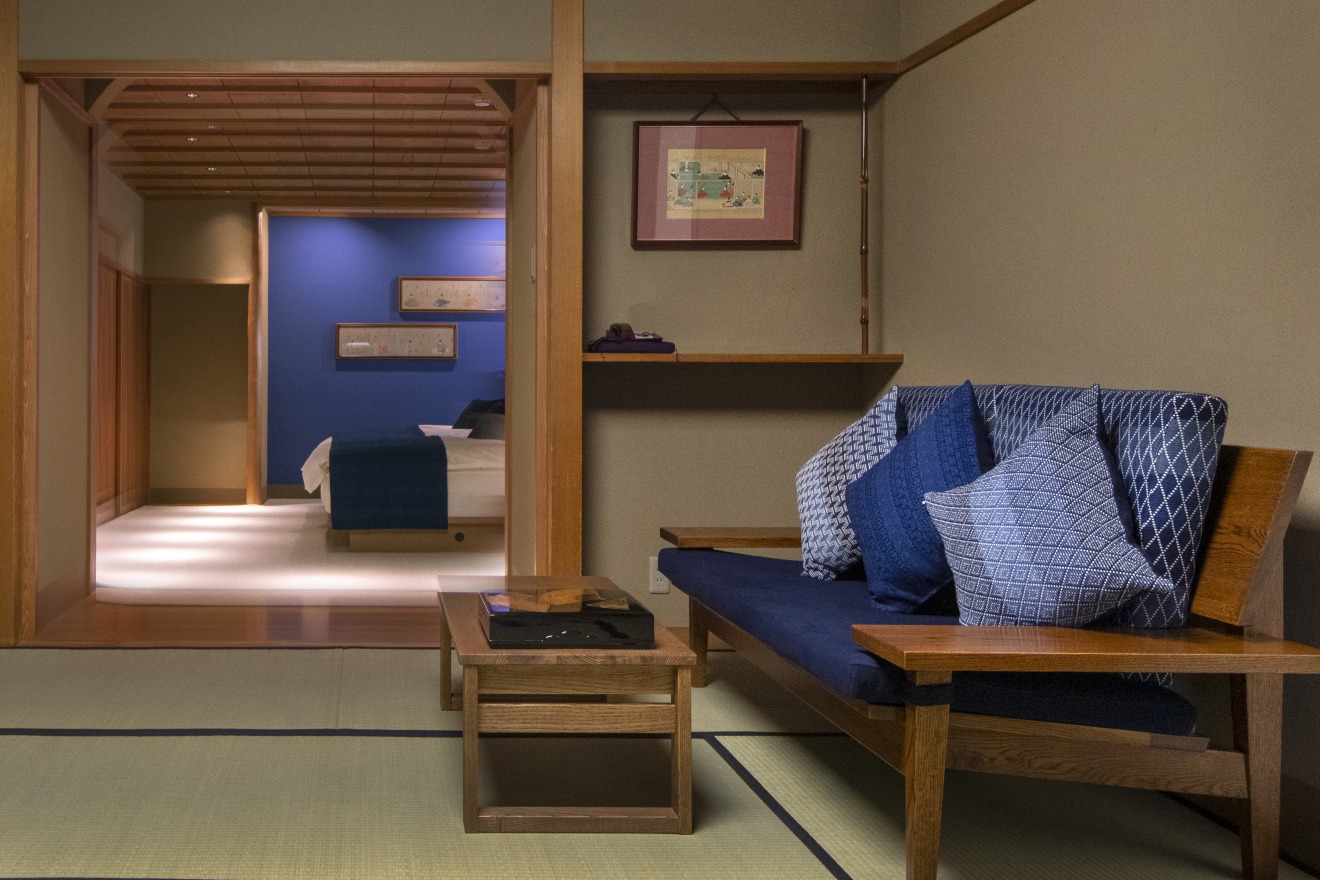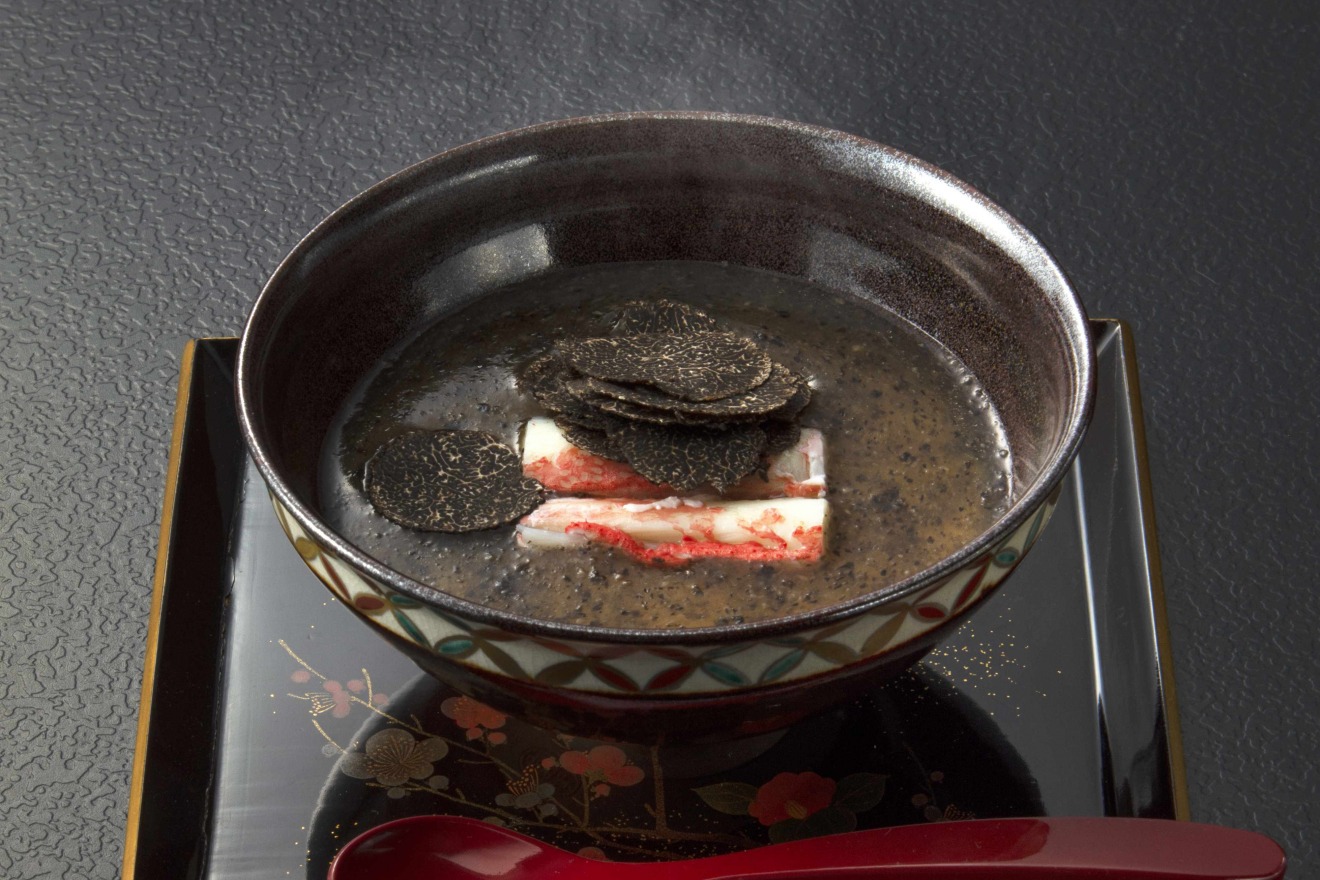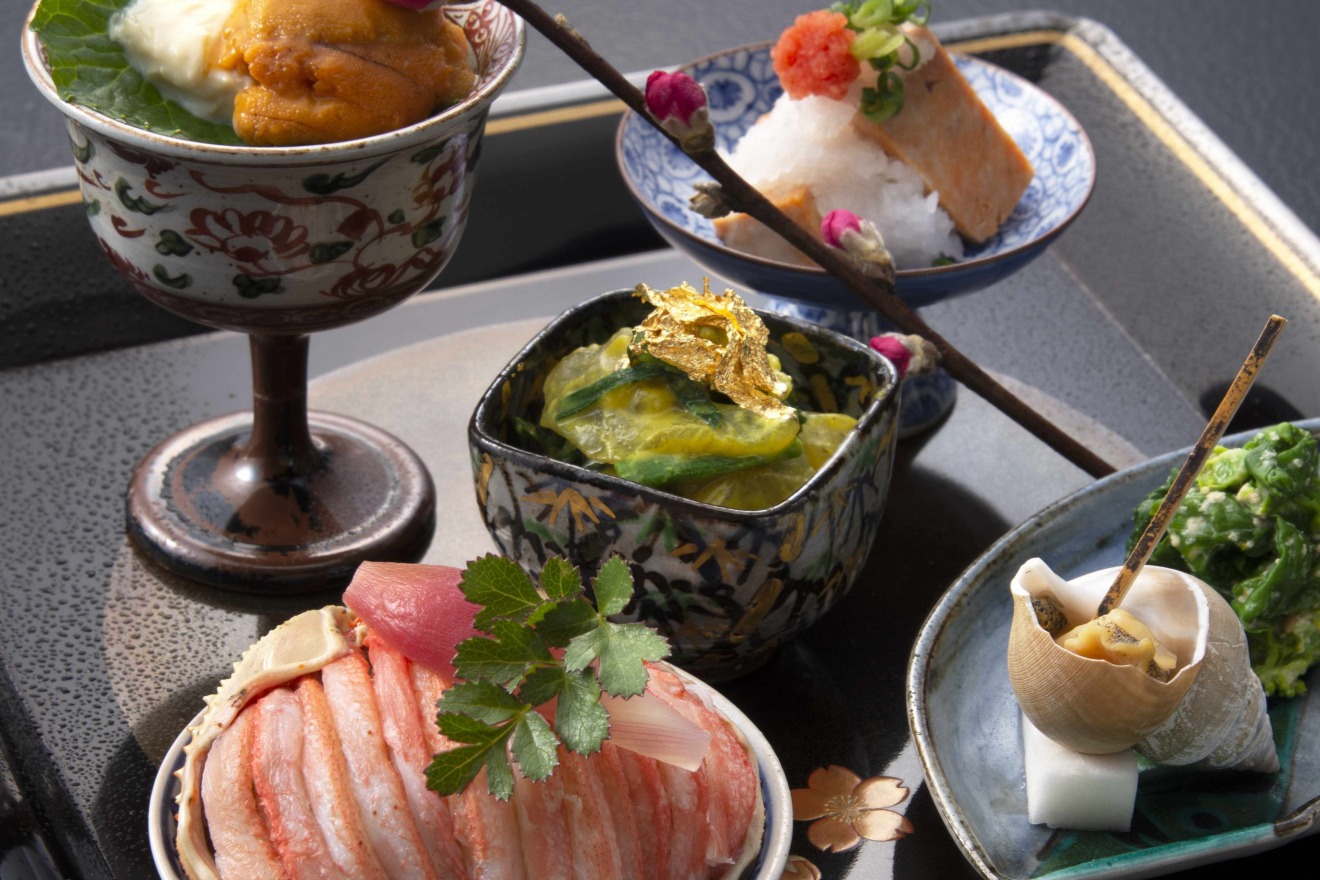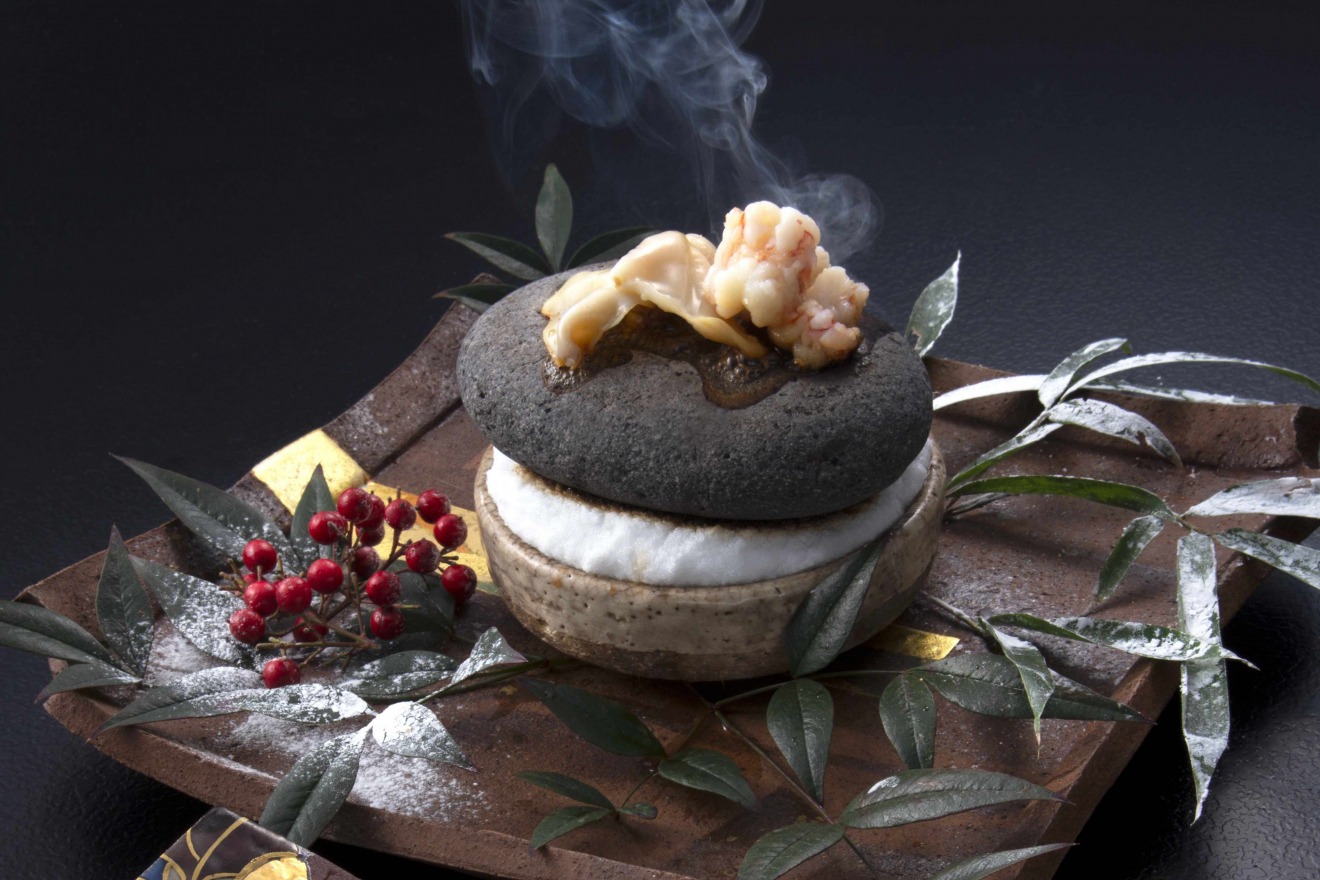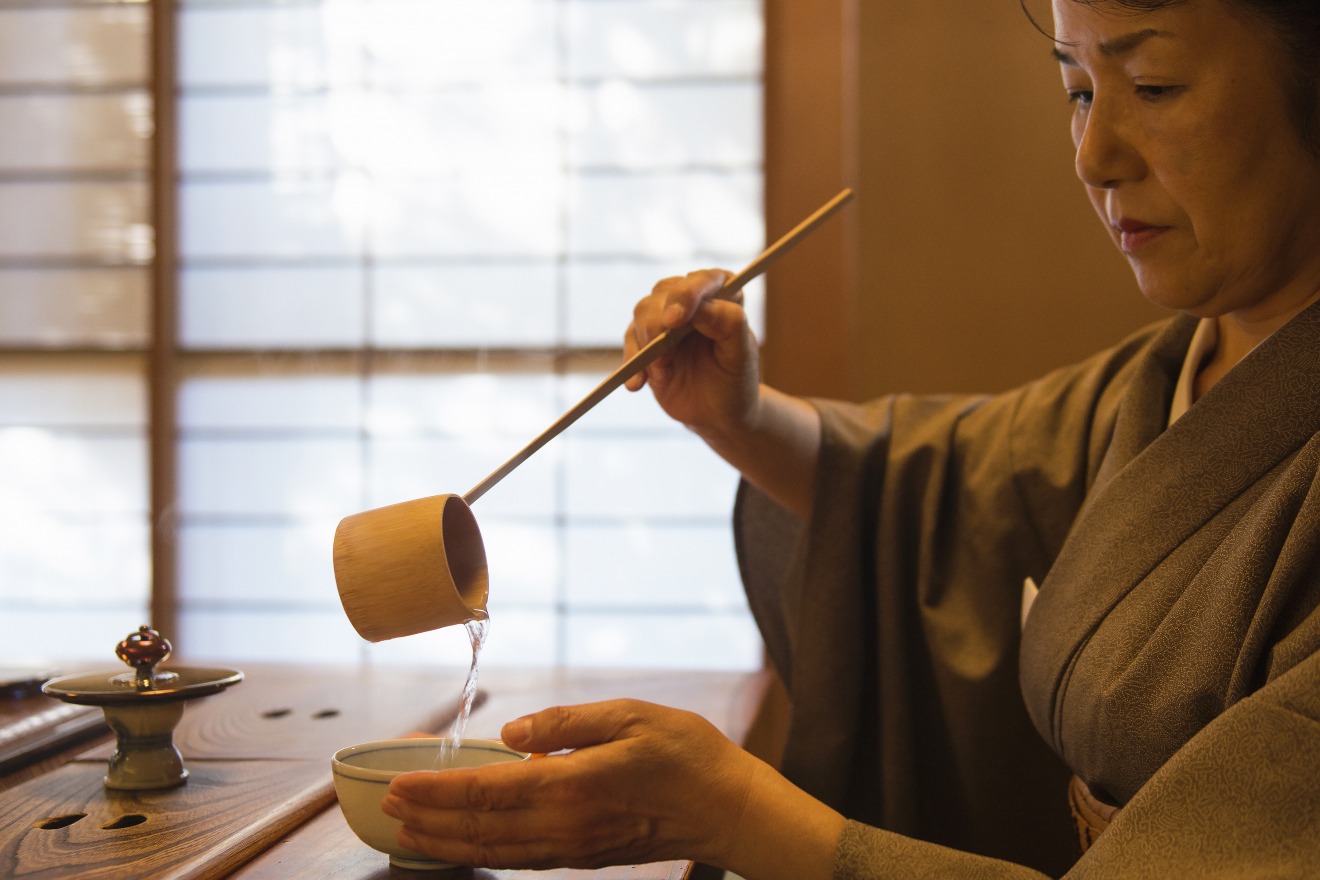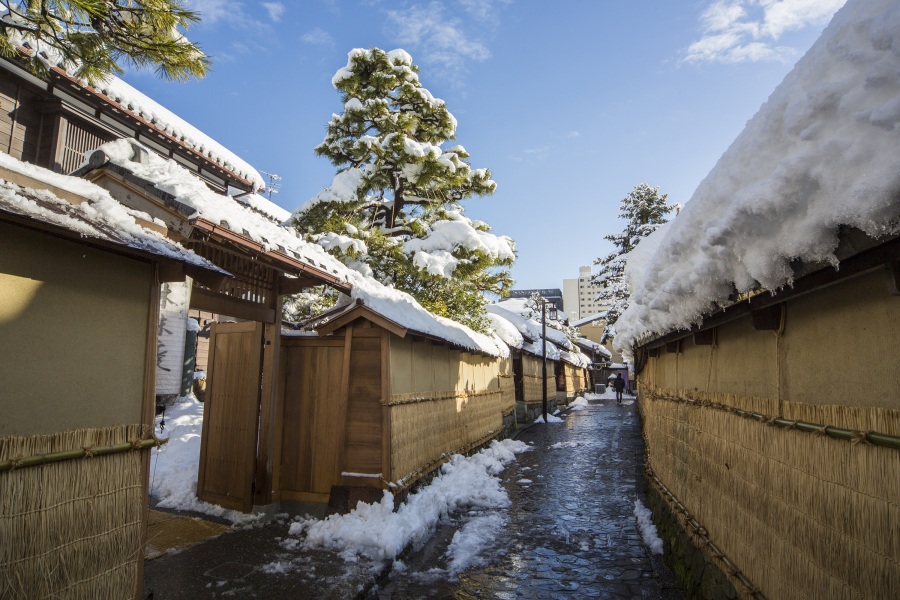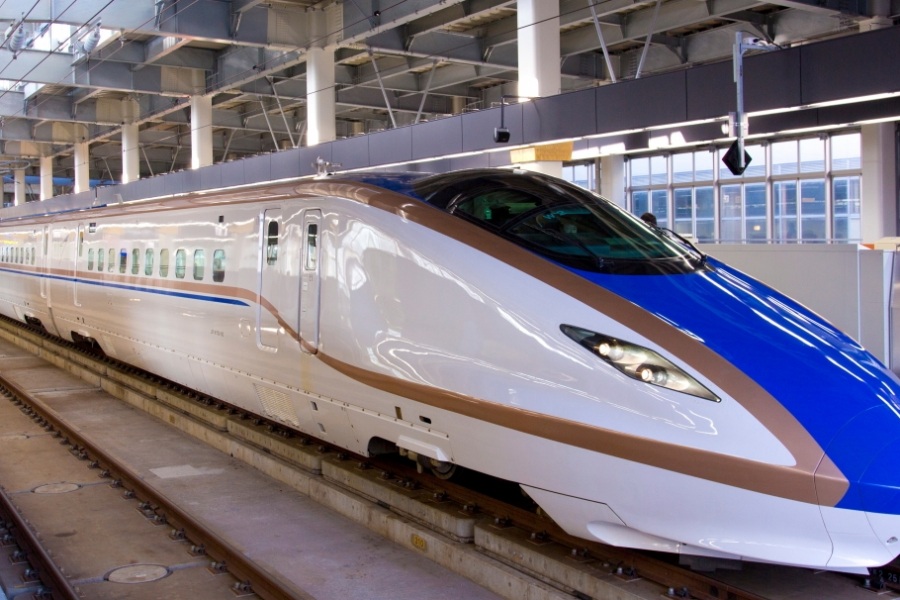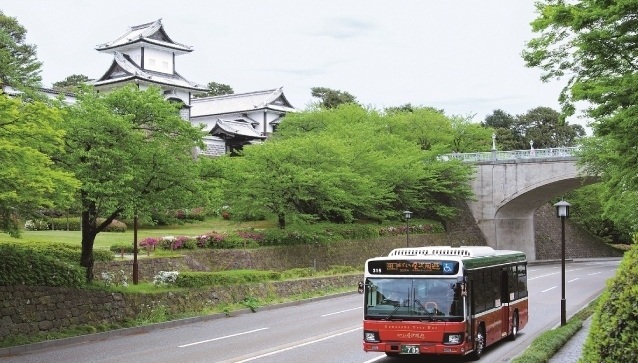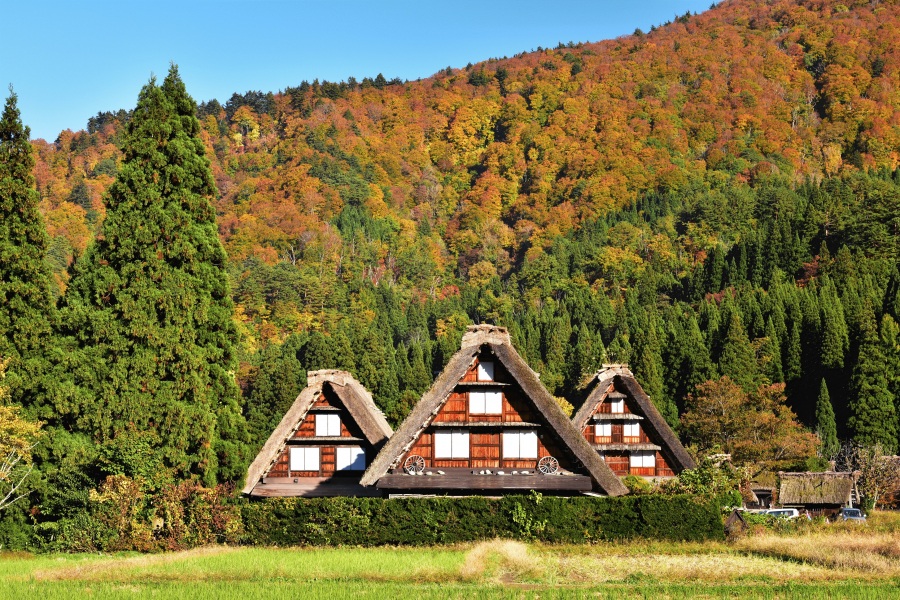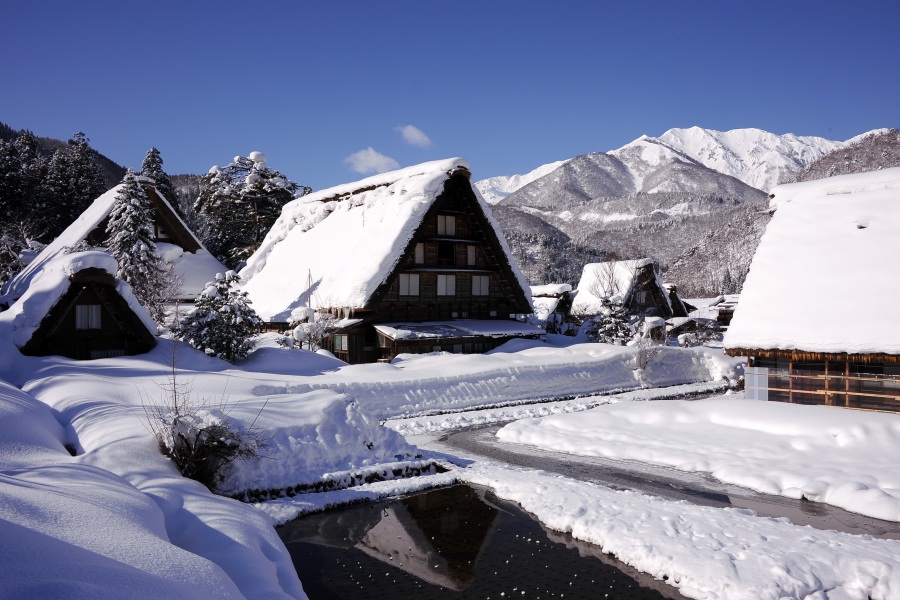Kanazawa's Best of Hospitality: Historic Ryotei Restaurants
Kanazawa is a city with a long history that has nurtured and passed down various cultures, including crafts and performing arts, since the time of Kaga Hyakumangoku. One such place where you can experience the world of Kanazawa's all-encompassing culture is Ryotei.
The Ryotei's chefs use local ingredients that are in season, and their skillful cooking techniques, as well as the atmospheric decorations, gardens, beautiful tableware, and thoughtful hospitality―――. We will introduce how to use Ryotei and information on their location as well as the charm of Ryotei, where you can experience the sense of beauty that lives on in Kanazawa.
Why not enjoy a meal at a Ryotei at least once when you visit Kanazawa?
Kanazawa BIMI Ticket deal with Ryotei Plan. Please check here!
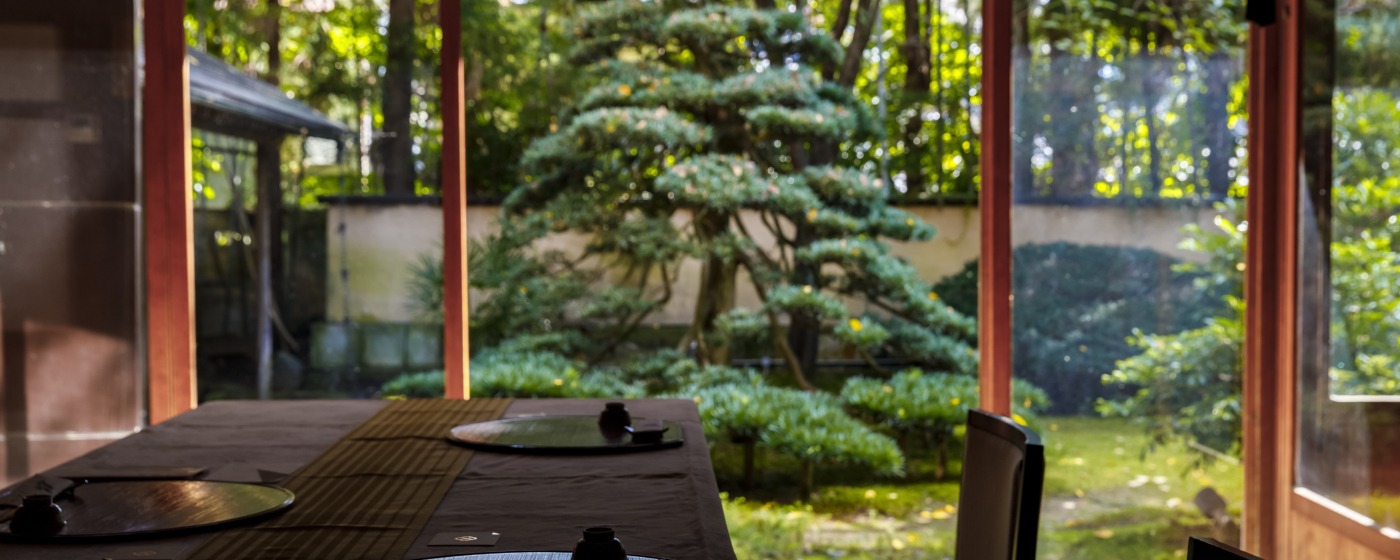
What is a Ryotei in Kanazawa?
The differences between Ryotei and other Japanese restaurants is that Ryotei not only serves authentic Japanese cuisine, but also has completely private rooms that are separate from the kitchen, and is accompanied by the hospitality of the landlady and the room attendant.
It is used for various purposes such as weddings, funerals, tea ceremonies, receptions, meetings, and for those who wish to enjoy a meal.
In addition to the appearance of traditional Japanese-style architecture, the Japanese garden with seasonal flowers and trees and "yukitsuri"(snow hanging), the entrance with sprinkled water, scrolls according to seasons and events, historic artifacts, furnishings, and "ikebana"(flower arrangement), all of these elements contribute to the hospitality of the guests. Kaga cuisine, prepared by skilled chefs using local ingredients such as Kaga vegetables and seafood from the Sea of Japan, is served with the "Kanazawa kotoba(dialect)" or "Kanazawa shigusa(gesture)," a meticulous attention to detail. The dishes are beautifully decorated with traditional crafts such as Kutani ware and Wajima lacquerware. Kanazawa's Ryotei is a "cultural collective" where you can learn about Kanazawa in depth.
A Ryotei welcomes guests to prepares a variety of dishes, room arrangements, and even the service of a waitress, depending on the guest's purpose. Therefore, it is good manners to refrain as much as possible from cancelling or rescheduling appointments at the last minute. Be sure to call if you will be late for your appointment on the same day. It is also important to know how to behave in order to use ryotei comfortably, such as wearing appropriate clothing and handling utensils with care.
One service unique to Ryotei is the opportunity to play with geisha in the tatami room. Kanazawa's geisha have a tradition of not accepting first-time visitors, but if you use a Ryotei, you can ask to arrange for you to see a geisha. (Geisha is usually available for a minimum of two people; fees are not included.)
Among the 15 restaurants that are members of the Kanazawa City Restaurant Association, we introduce eight long-established Ryoteis in Kanazawa that are worth seeing for their historic architecture, gardens, tea rooms, and other features.
*Listed in order of capacity of customers.
Tsubajin
It began as a small pavilion called Tsubaya, which was run by Jinbei Tsubaya III of the Tsubaya family, who served the Maeda Toshiie family as their official Tsubashi, in 1752, while working as a Tsubashi. (Tsubashi refers to the craftsmen who makes the sword guard, called tsuba.)
It was visited not only by the feudal lord but also by the chief vassals of the domain, and was loved by many writers and artists. Each room has a different history and spirit can be enjoyed, such as the "Tsuki no ma" where Hirobumi Ito was so impressed by the view that he wrote a brush stroke, the "Matsu no ma" where Kiyoshi Yamashita painted a tear-off picture, and the "Koharuan" where Basho Matsuo held his haiku gathering.
Kaga cuisine, created with the blessings of the mountains and sea that can only be enjoyed in this region and the culture of Hyakumangoku, has been served with the same spirit of hospitality since the establishment of the Ryotei.
♦Tsubajin
Site / 5-1-8 Teramachi, Kanazawa City
Number of guest rooms (capacity) / 12 rooms (2 to 230 persons)
TEL / 076-241-2181
HP / The most historical and traditional Japanese restaurant in Kanazawa | TSUBAJIN
Kanazawa Sekitei
This Japanese restaurant was built on the site of the former residence of Baron Yokoyama, a retainer of the Kaga Clan, surrounding the stone garden from which the restaurant takes its name.
With an emphasis on local production for local consumption, the restaurant is known for its delicious Kaga cuisine, including fresh Kaga vegetables and fresh seasonal local fish carefully prepared, as well as Kanazawa specialties such as grilled fatty "nodoguro" (sea bream) with salt. Among these, the historic signature dish that this ryotei was the first to offer in Hokuriku is "shabu shabu"(Japanese hot pot). And "Noto Beef Shabu Shabu" is especially popular not only among tourists but also among local customers. You can enjoy the melt-in-your-mouth meat with special "ponzu" (Japanese citrus vinegar) and secret sesame sauce.
♦Kanazawa Sekitei
Site / 1-9-23 Hirosaka, Kanazawa City
Number of guest rooms (capacity) / 10 rooms (160 persons)
TEL / 050-3647-0322
*Table check application is available.
Kinjohro
The first head of the family, Kyubei Tsuchiya, acquired the residence of a descendant of Tsushima Maeda and opened the business in 1890. The traditions and styles of Japanese architecture are still preserved today, with a gold folding screen welcoming you at the entrance, prestigious guest rooms, a garden whose atmosphere has remained unchanged for more than 150 years, and the attention to detail in each of the furnishings.
The dishes are prepared using the best cooking methods that make the most of the season, including seafood from the Sea of Japan, delicacies, fine sake, and Kaga vegetables, and are served on tableware and artwork that have been handed down from generation to generation, allowing you to fully enjoy them with all of your senses.
While respecting local ingredients and preserving traditional Kaga cuisine, they also strive to promote new Kanazawa food culture.
♦Kinjohro
Site / 2-23, Hashibacho Kanazawa City
Number of guest rooms (capacity) / 6 rooms (18 people for lodging, 120 people for banquet)
TEL / 076-221-8188
Kincharyo
Founded in 1933, the restaurant was established in a villa built by Baron Yokoyama, a former retainer of the Maeda family of Kaga Hyakumangoku.
A 150-year-old pine tree originating from the Yokoyama family greets visitors at the main entrance. Since its establishment, the hotel has maintained the hospitality of "Ikkyaku ittei" (one guest, one pavilion) and has built up a history as the "Kanazawa Guest House" welcoming distinguished guests from all over Japan and the world. In addition to the main building, which was constructed in the late Meiji period, there are four separate houses with different atmospheres scattered throughout a garden of approximately 300 squre meters.
Kaga Kaiseki cuisine, a fusion of "Kyoto elegance and Edo sophistication," incorporates local delicacies from the mountains and the sea into Kyoto's Kaiseki cooking techniques and is served with skillful use of traditional crafted utensils, delighting the eyes and palates of guests.
♦Kincharyo
Site / 1-8-50Teramachi, Kanazawa City
Number of guest rooms (capacity) / 5 rooms (2 to 100 persons)
TEL / 076-243-212
Otomorou
Founded in 1858, the restaurant has served as the chef of the Kaga Clan for generations, and even today, the Maeda family's cooking formula and Shijo-style cuisine continue to be handed down in the family tradition. The six guest rooms are more than 100 years old, and each room has a different atmosphere. Many literary figures and artists, such as Saisei Muroo, Kyoka Izumi, Kenichi Yoshida, and Ryotaro Shiba, all of whom hail from Kanazawa, have visited the restaurant, and their palates have been delighted by the food. The traditional culture handed down from the feudal era is conveyed through hospitality and aesthetically pleasing cuisine.
The 250-year-old historic teahouse "Issei-an" in the ryotei is open as a tea ceremony house. Visitors can casually experience Kanazawa's chanoyu and ryotei culture.
♦Otomorou
Site / 2-27, Oyamacho Kanazawa City
Number of guest rooms (capacity) / 6 rooms (50 persons)
TEL / 076-221-0305
HP / https://ootomorou.co.jp/ryotei (Only Japanese page)
Yamanoo
A ryokan located on a hilltop in the Higashi Chaya district, where the atmosphere of the castle town of Kaga Hyakumangoku remains. Since its establishment in 1890, the hotel has welcomed guests with the same spirit of hospitality of "Ikkyaku ittei" (one guest, one pavilion). Enjoy traditional Kaga cuisine while admiring the beauty of the seasonal gardens in the tranquil setting of each detached building. The heart of the cuisine that Kitaoji Rosanjin, who was devoted to the delicacies and hospitality of Kaga and often visited Yamanoo, said, "Make the most of your own taste" has been passed down to the present, and the ingredients blessed by Hokuriku are carefully prepared into dishes rich in seasonal flavor. Its exquisite taste has satisfied the palates of many gourmets.
♦Yamanoo
Site / 1-31-25 Higashiyama, Kanazawa City
Number of guest rooms (capacity) / 7 rooms (50 persons)
TEL / 076-252-5171
HP / https://yamanoo.jp/ (Only Japanese page)
Honami
A famous Michelin 2-star restaurant located on the banks of the Saigawa River in a late-Meiji period mansion. The six large and small rooms in the Sukiya and Shoin style rooms overlook a lush mossy garden, and the spring cherry blossoms spreading across the windows of the second-floor hall are especially breathtaking. In a space with a sense of beauty everywhere, you can enjoy a variety of dishes made from carefully selected seasonal ingredients that bring out the best of their flavors. As a new way to welcome guests, the villa "Honami hanare" has been established and is available for lunch and kuzushi kaiseki meals.
♦Honami
Site / 3-11Kiyokawacho, Kanazawa City
Number of guest rooms (capacity) / 6 rooms (2-35 persons)
TEL / 076- 243-2288
HP / https://pocket-concierge.jp/en/restaurants/244573?seat_date_eq=2024-03-30
Asadaya
Established in 1867, this ryotei ryokan has only three rooms. Artwork and furnishings are subtly placed throughout the sukiya-style building, and the beautifully landscaped tsuboniwa garden is a delight to the eye. While Kaga cuisine is based on Hokuriku ingredients such as natural sweetfish, abalone, Noto matsutake mushrooms, and Kabako crab, it is not limited to the region of origin, but offers seasonal delicacies to suit the tastes of our guests. Dishes that bring out the best of the ingredients are served with first-rate traditional crafts ranging from antiques to works by contemporary artists. The restaurant's thoughtful hospitality will provide you with an unforgettable and exquisite experience.
♦Asadaya
Site / 23Jikkenmachi, Kanazawa City
Number of guest rooms (capacity) / 3 rooms (16 persons)
TEL / 076-231-2228
